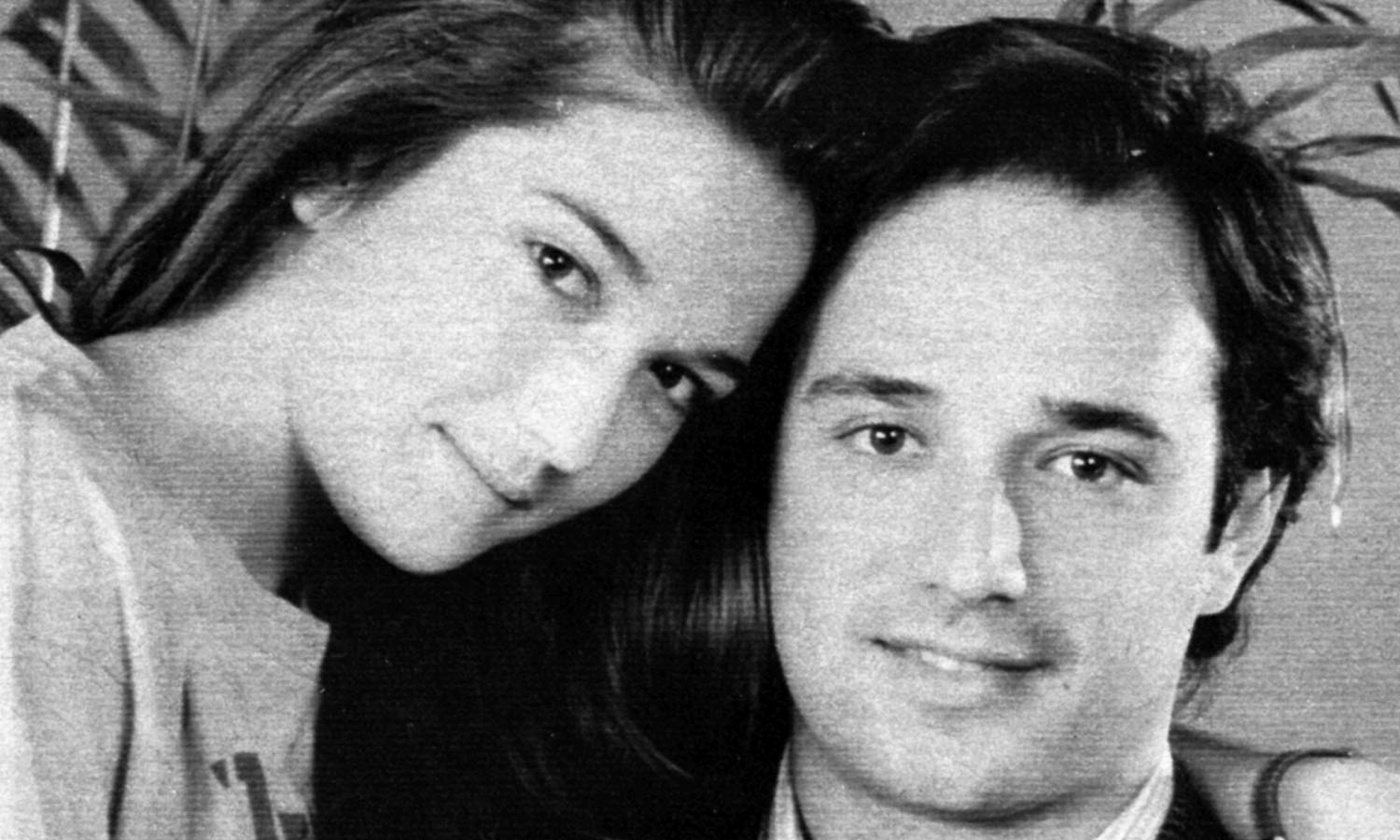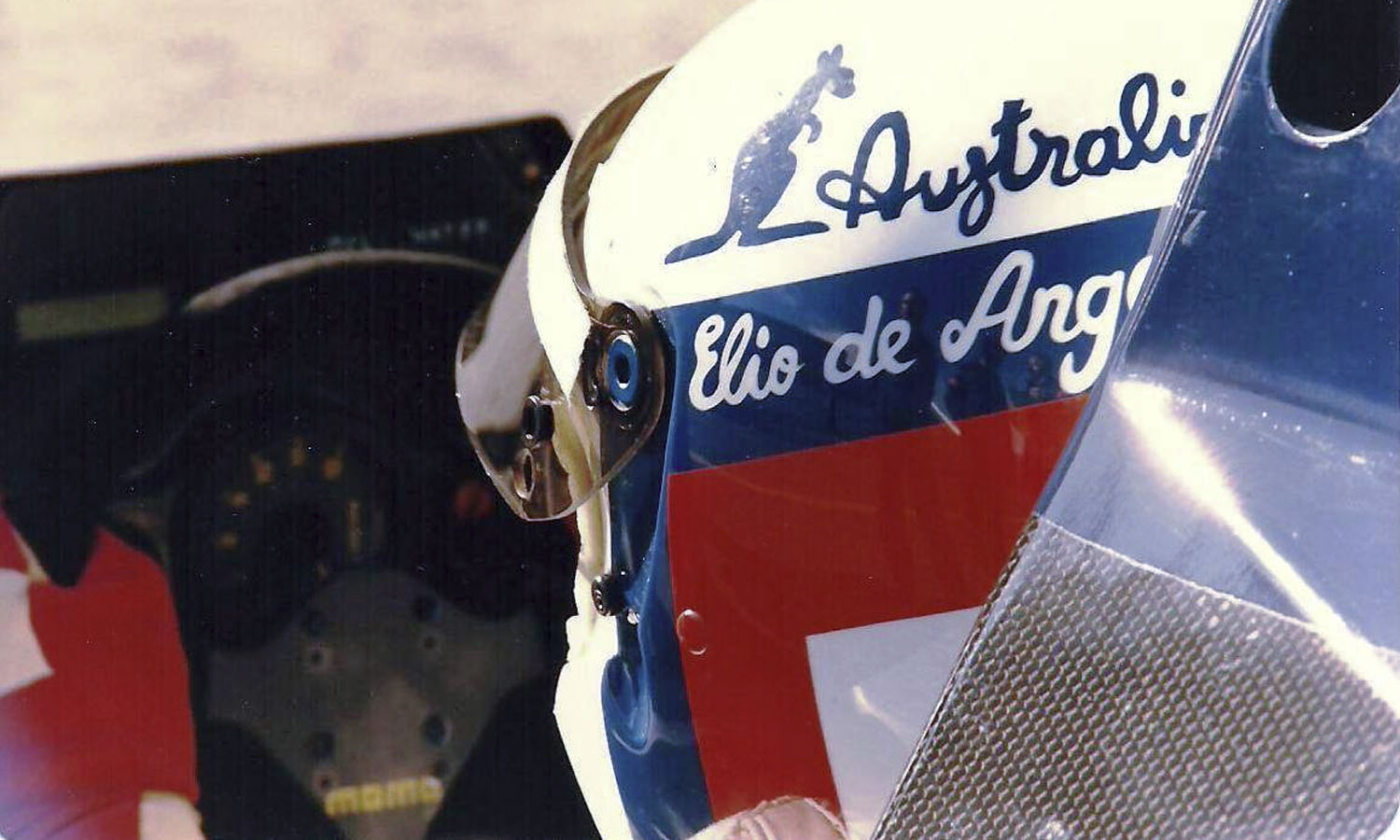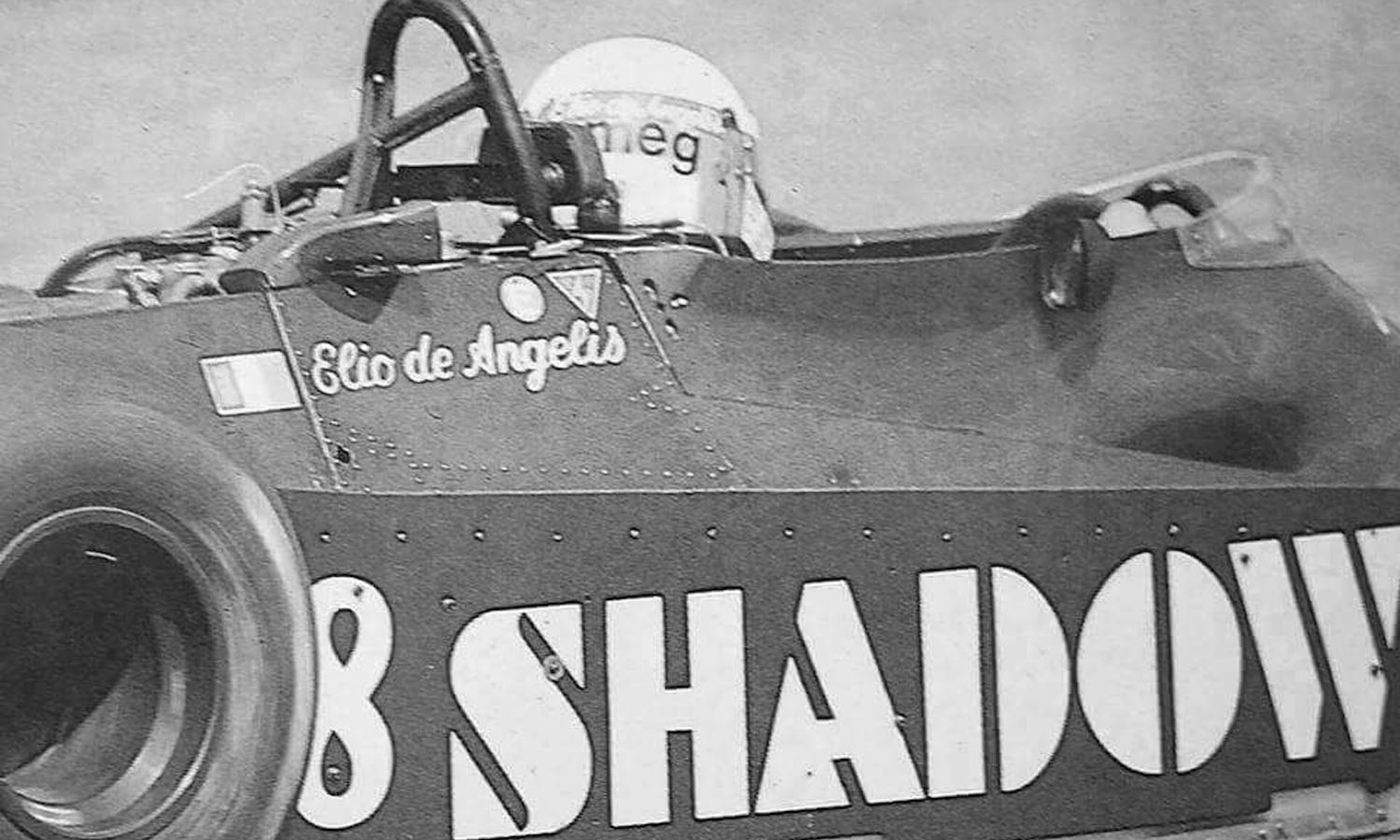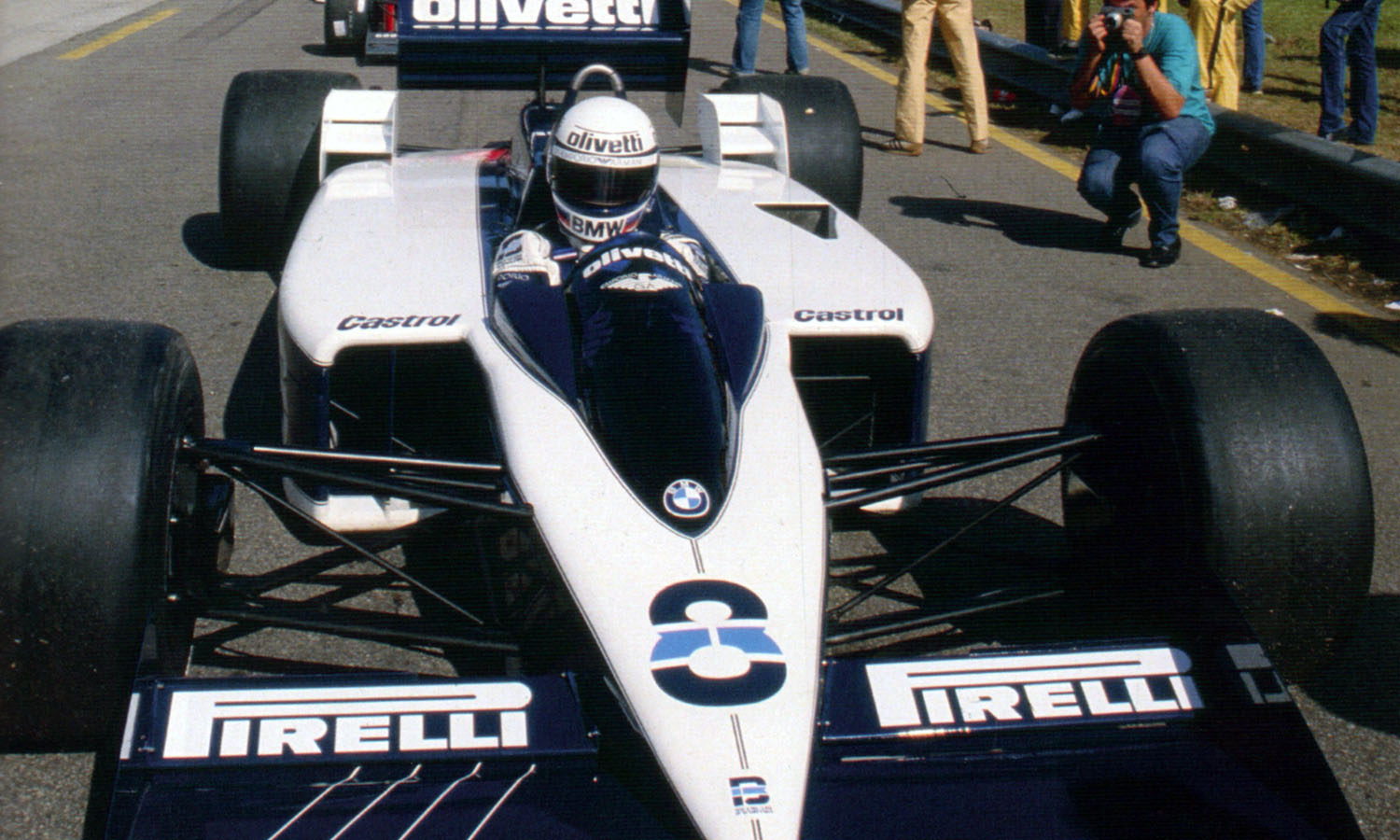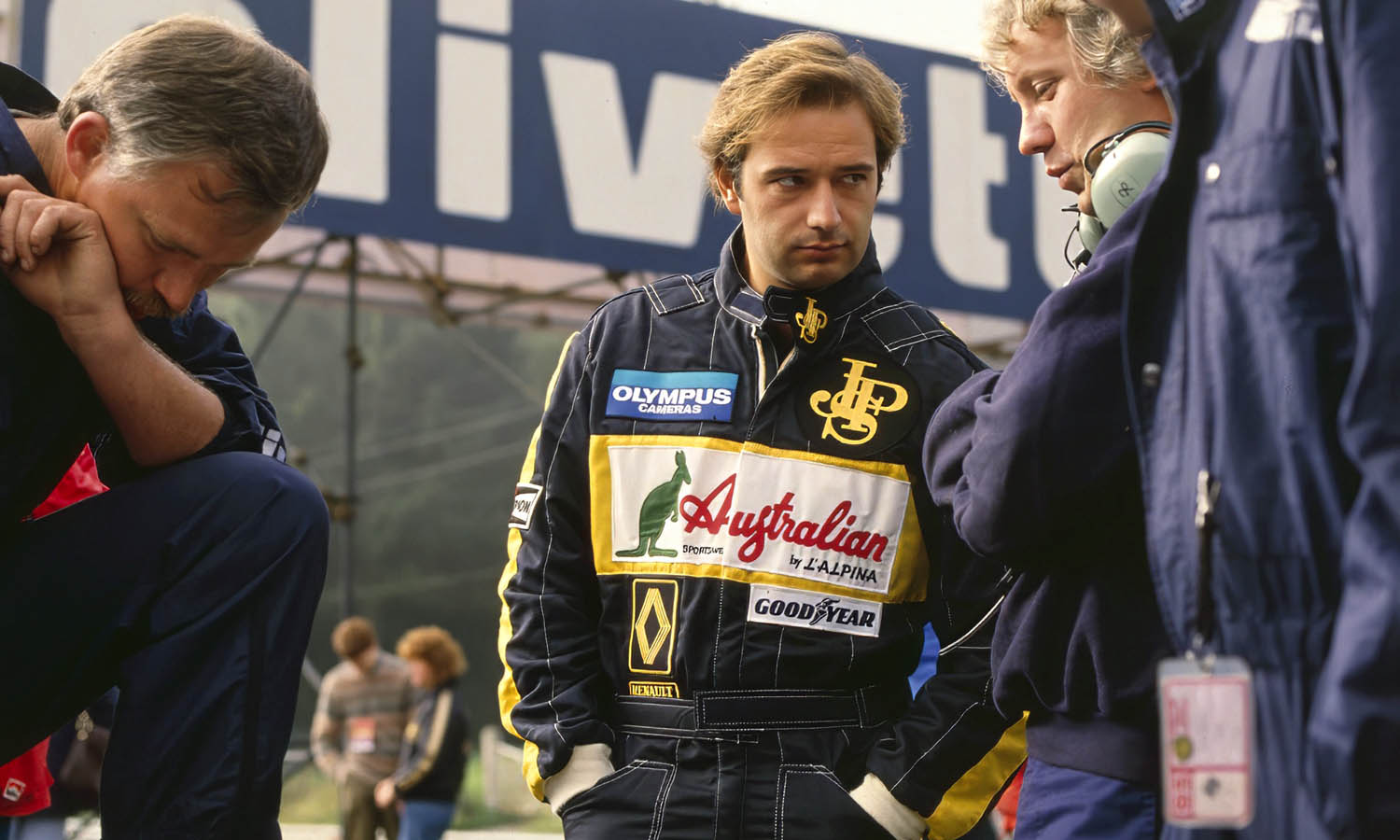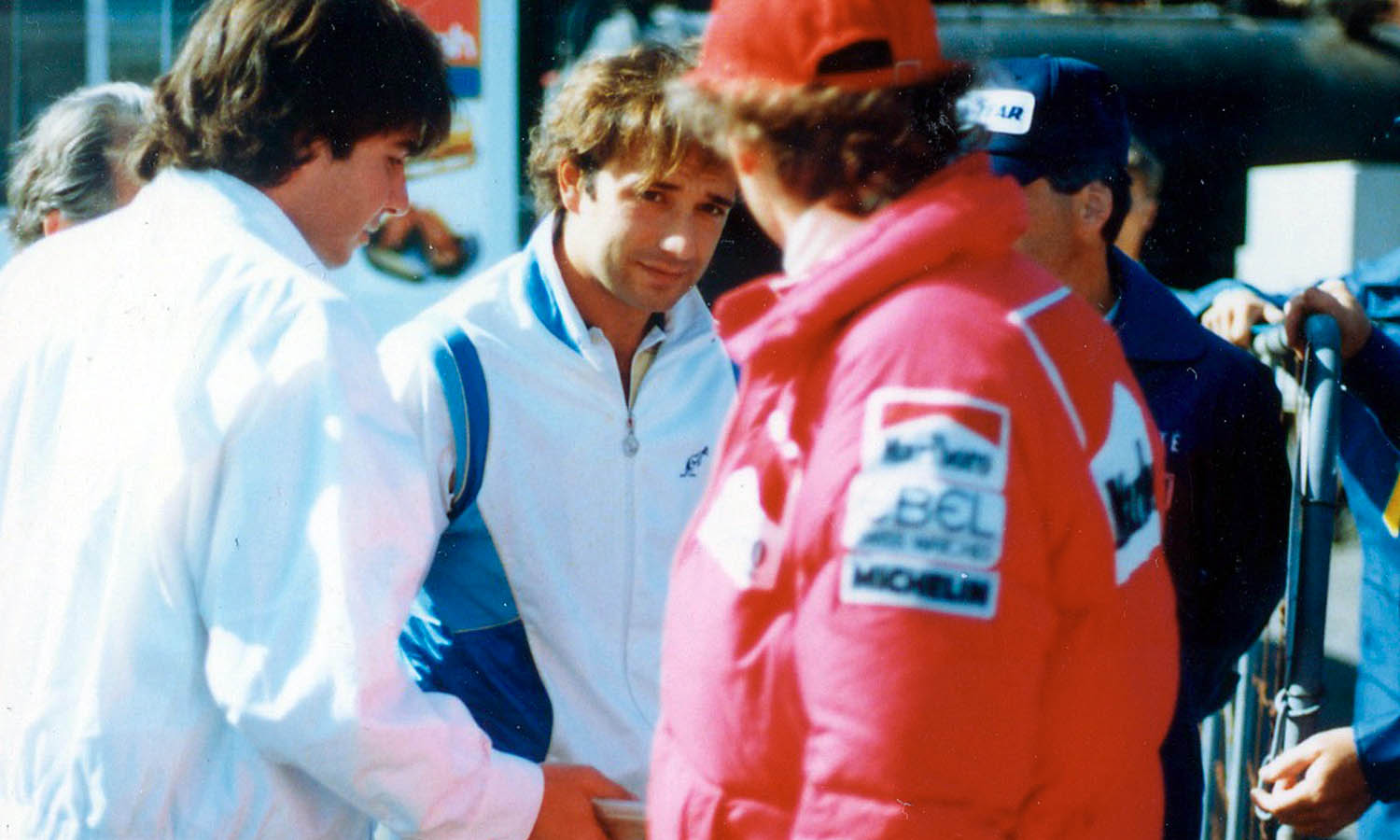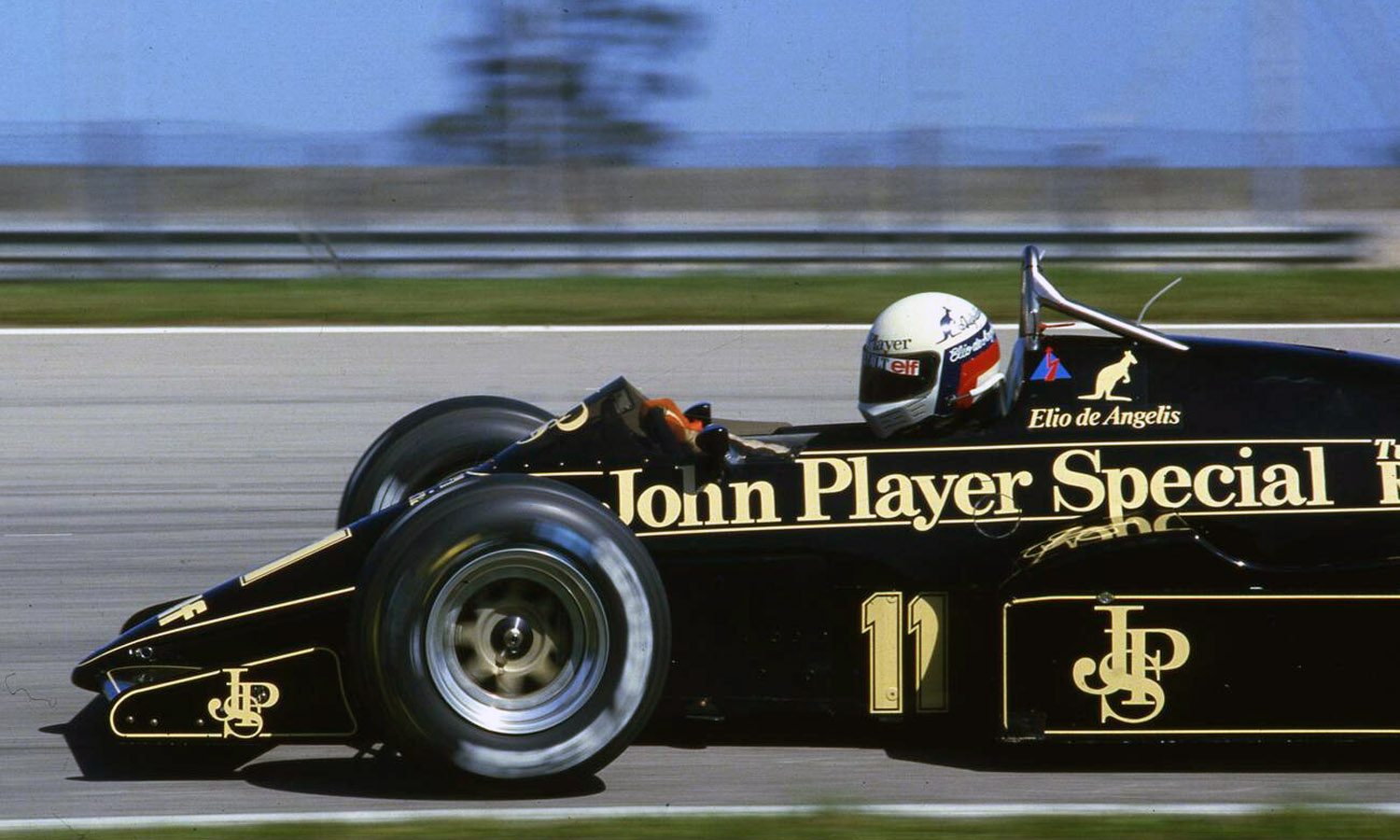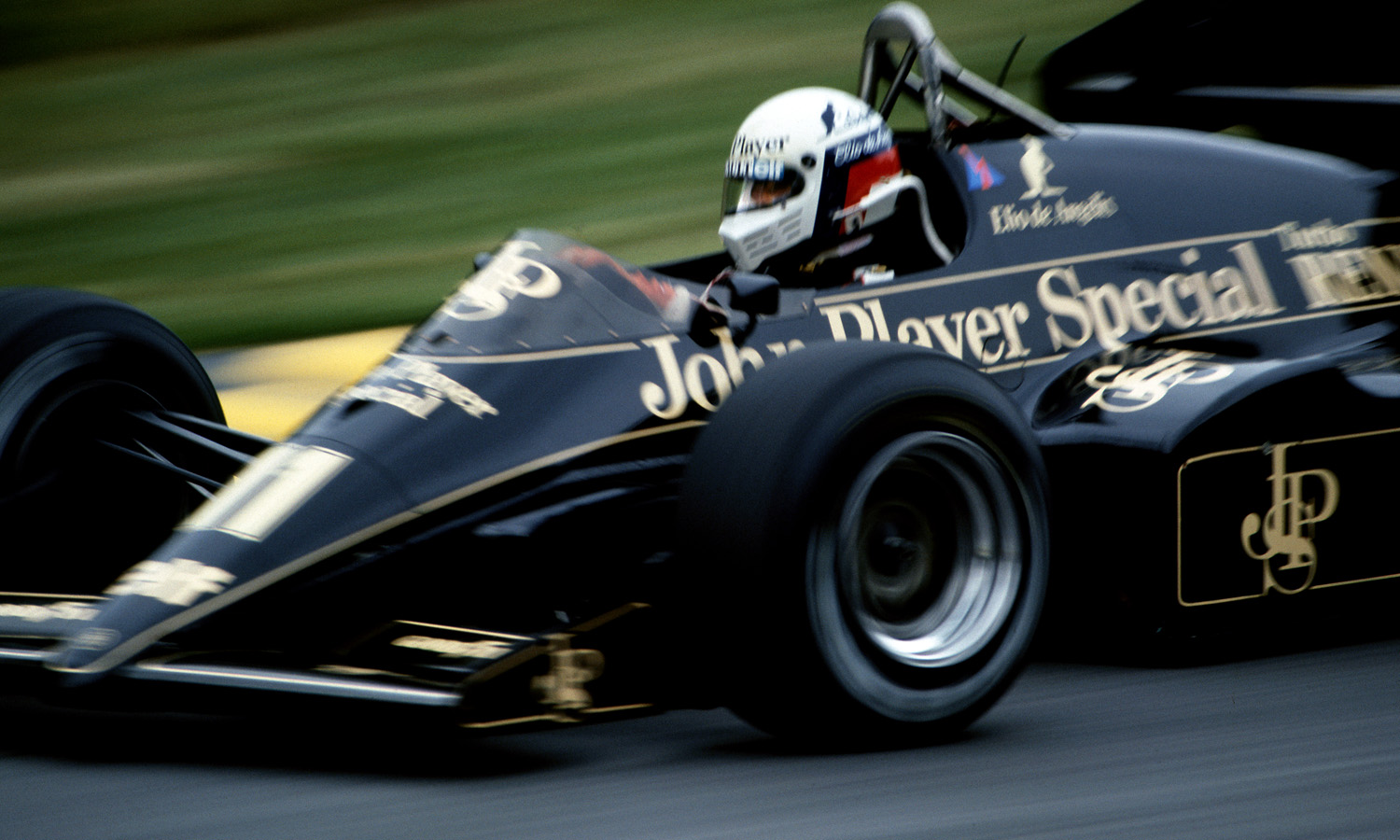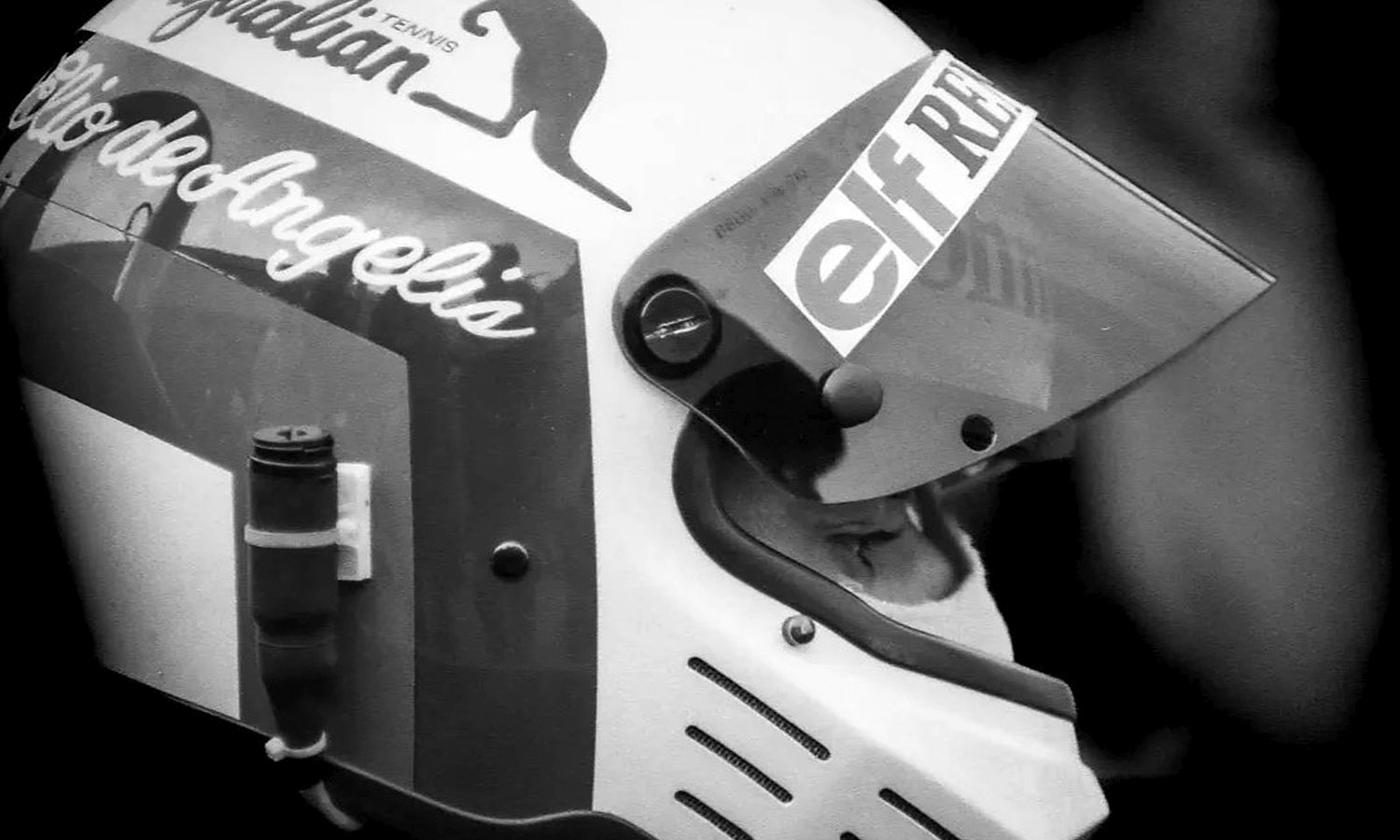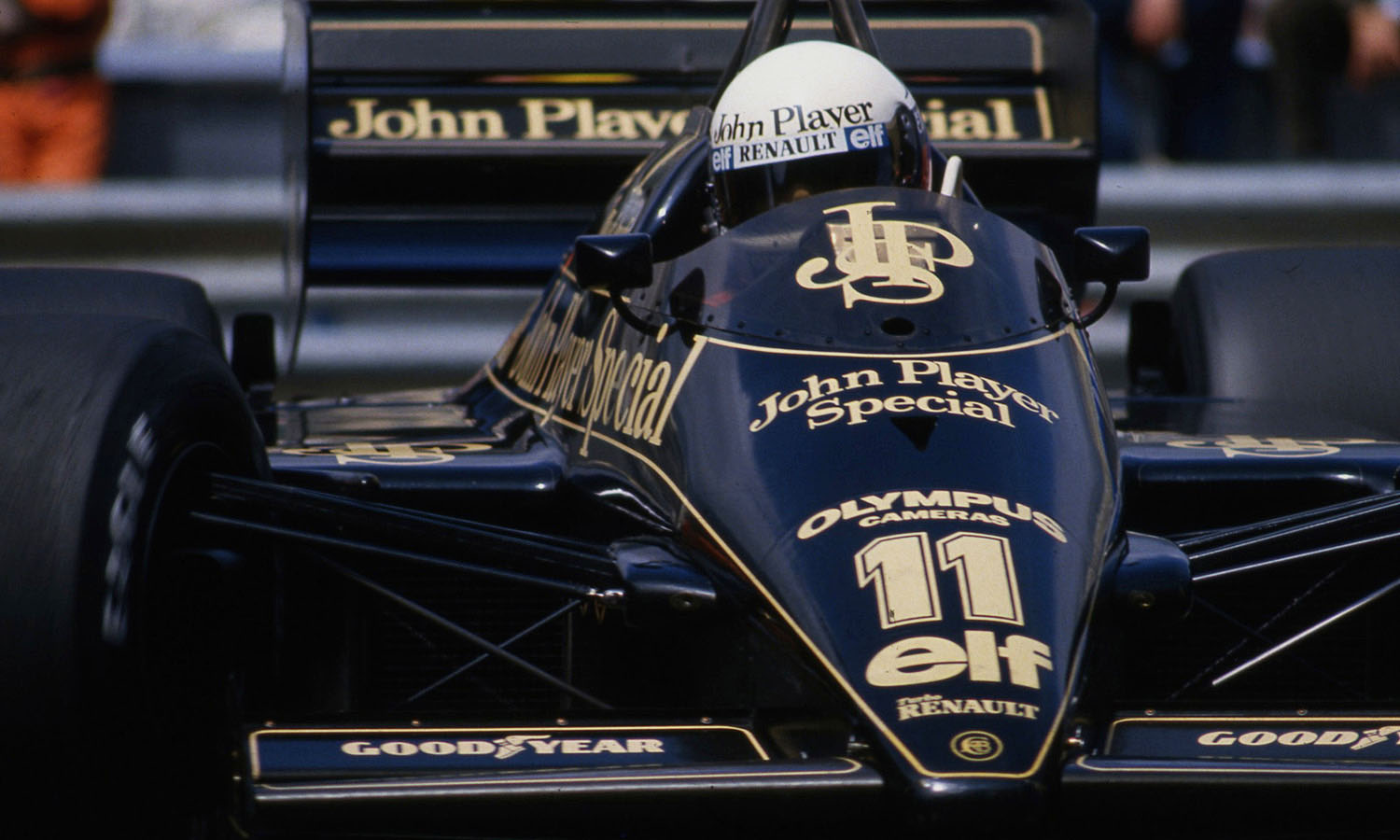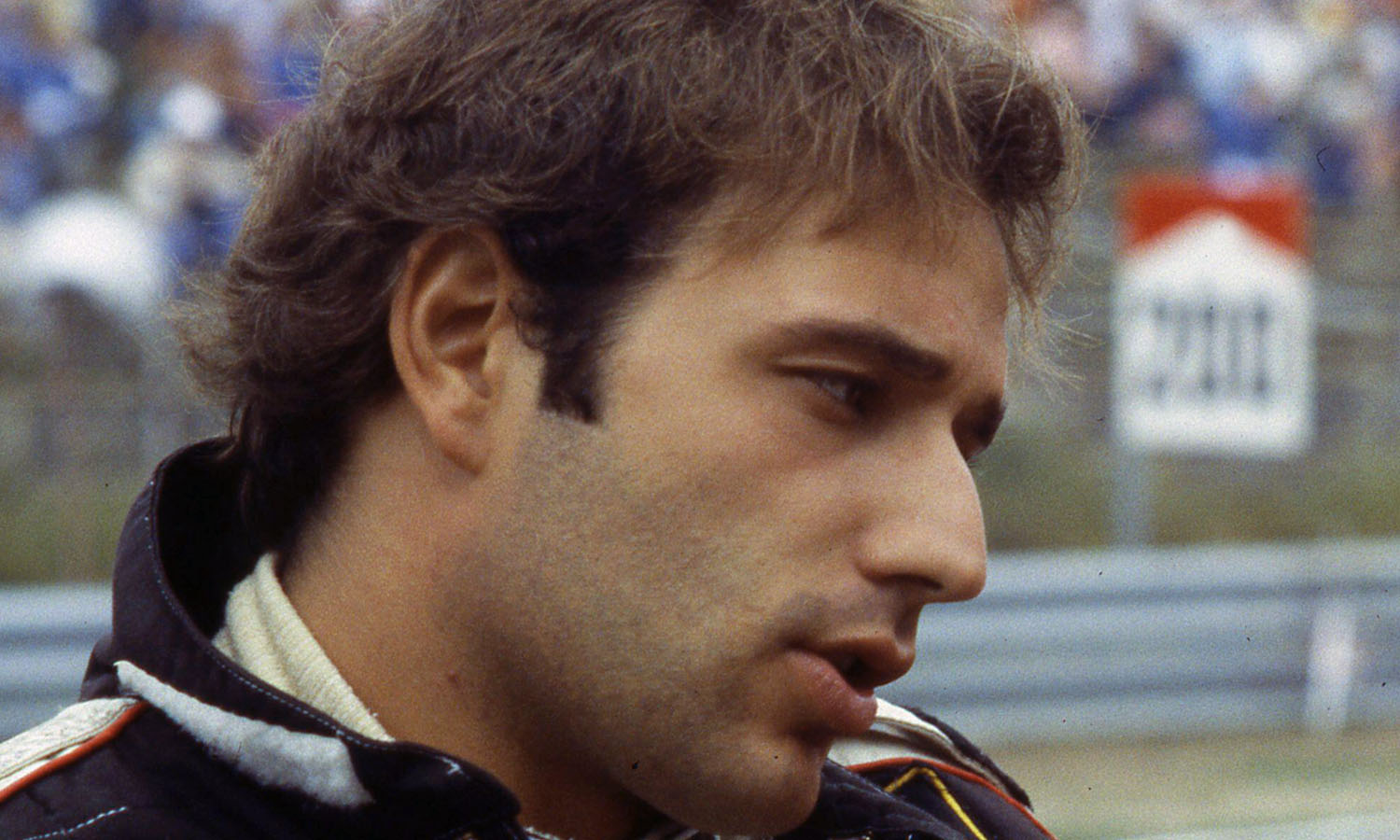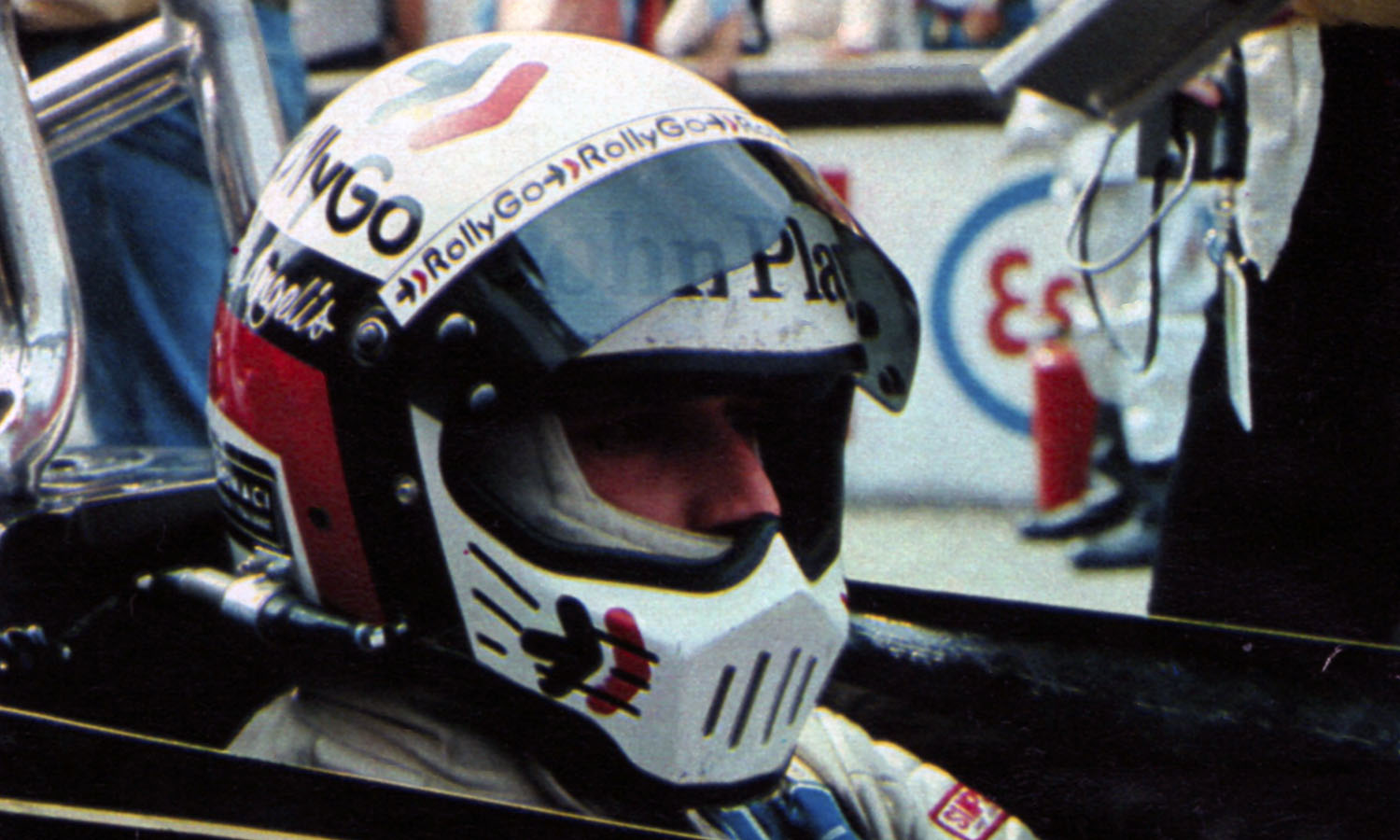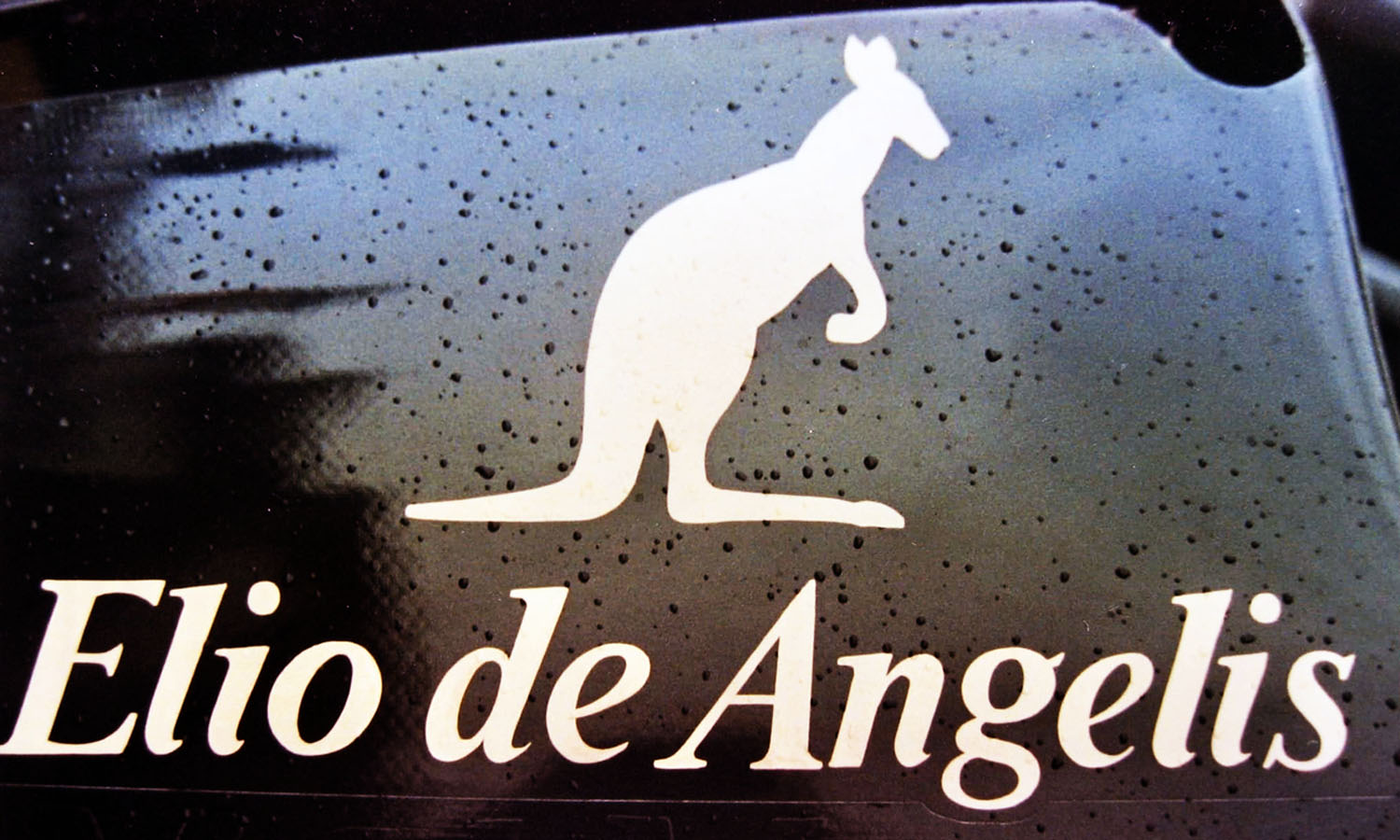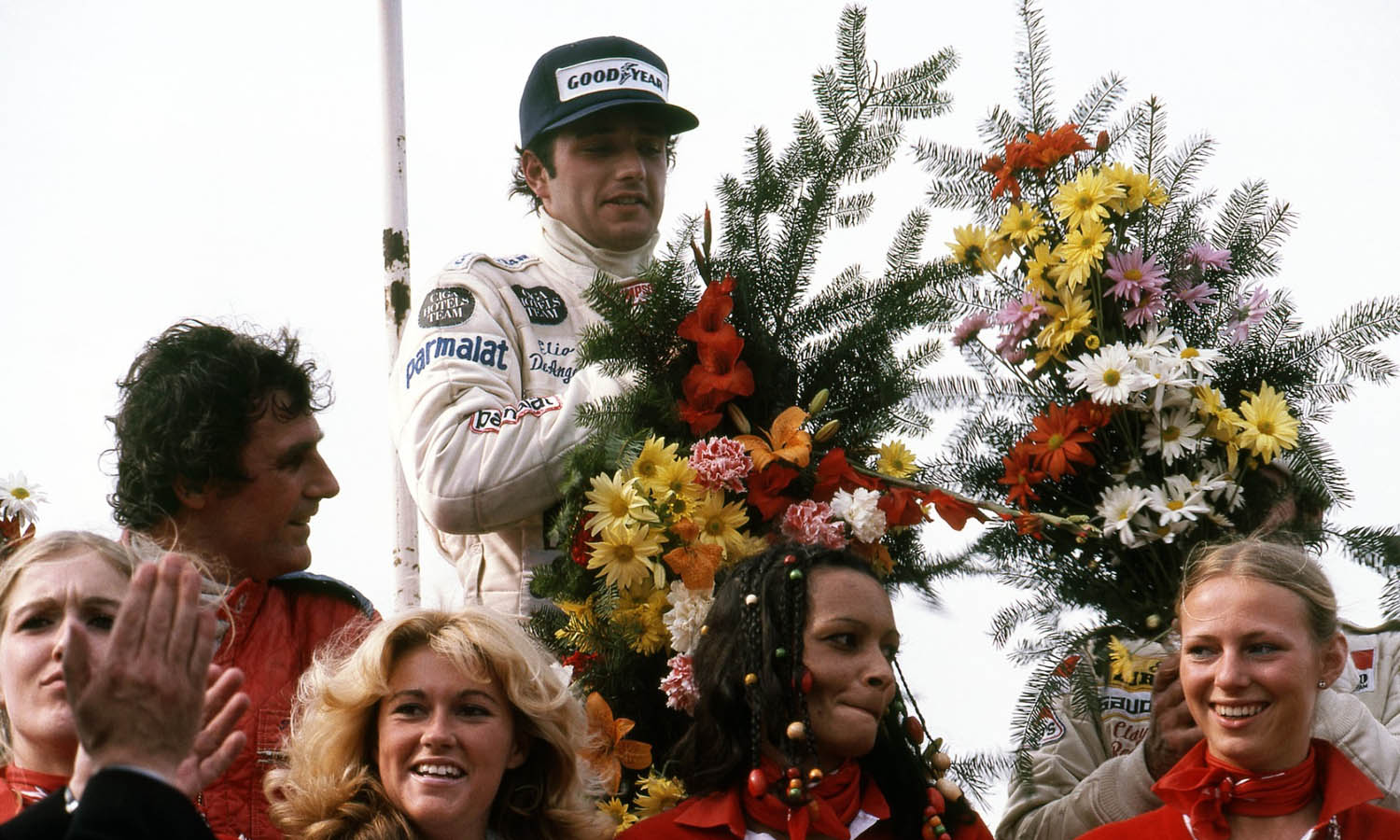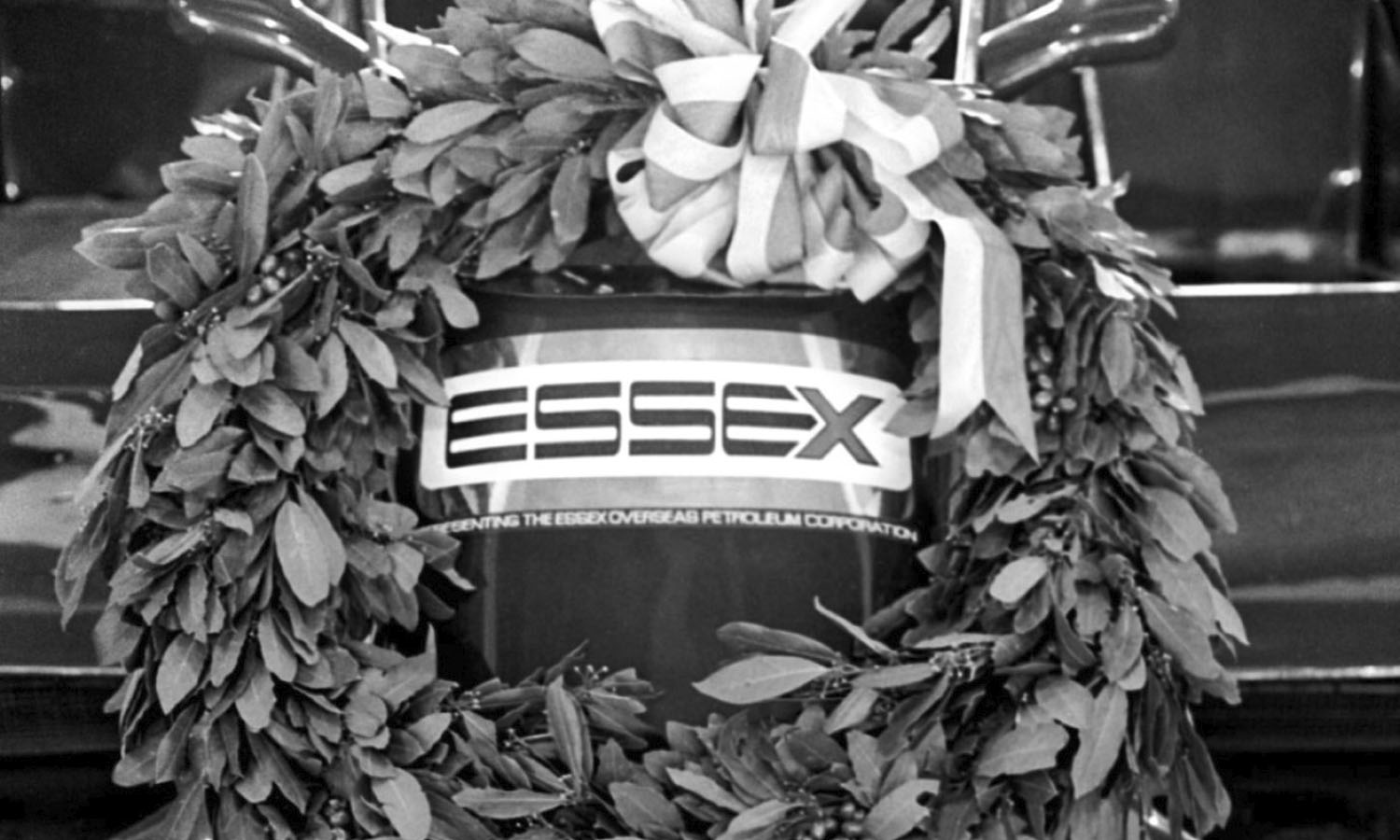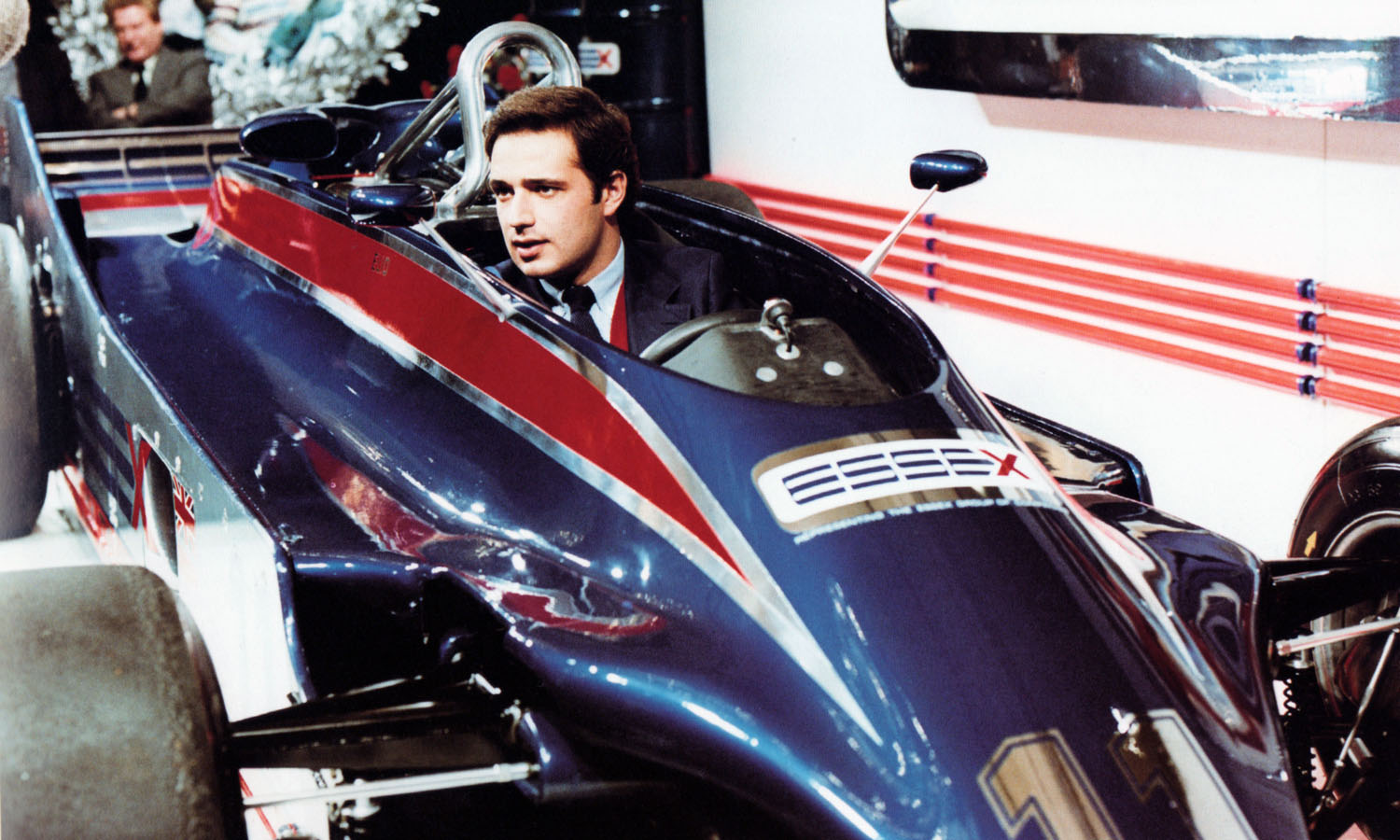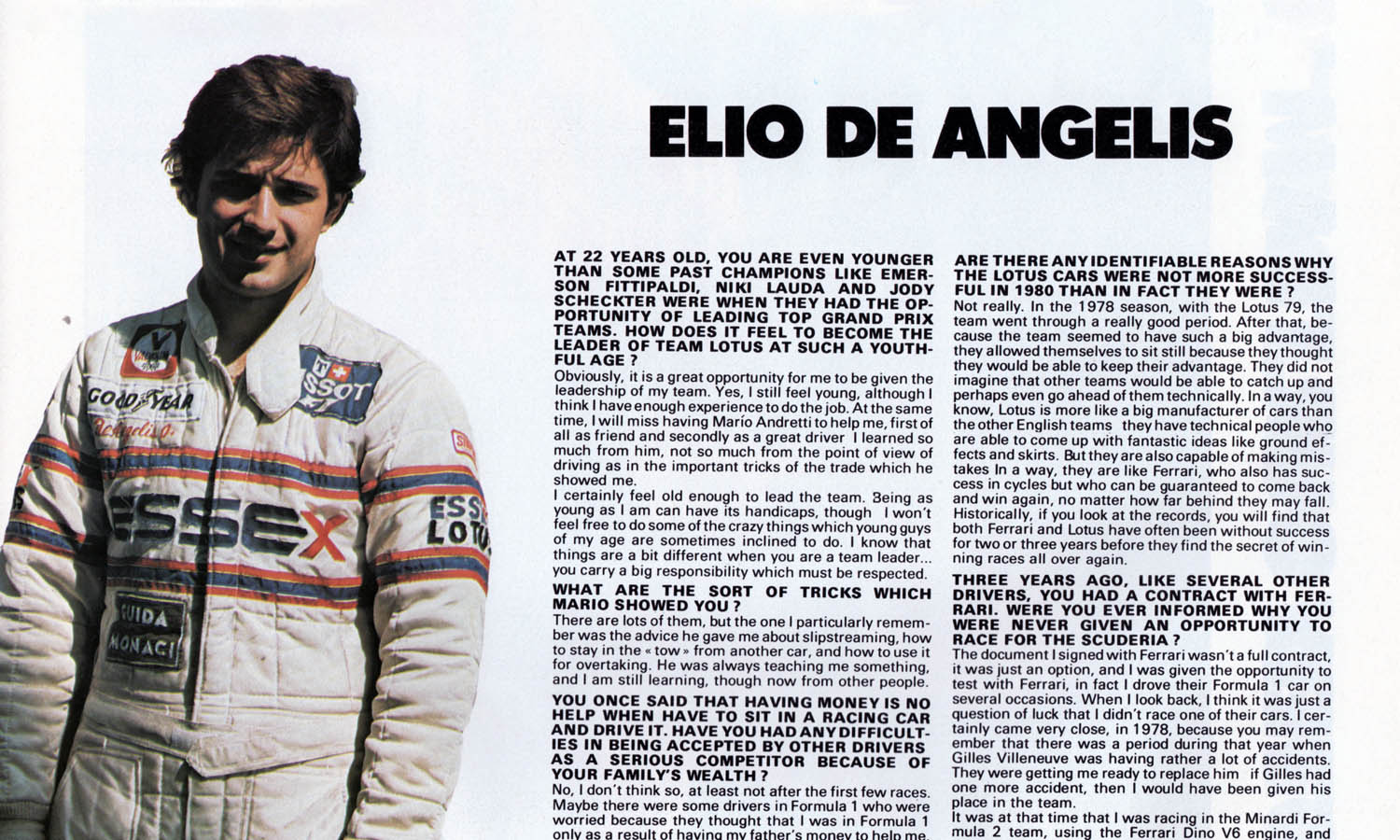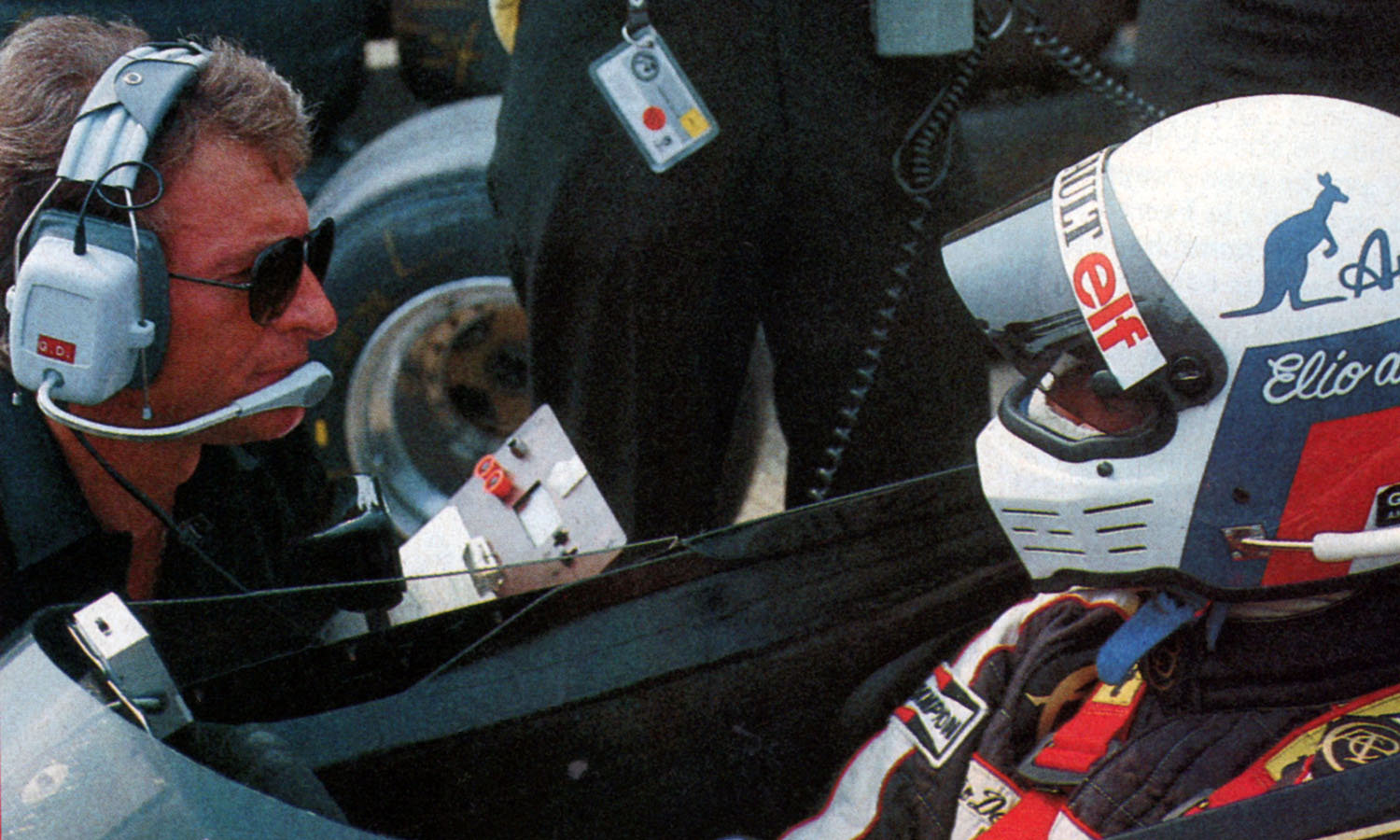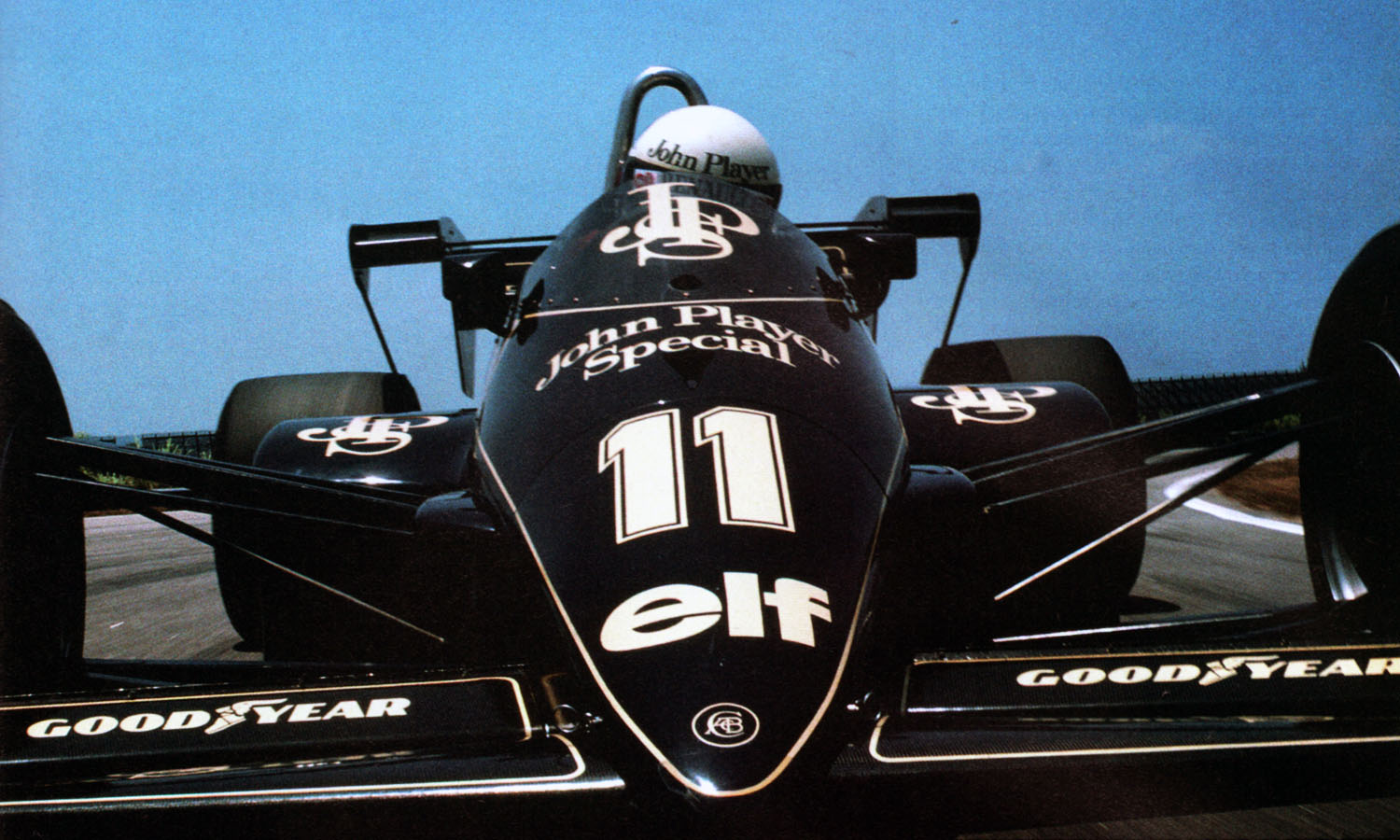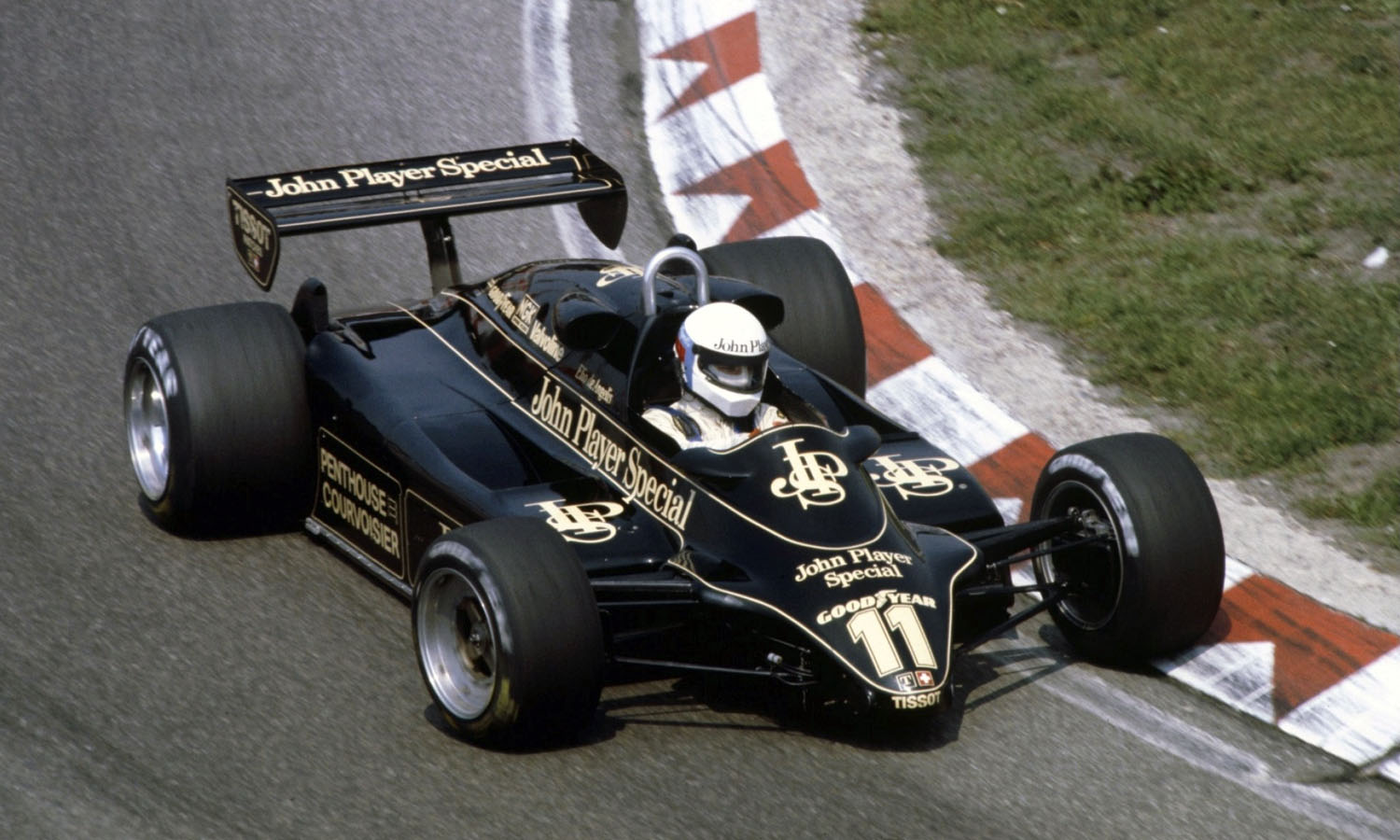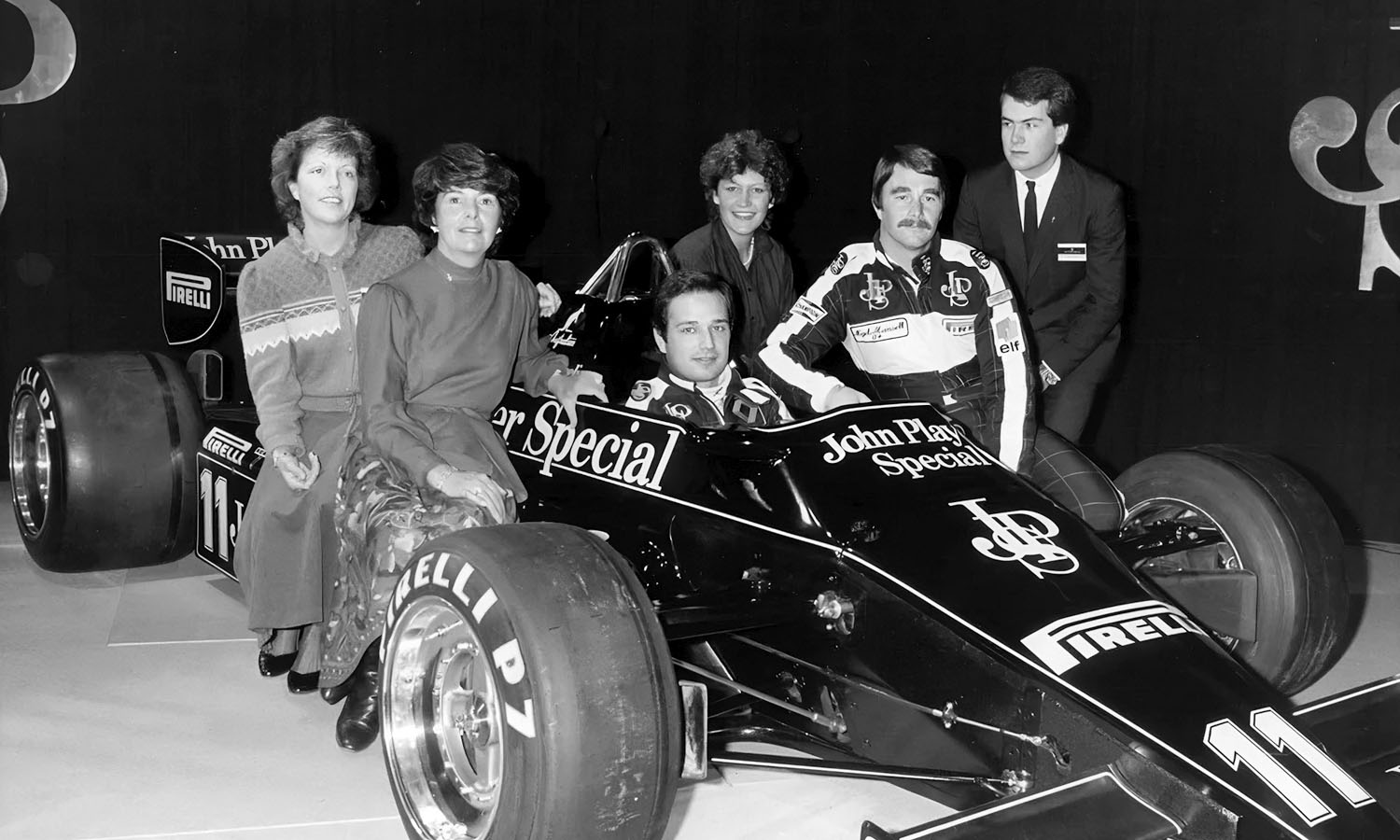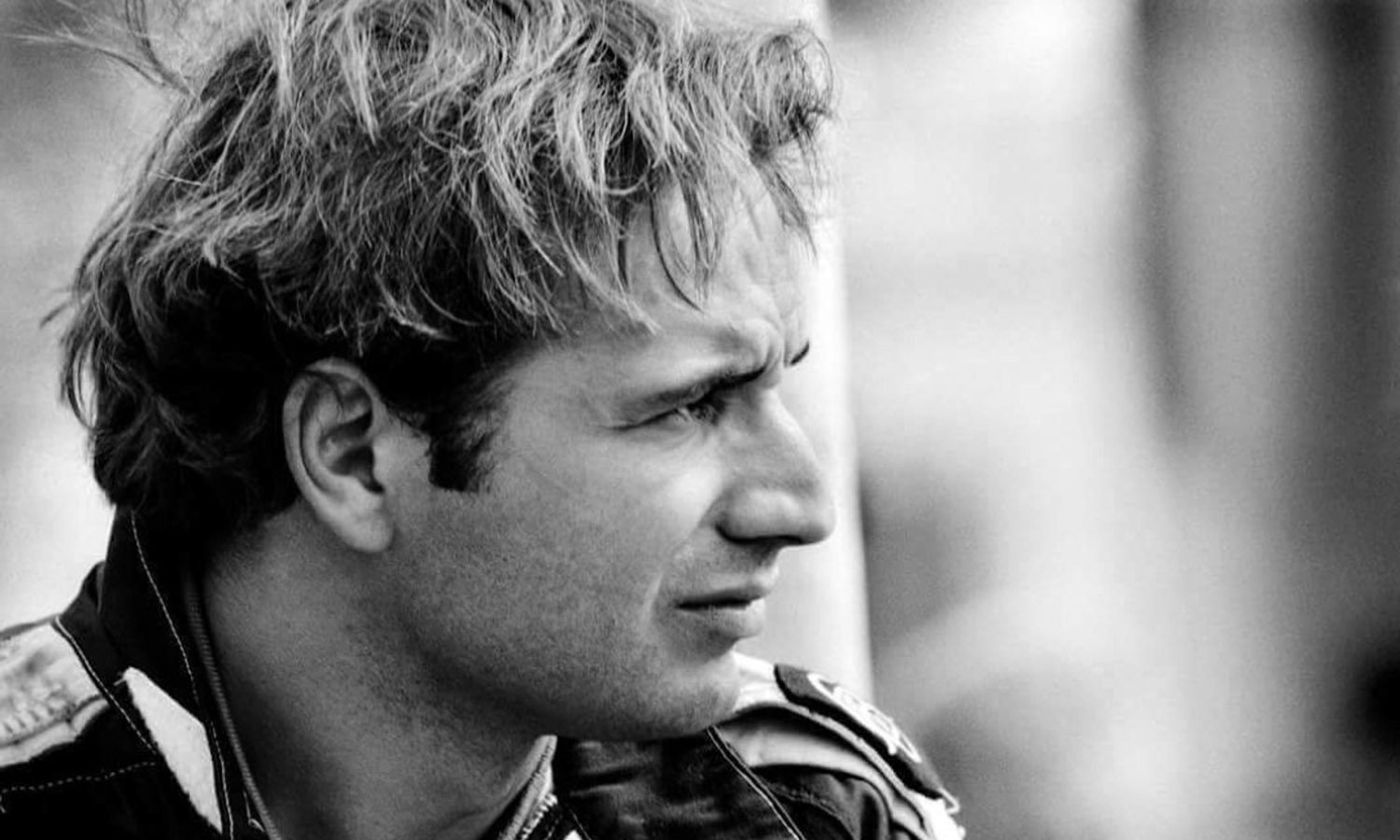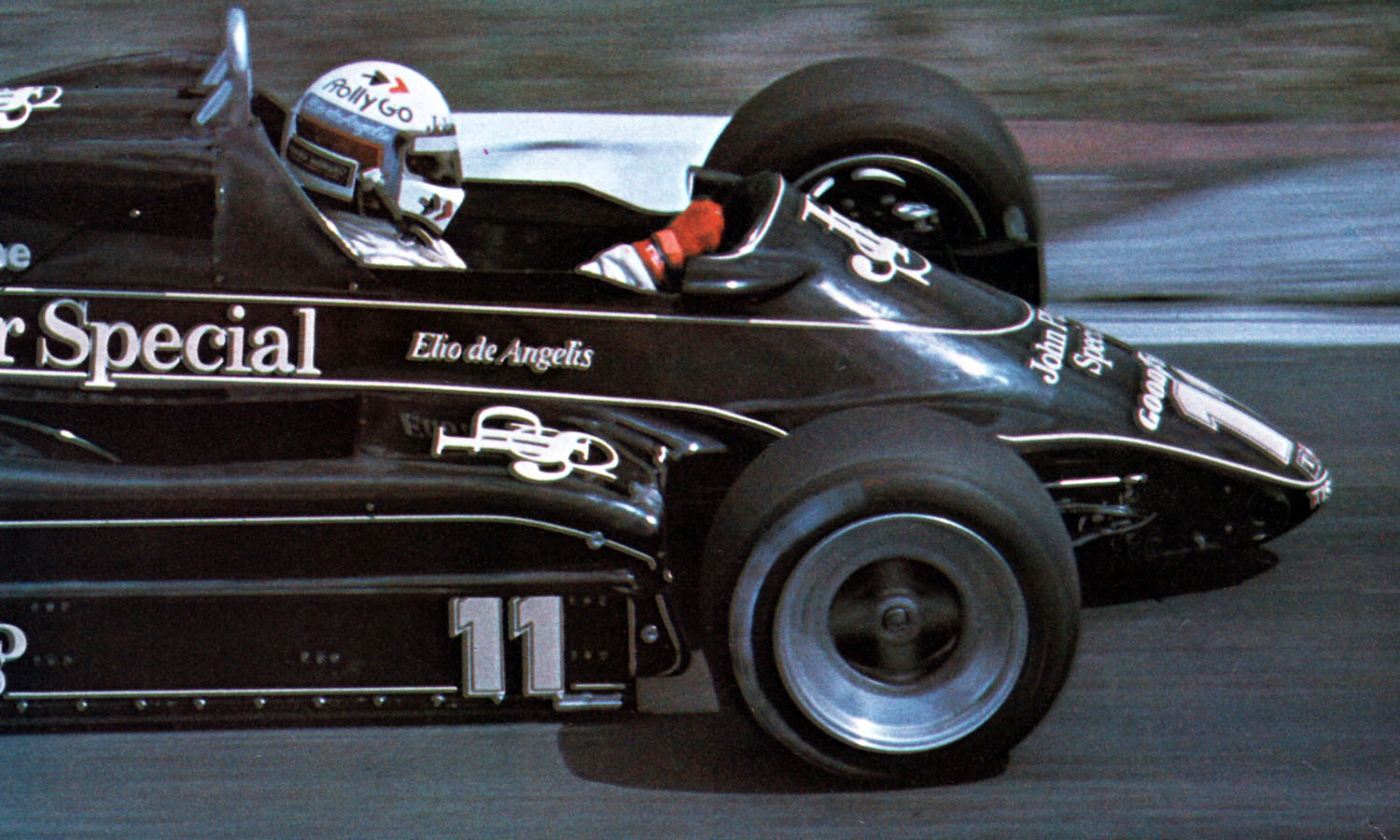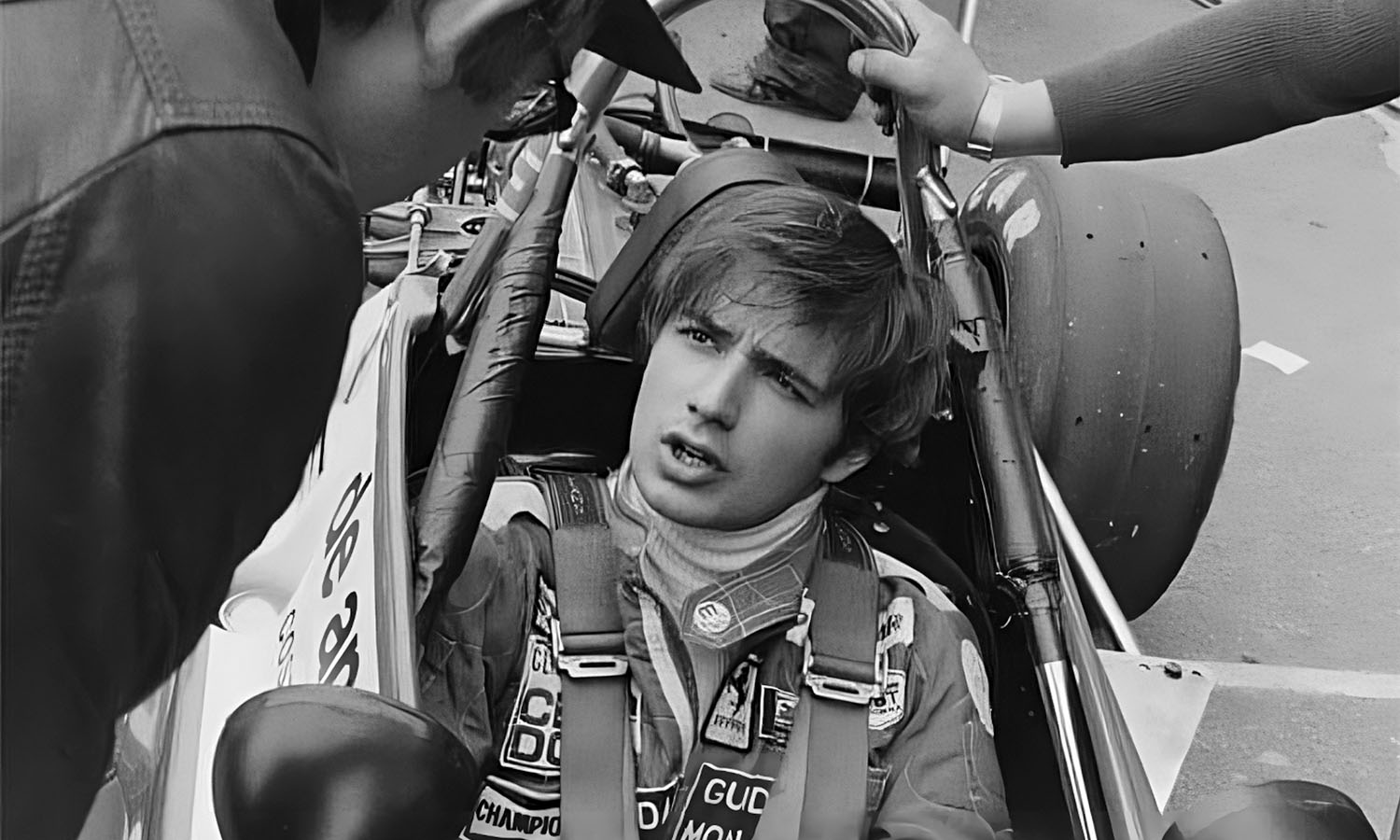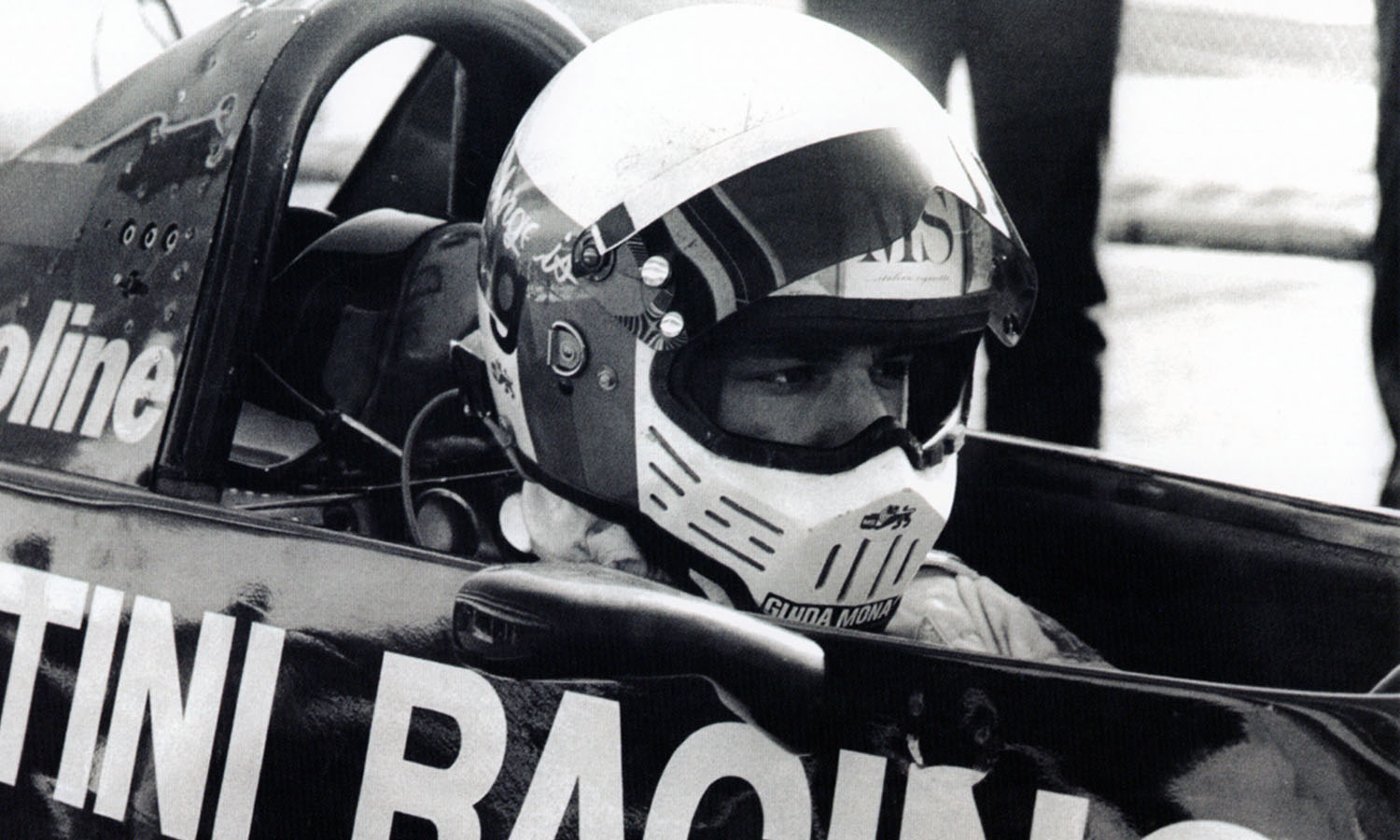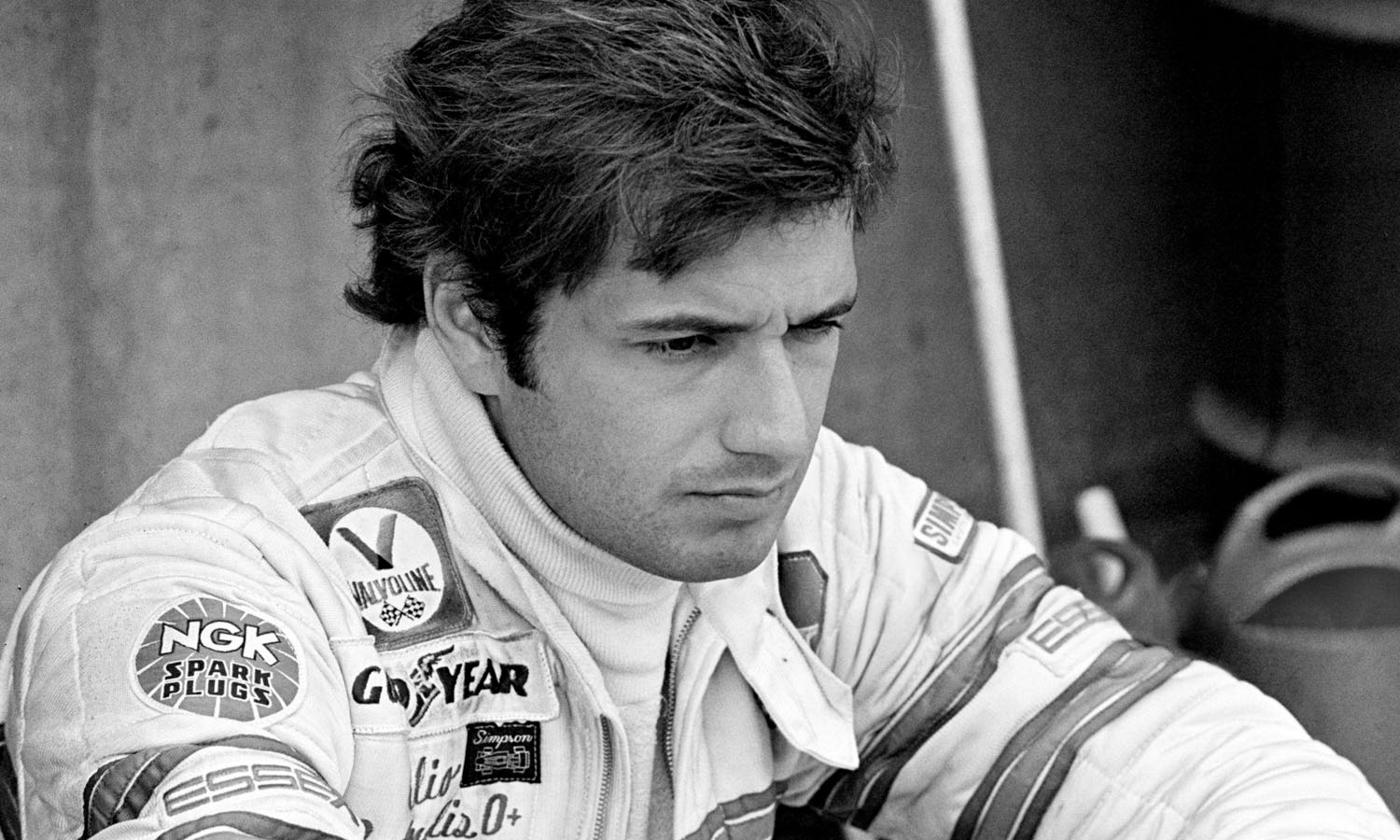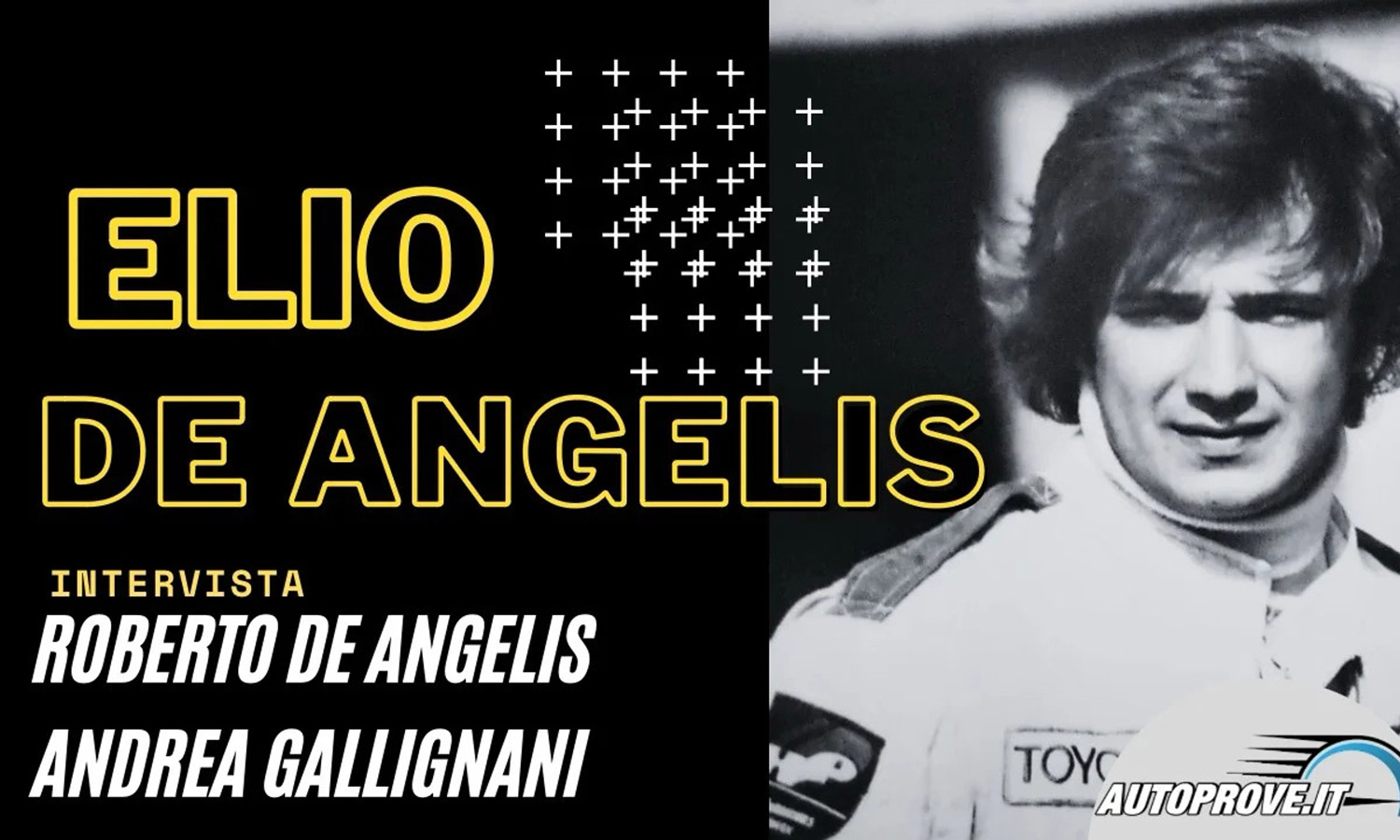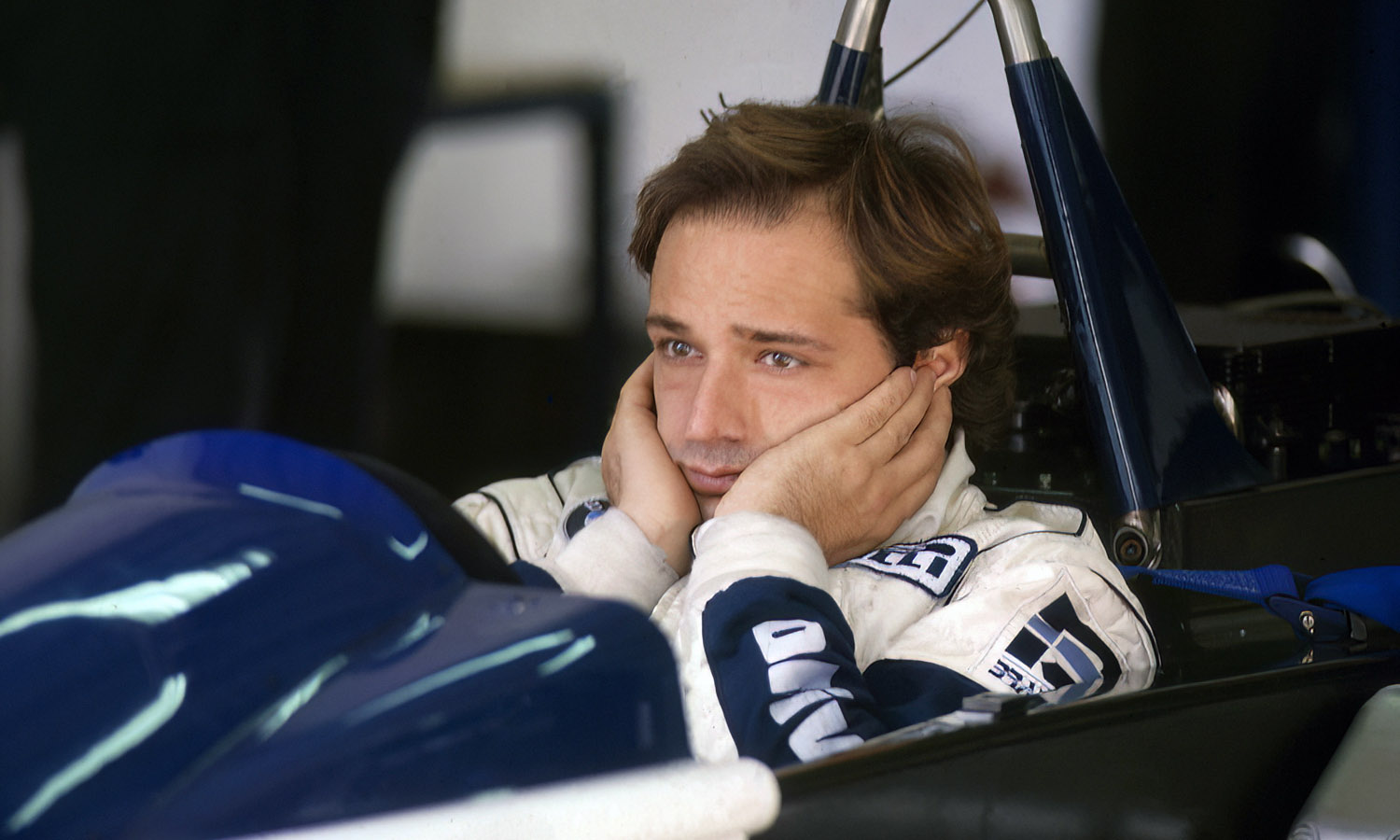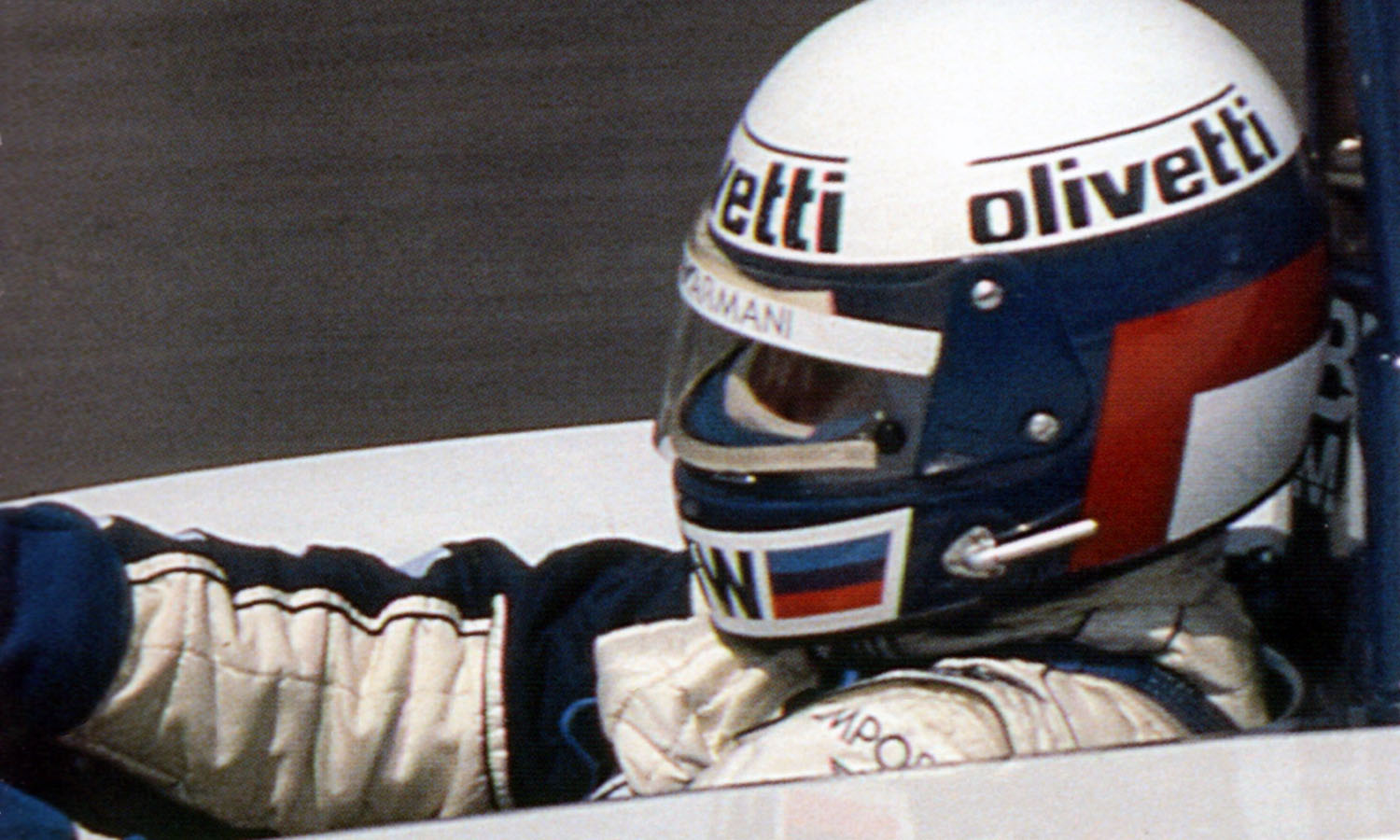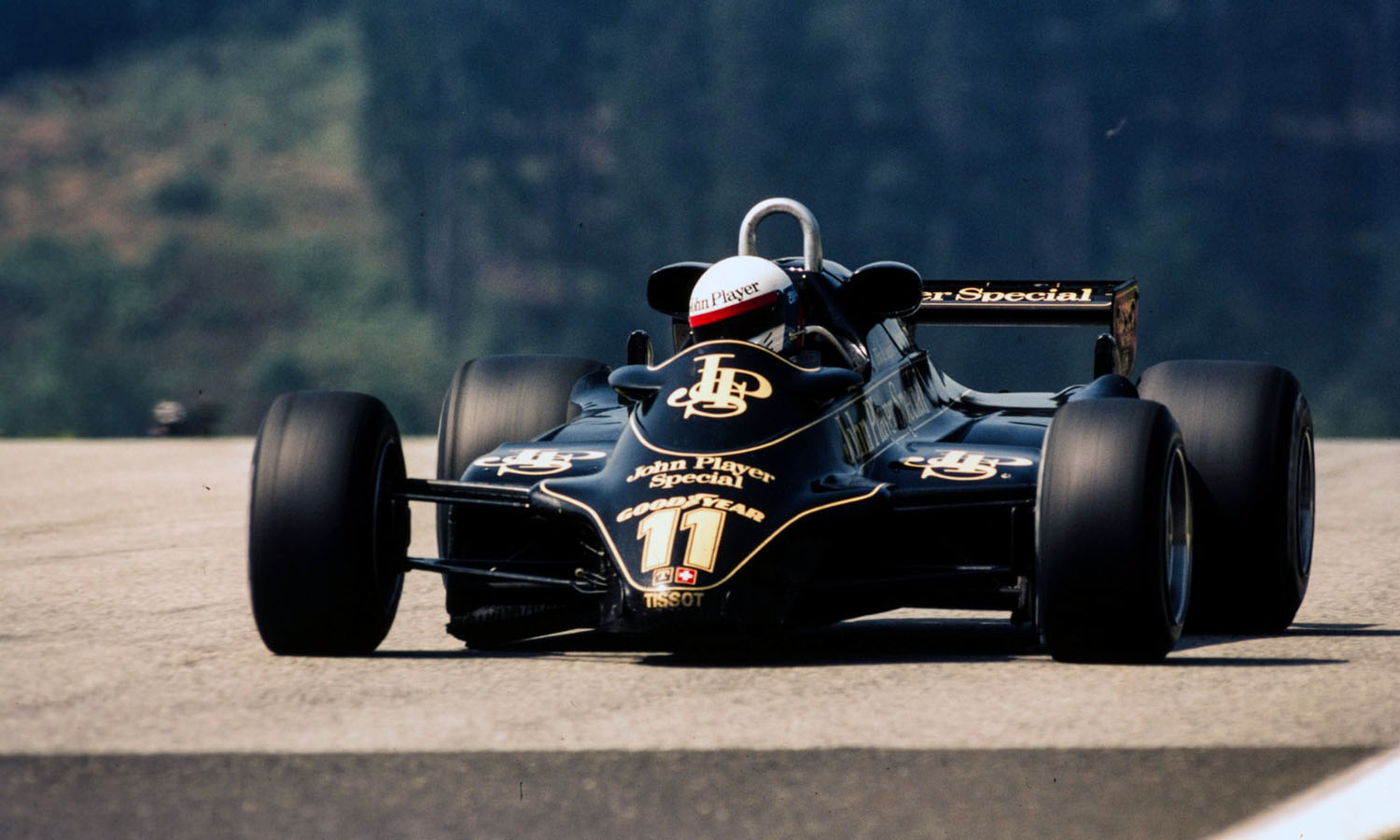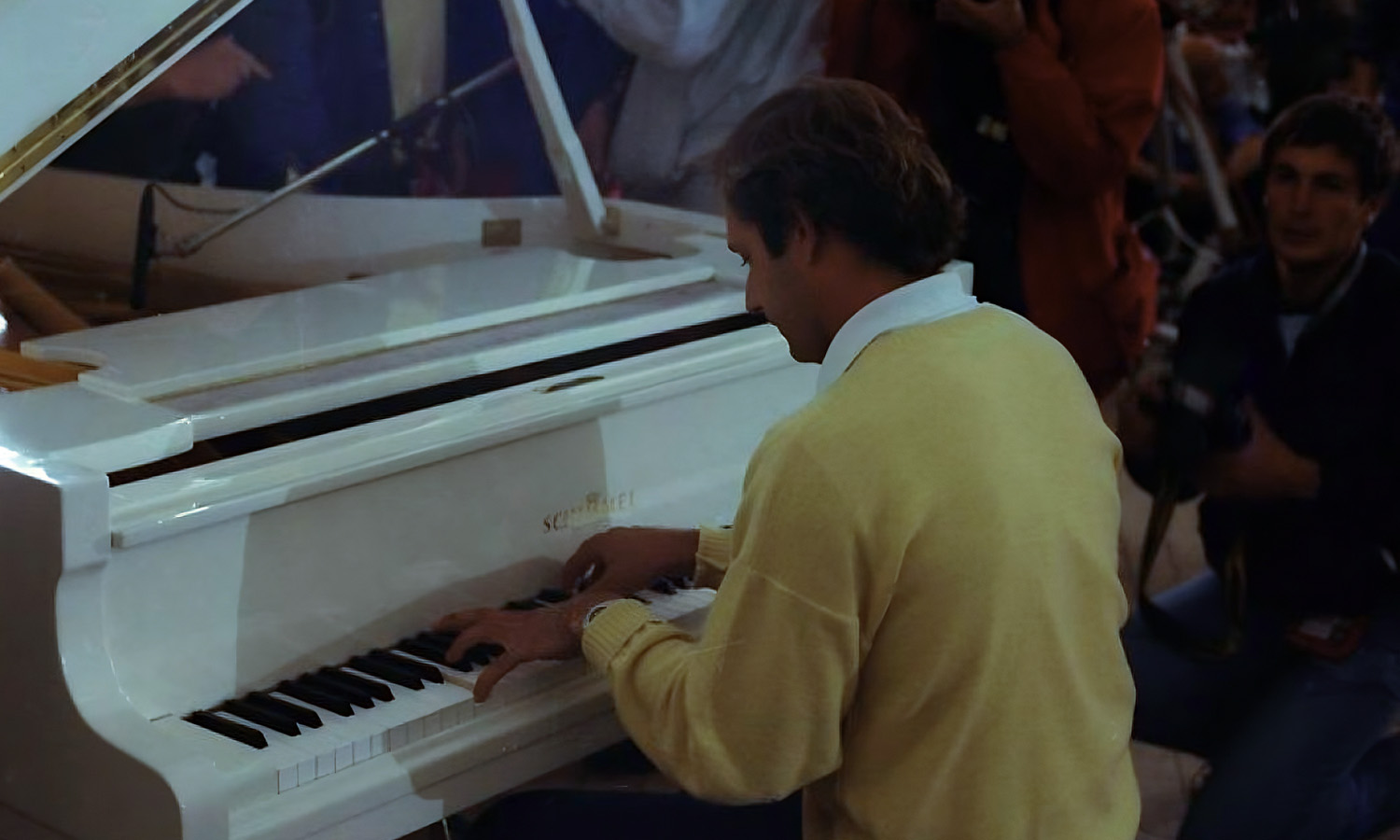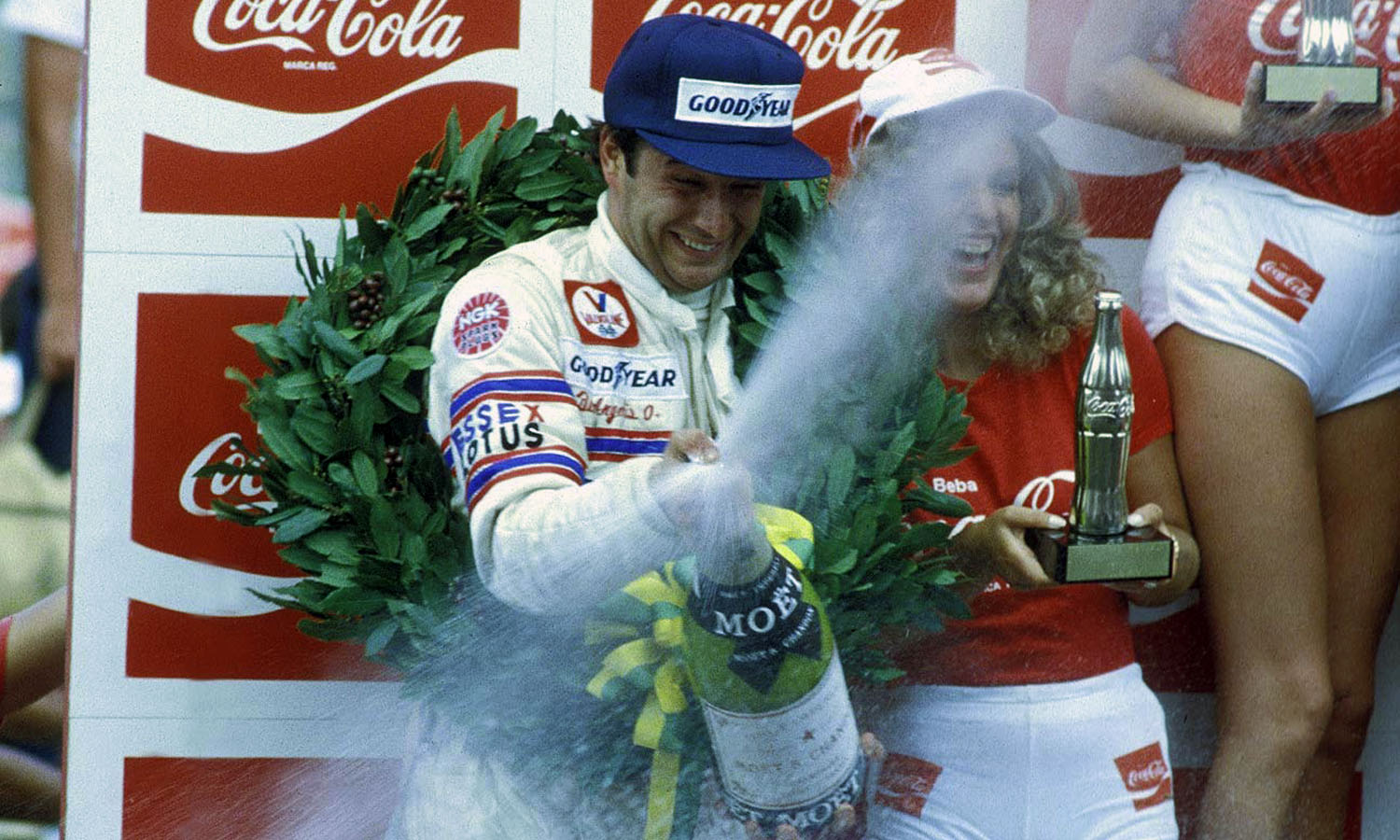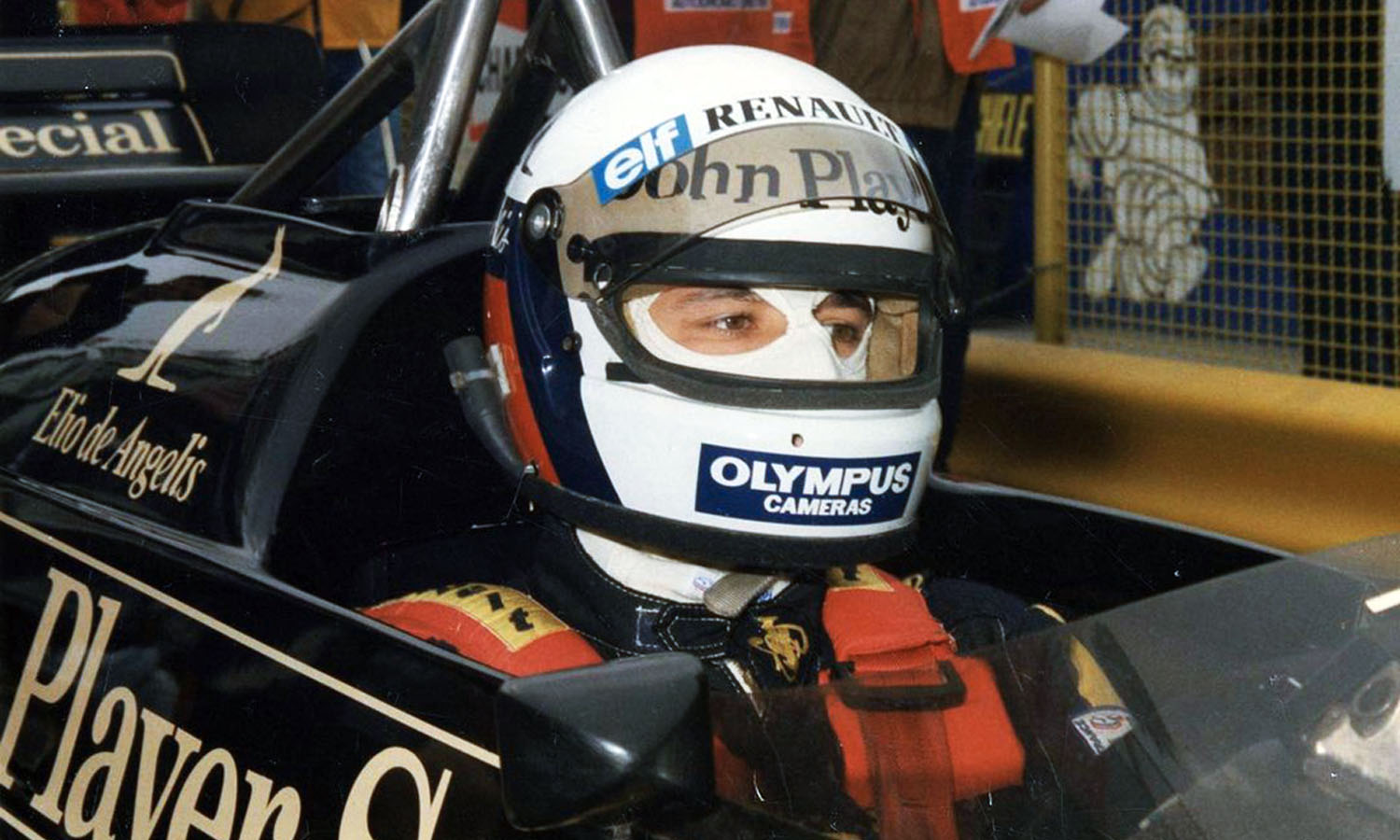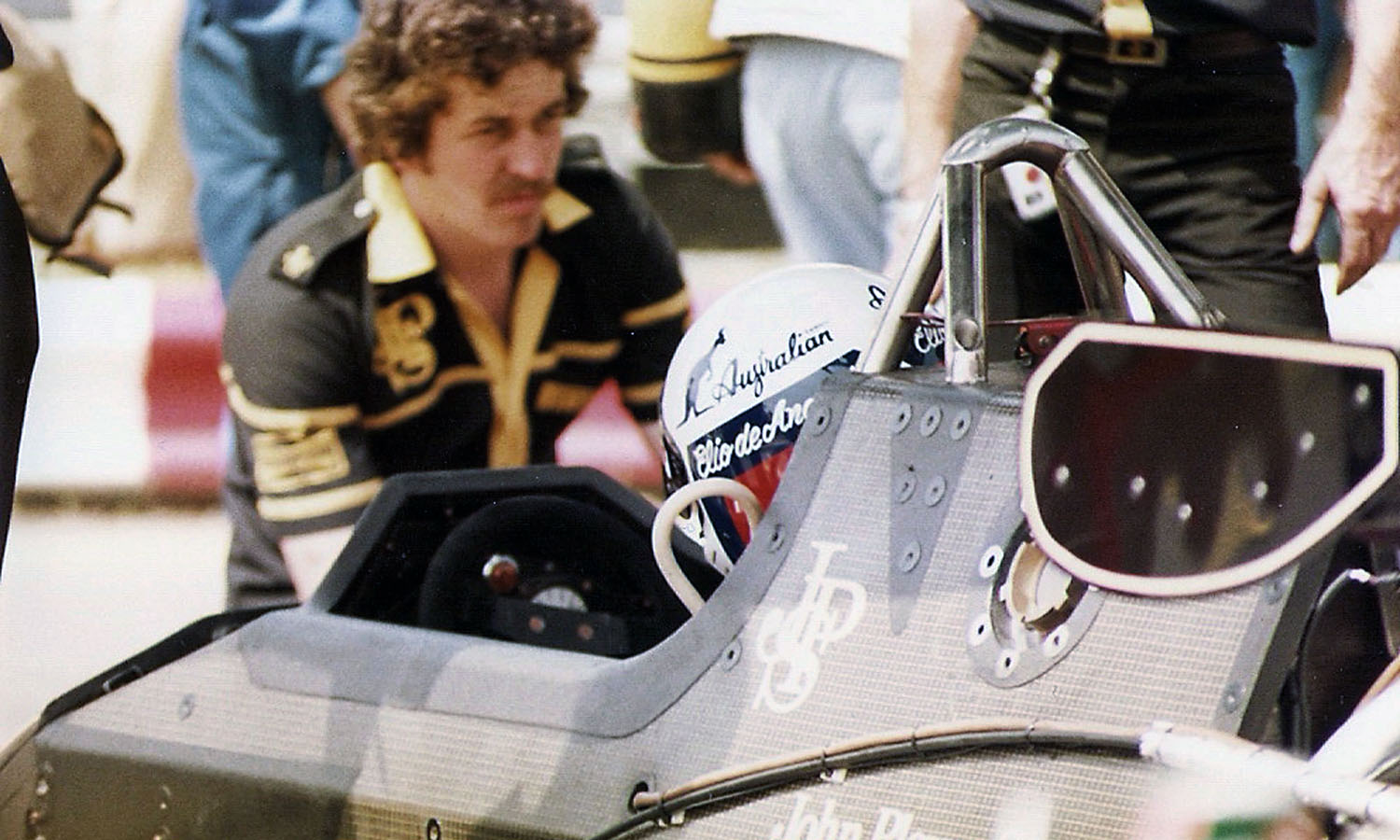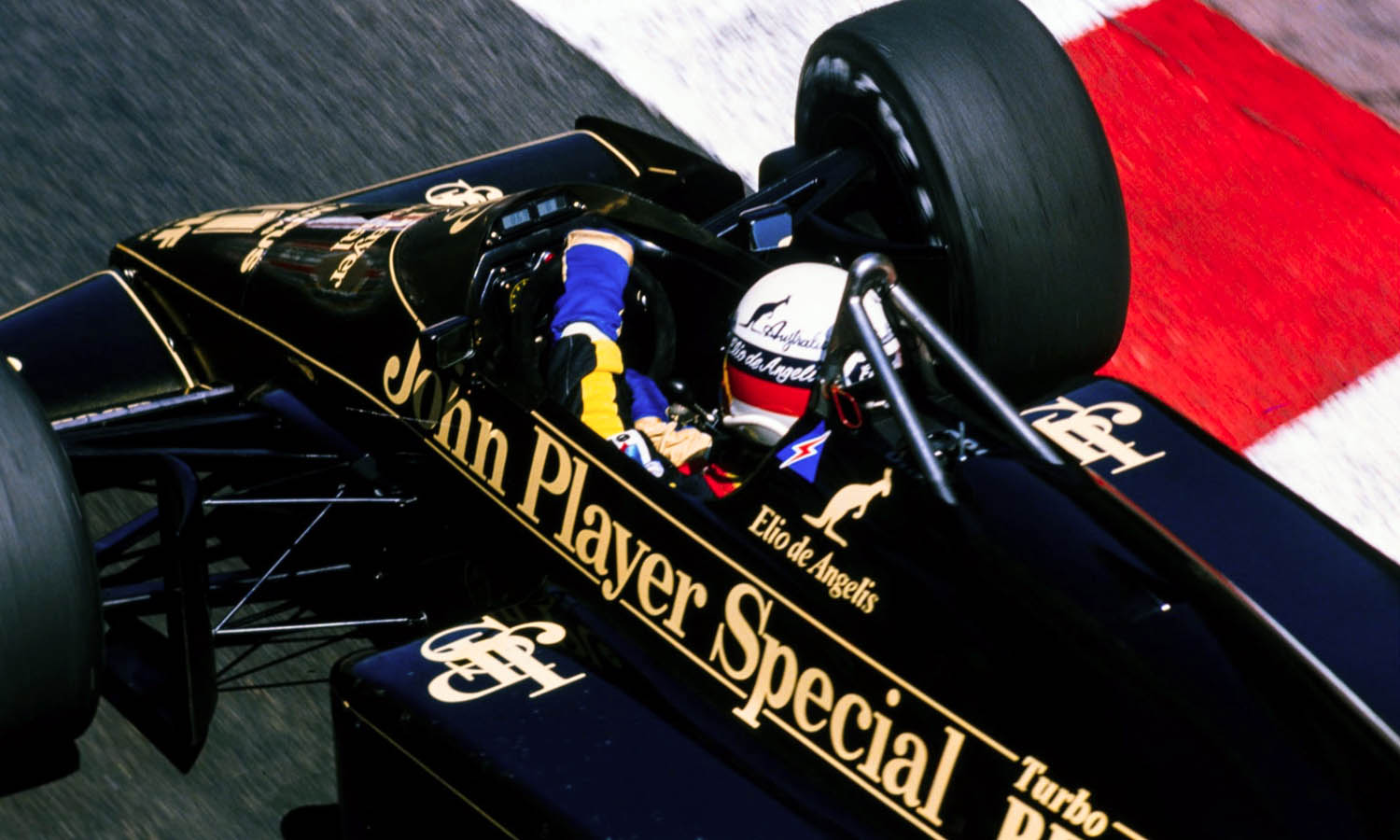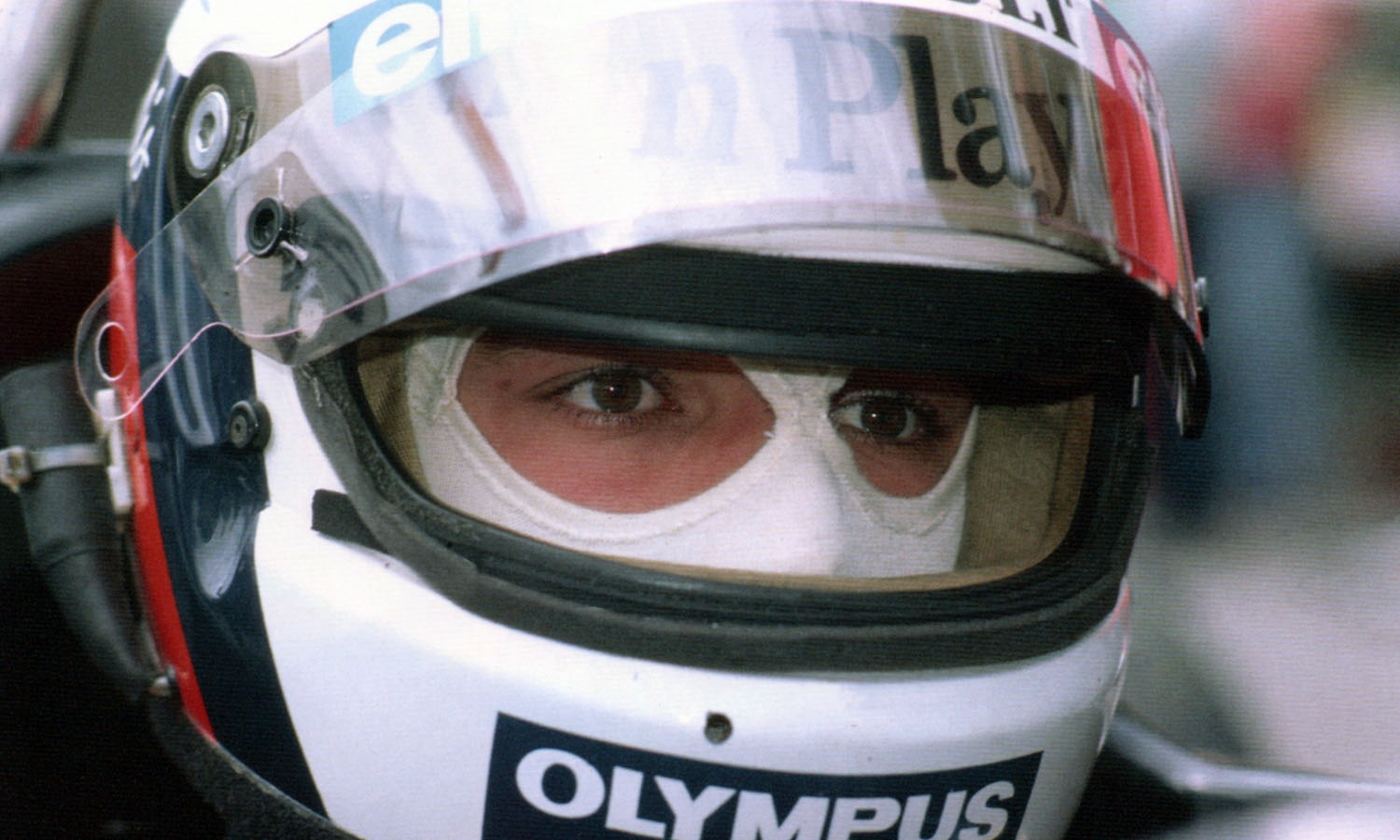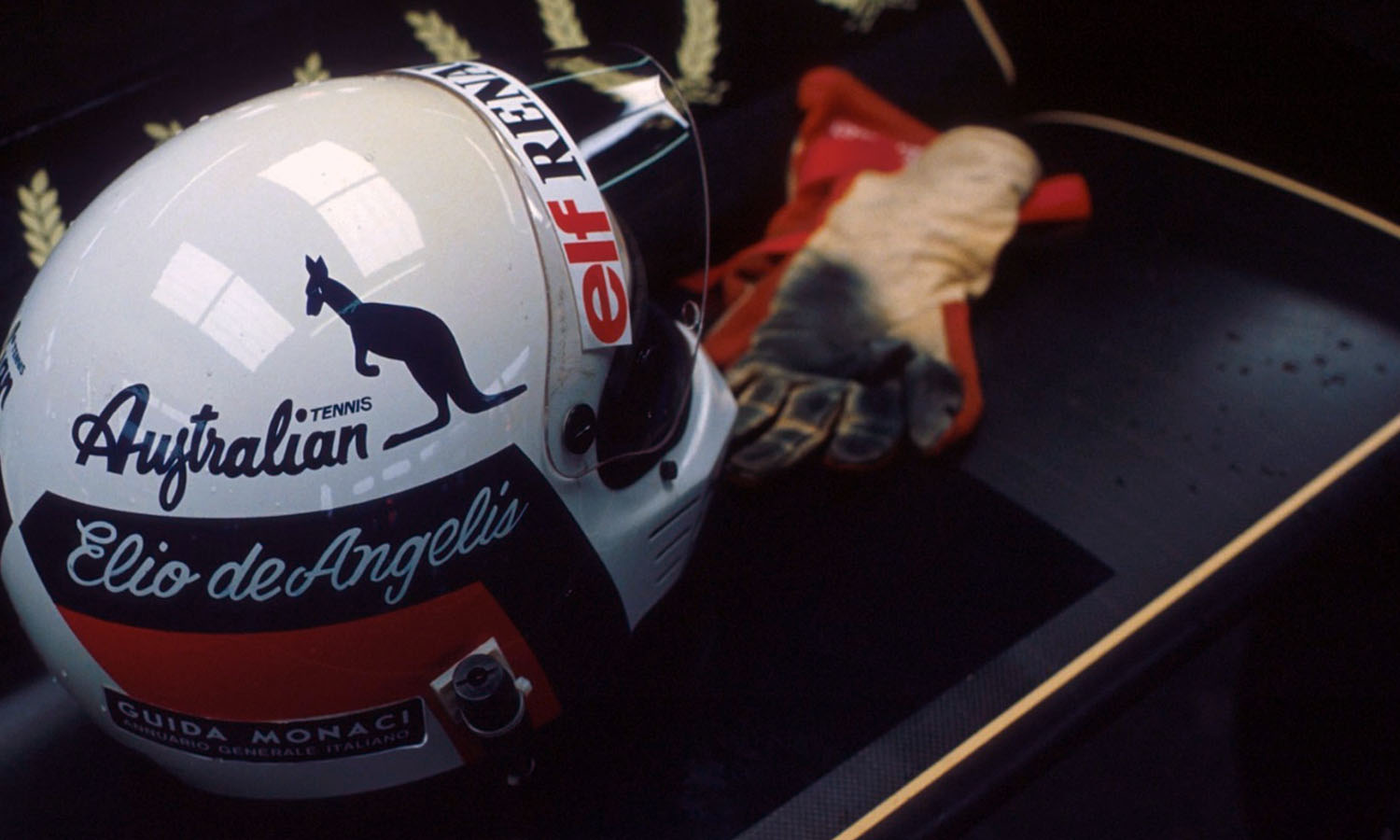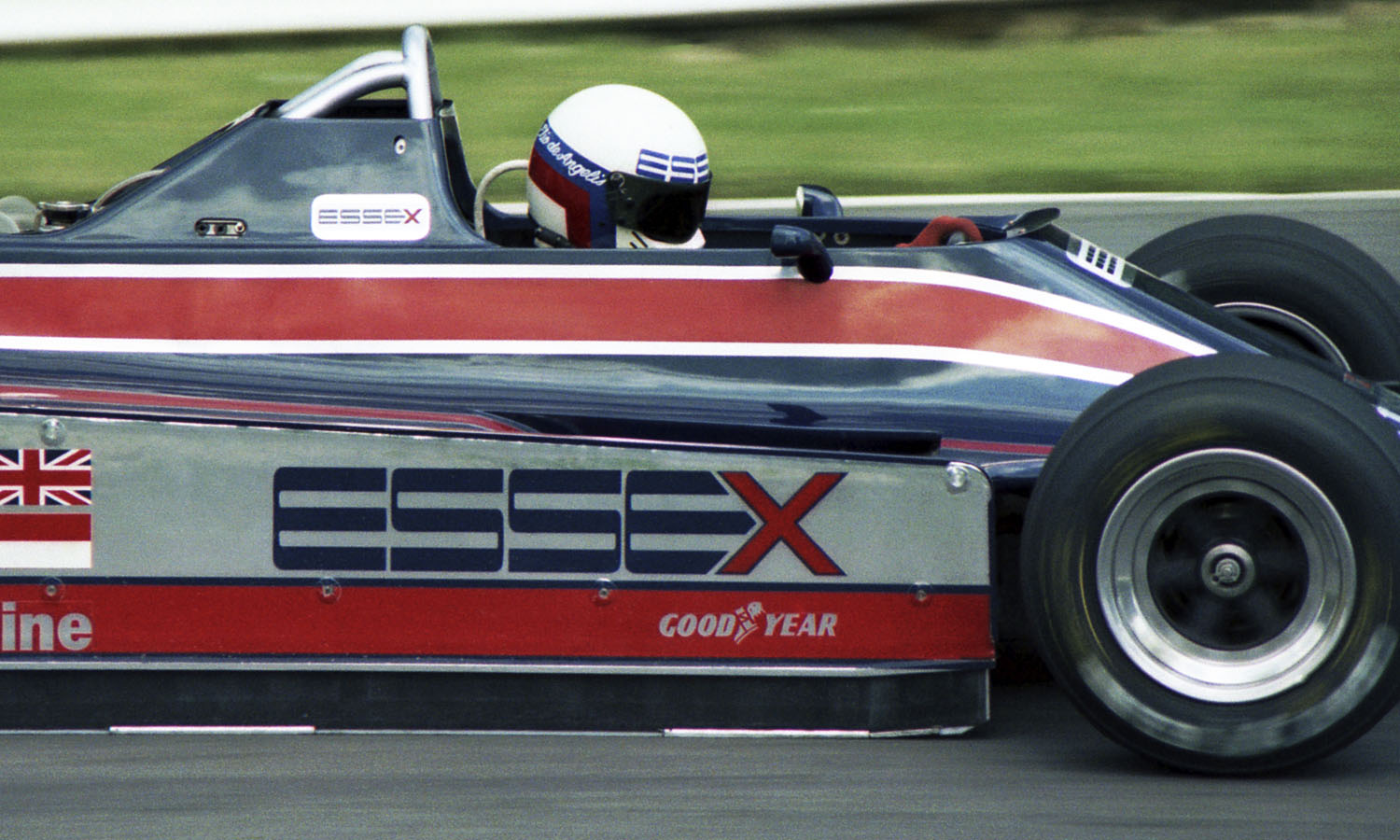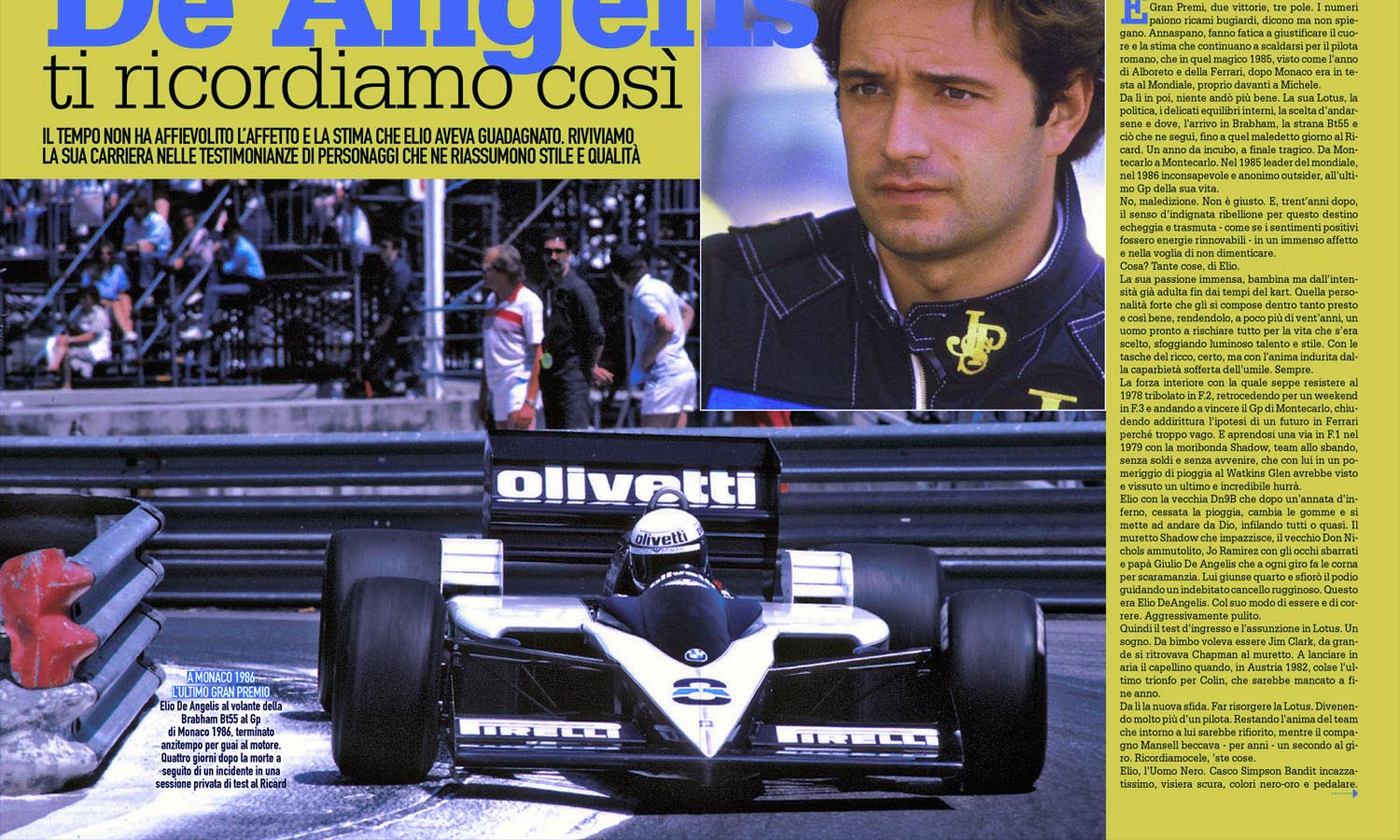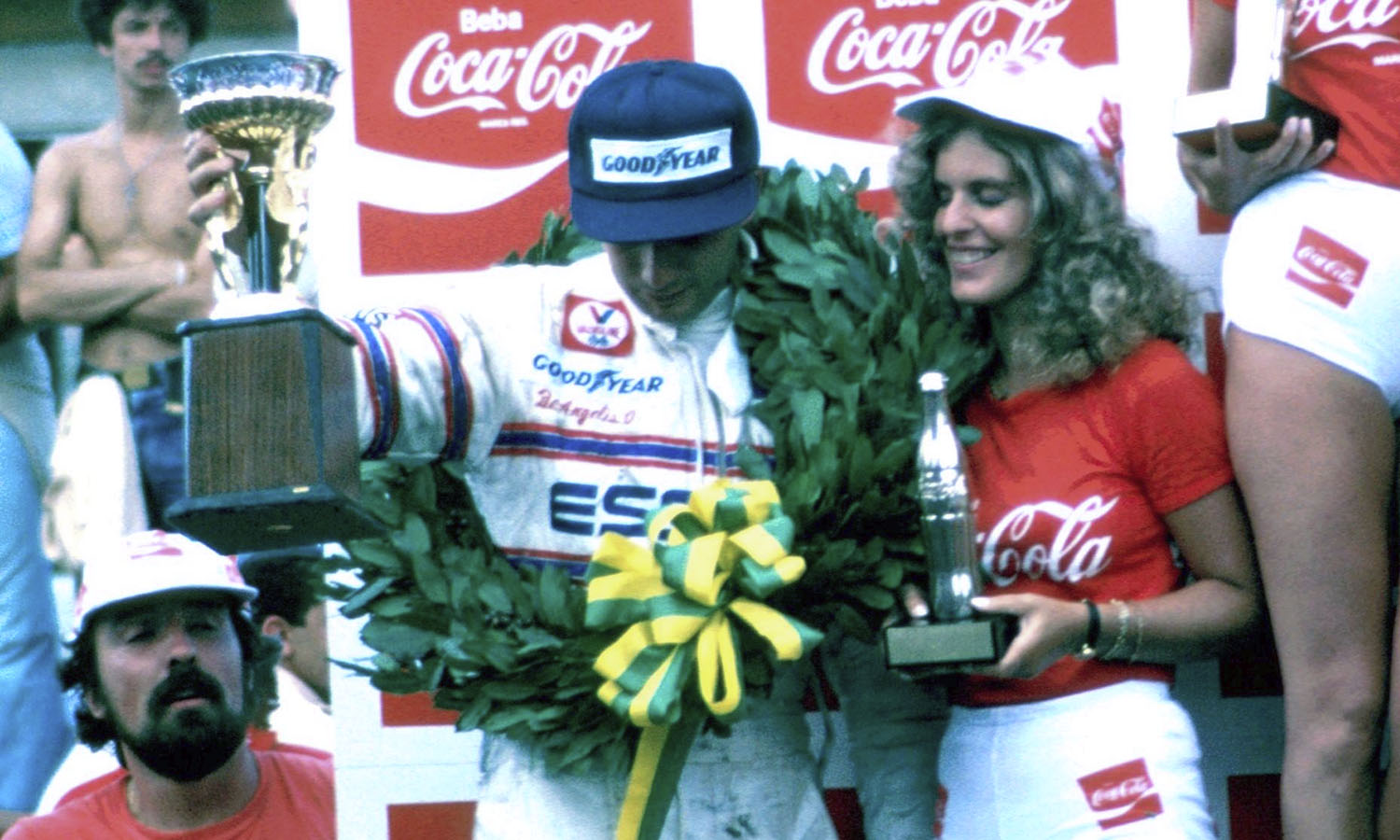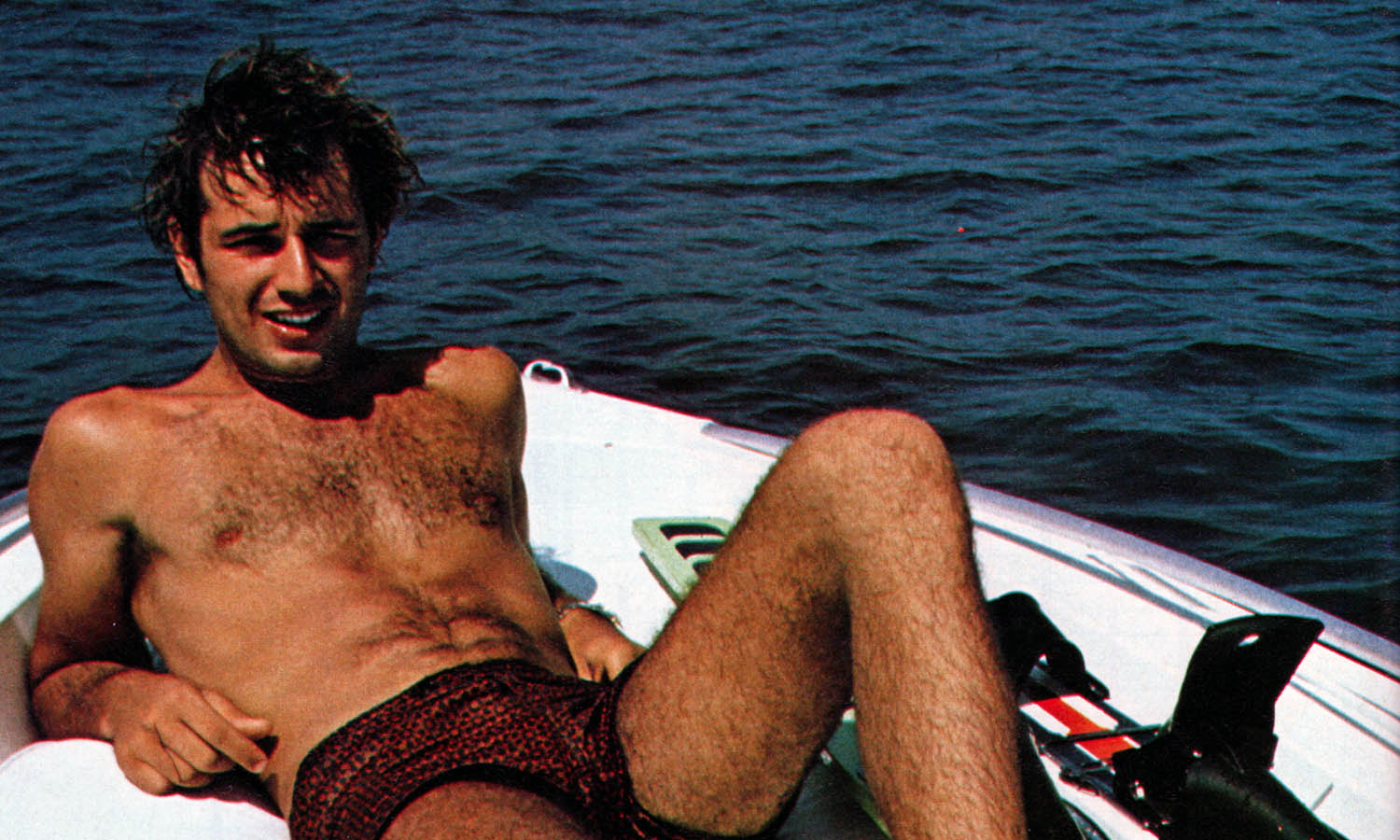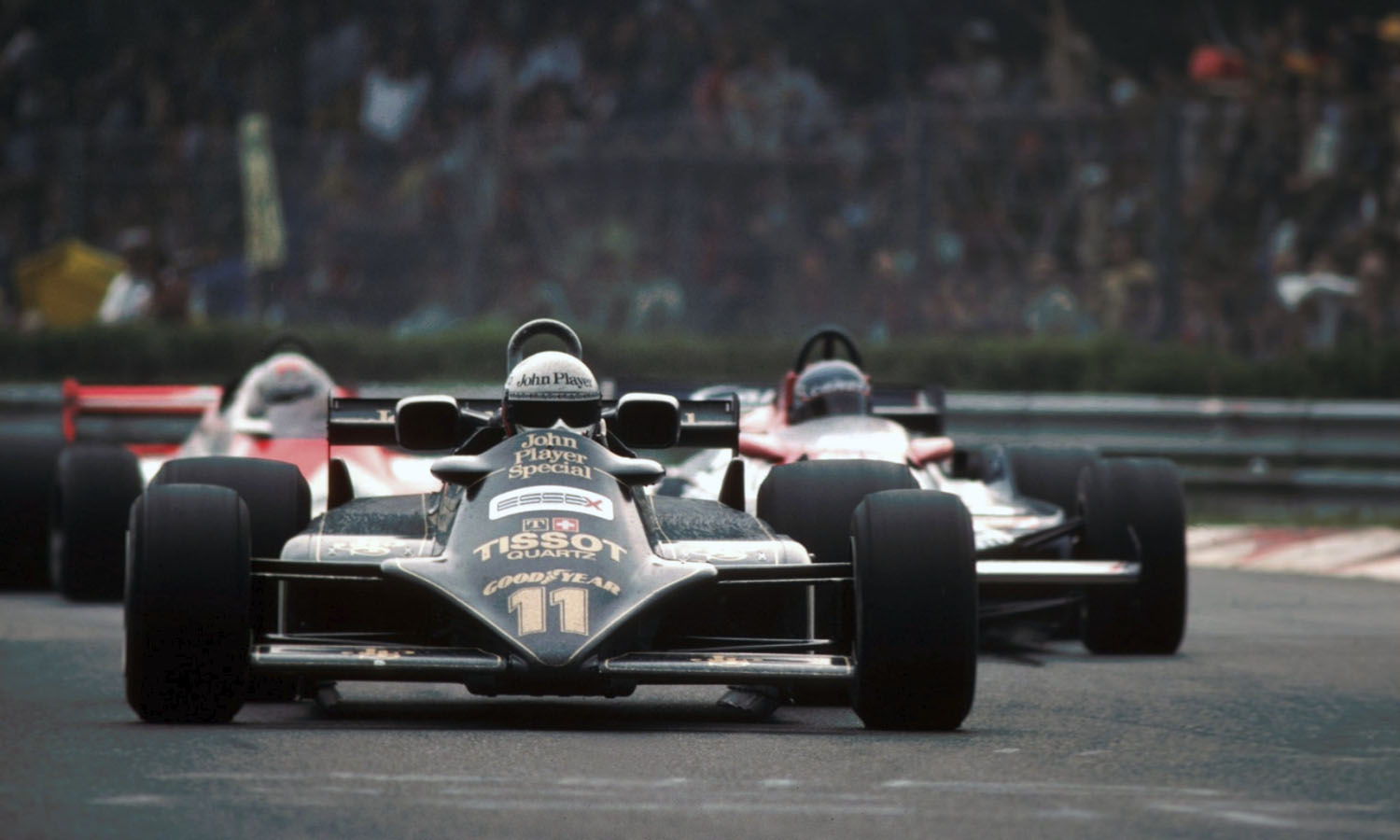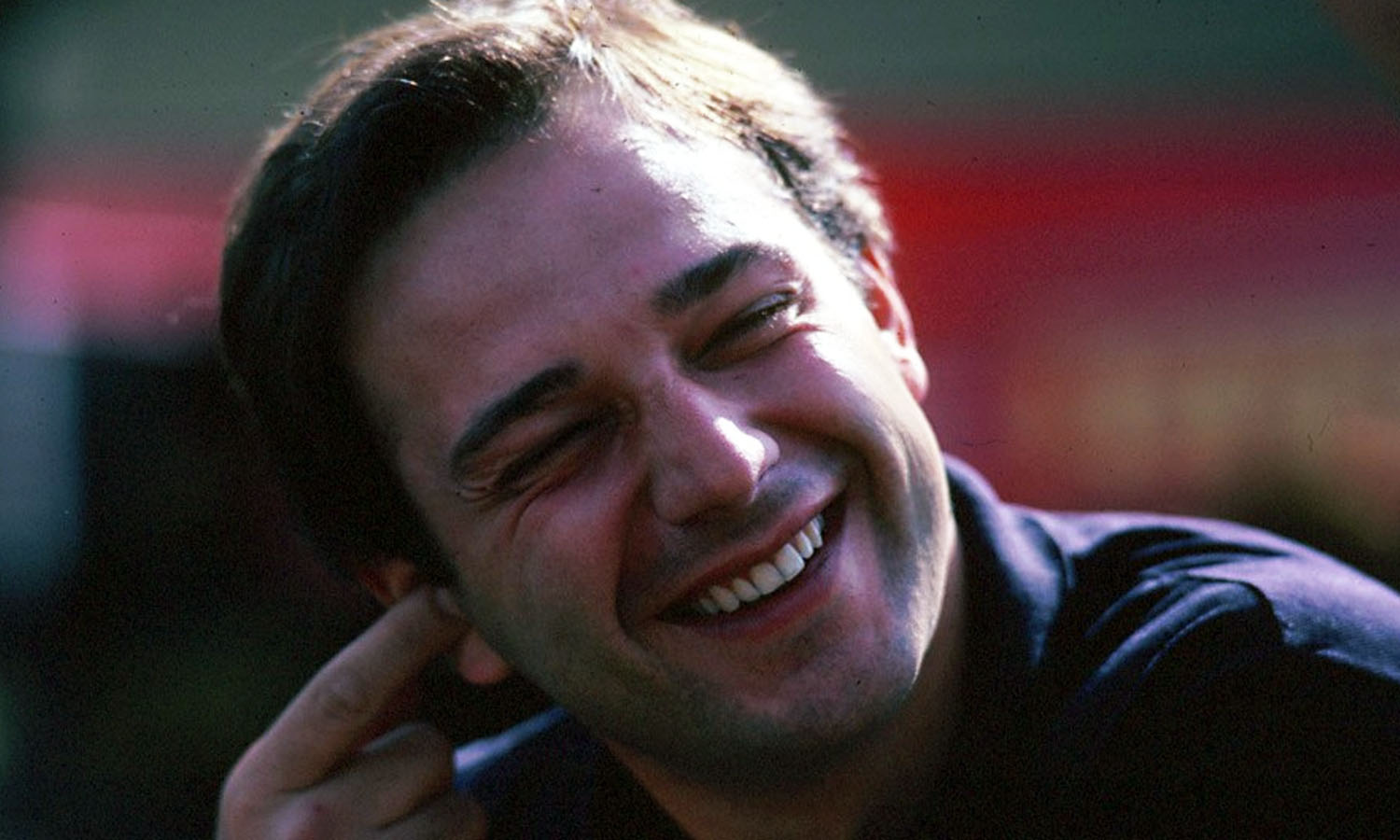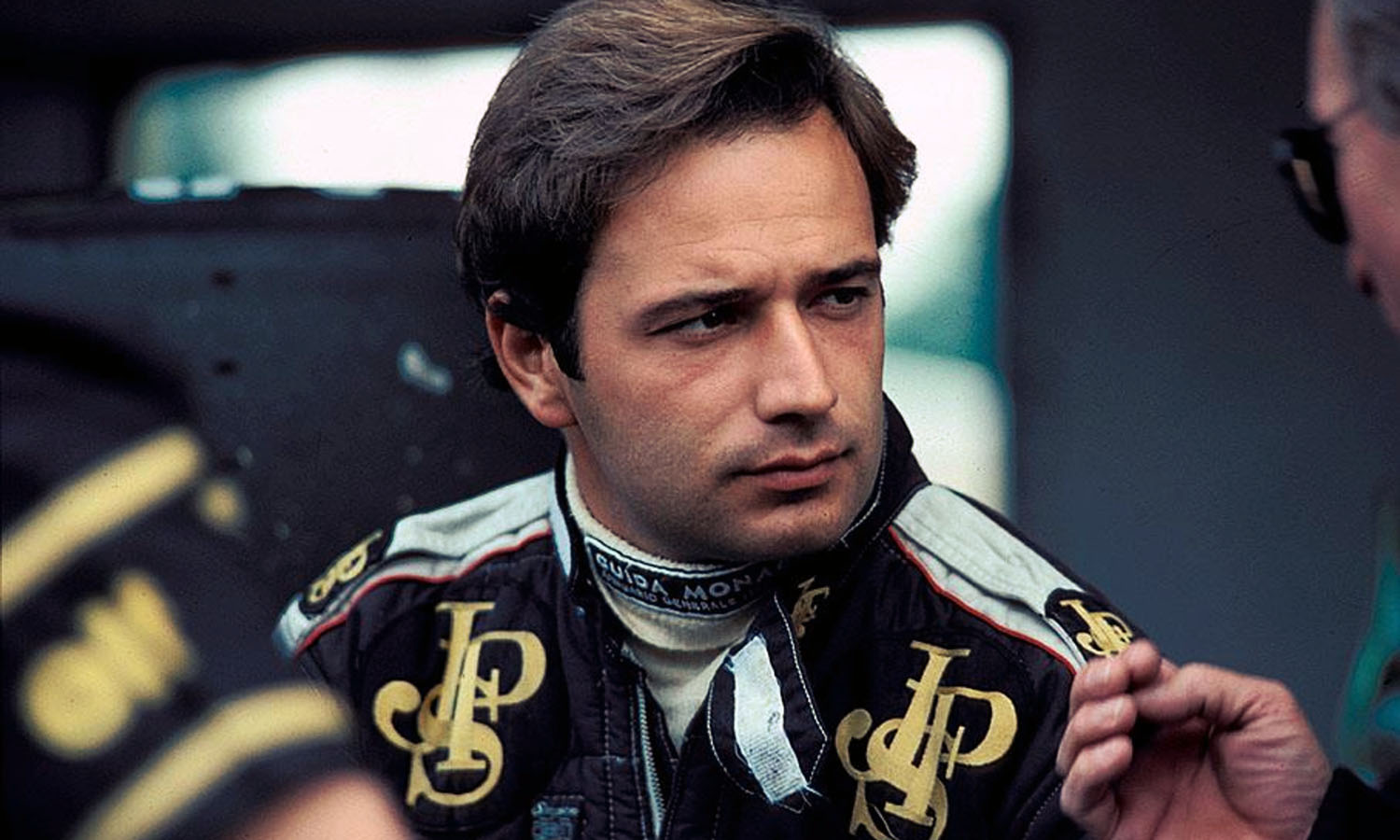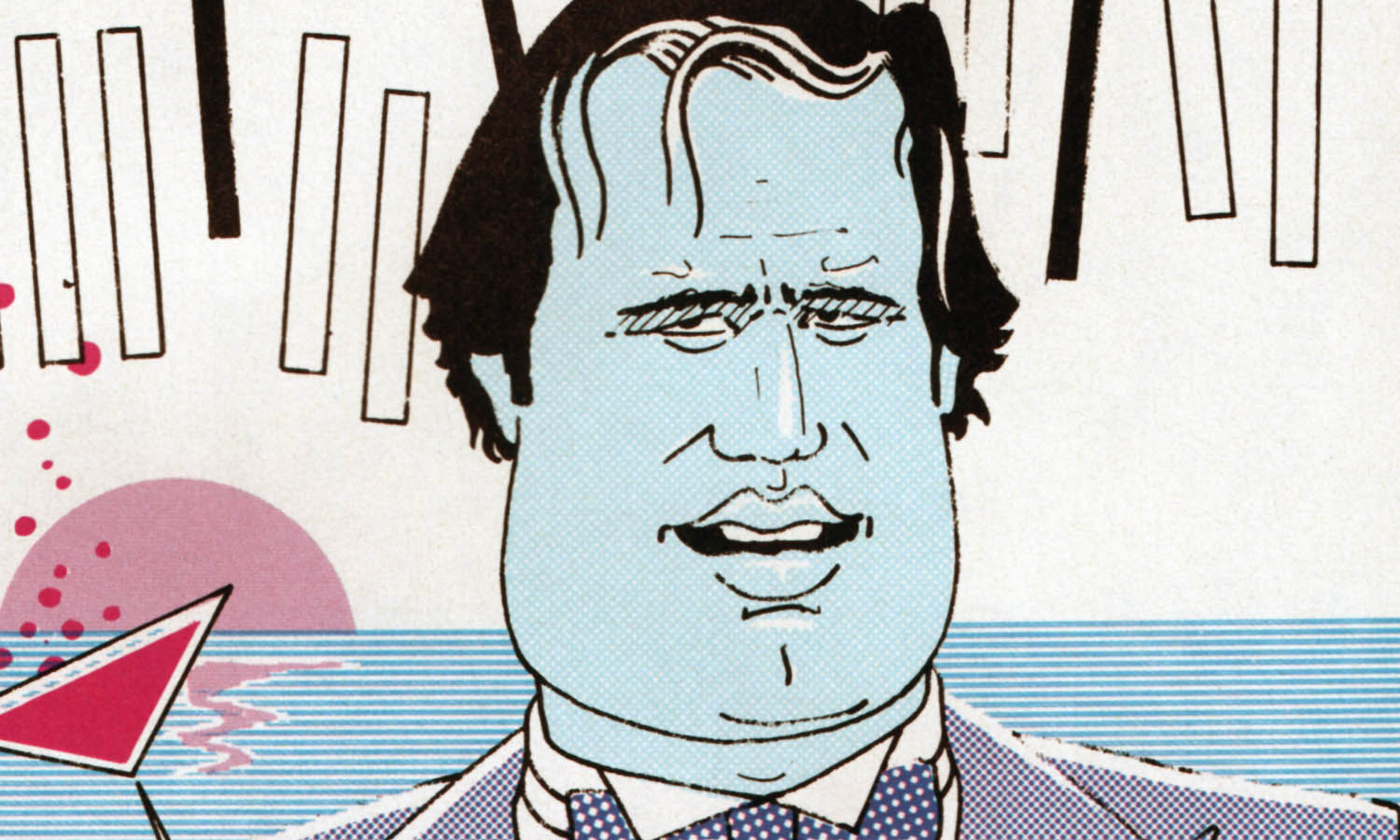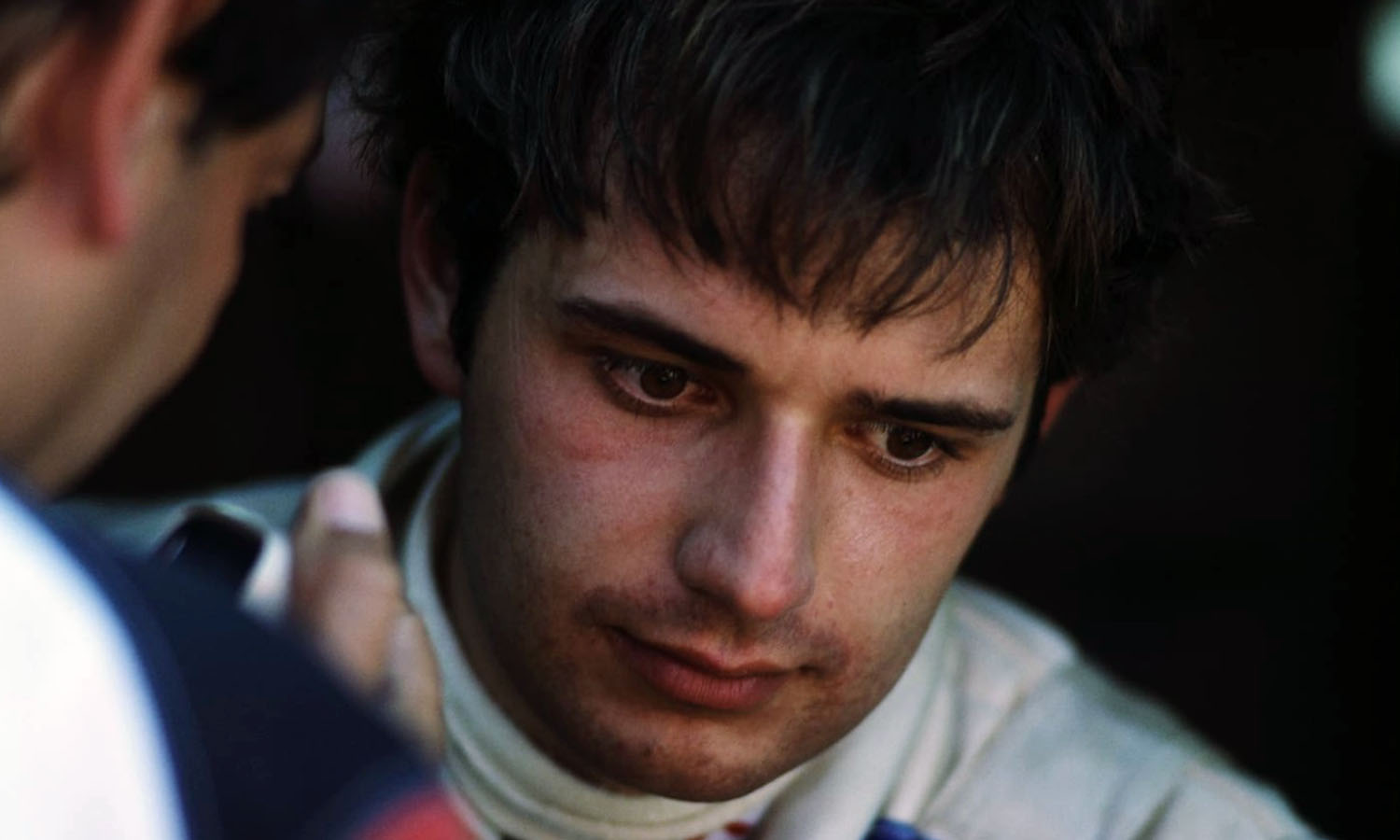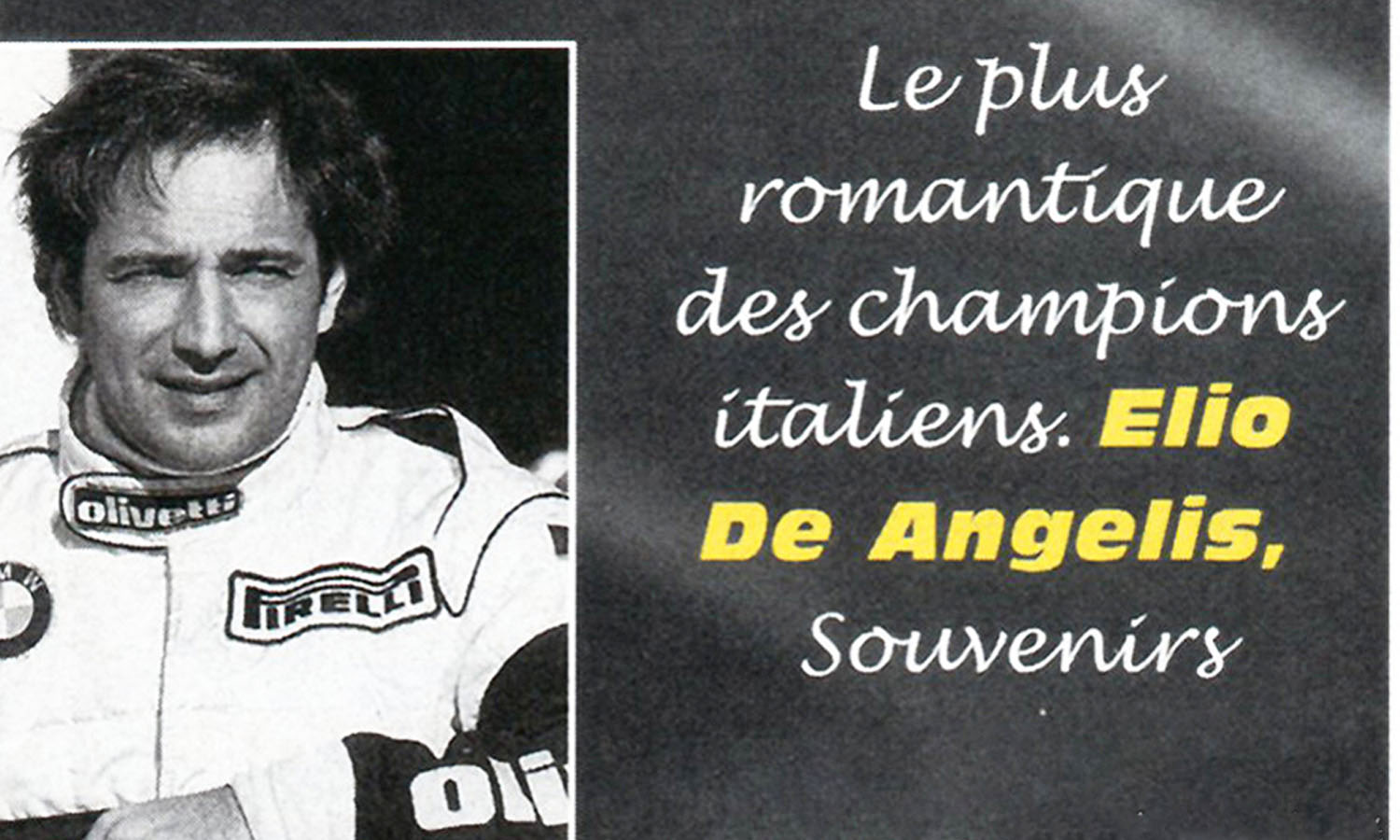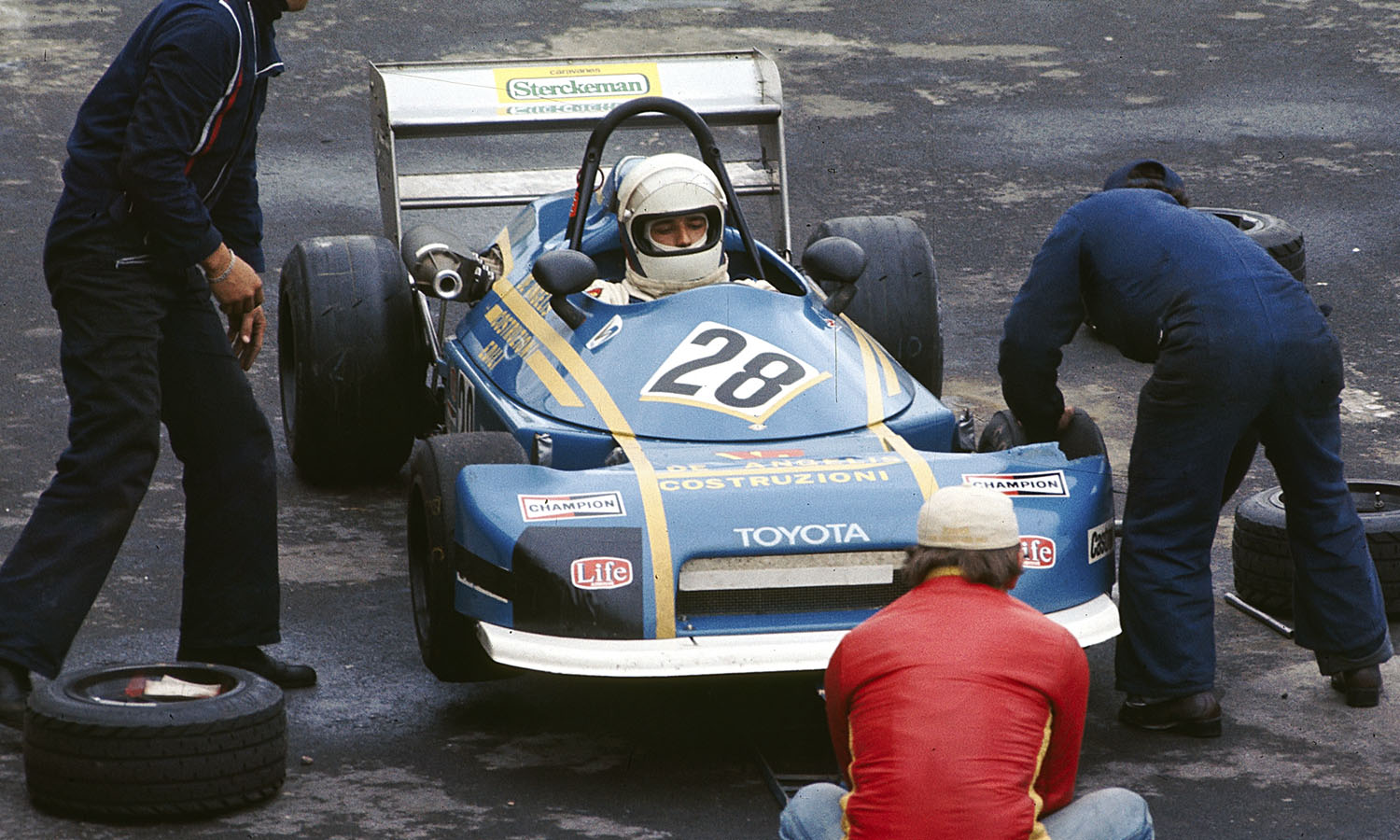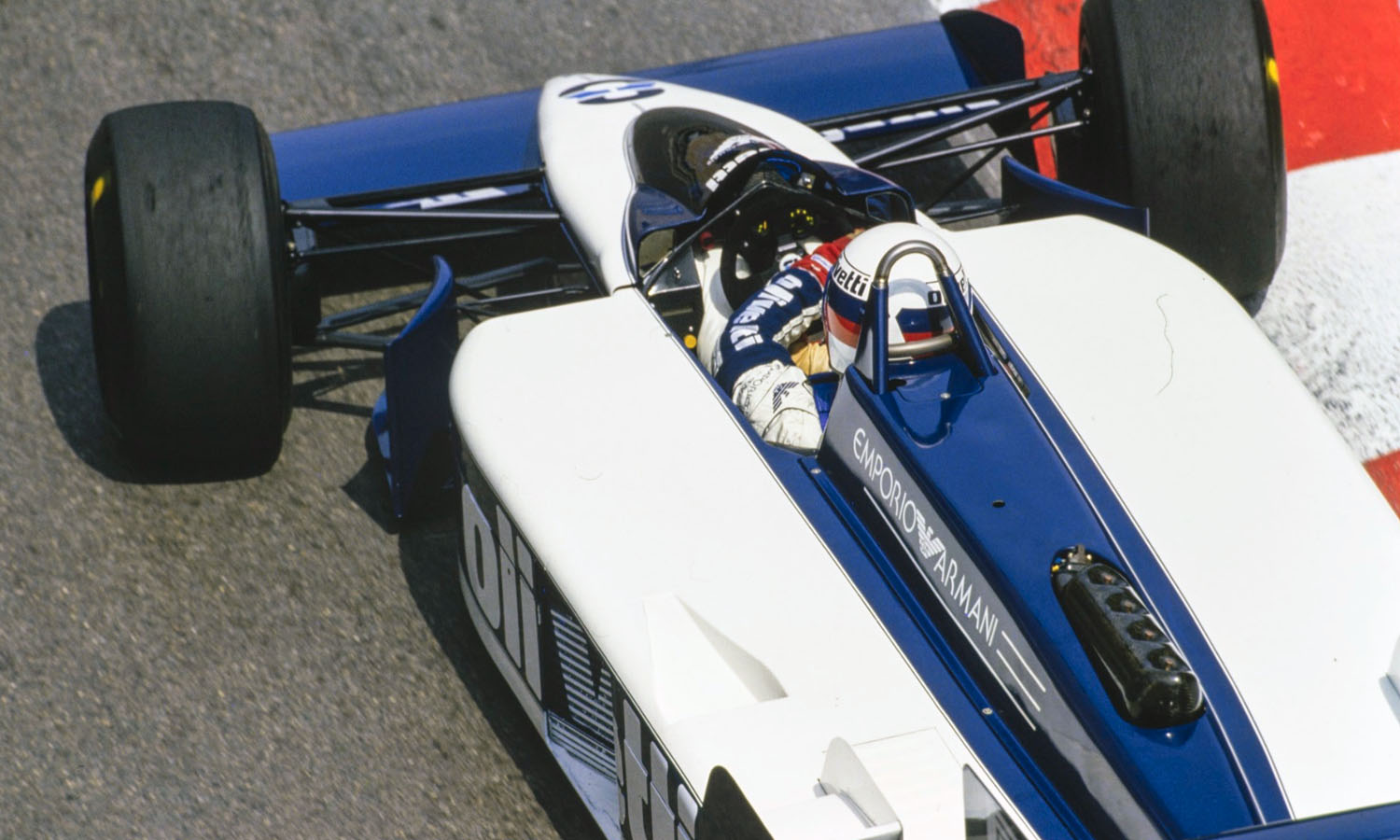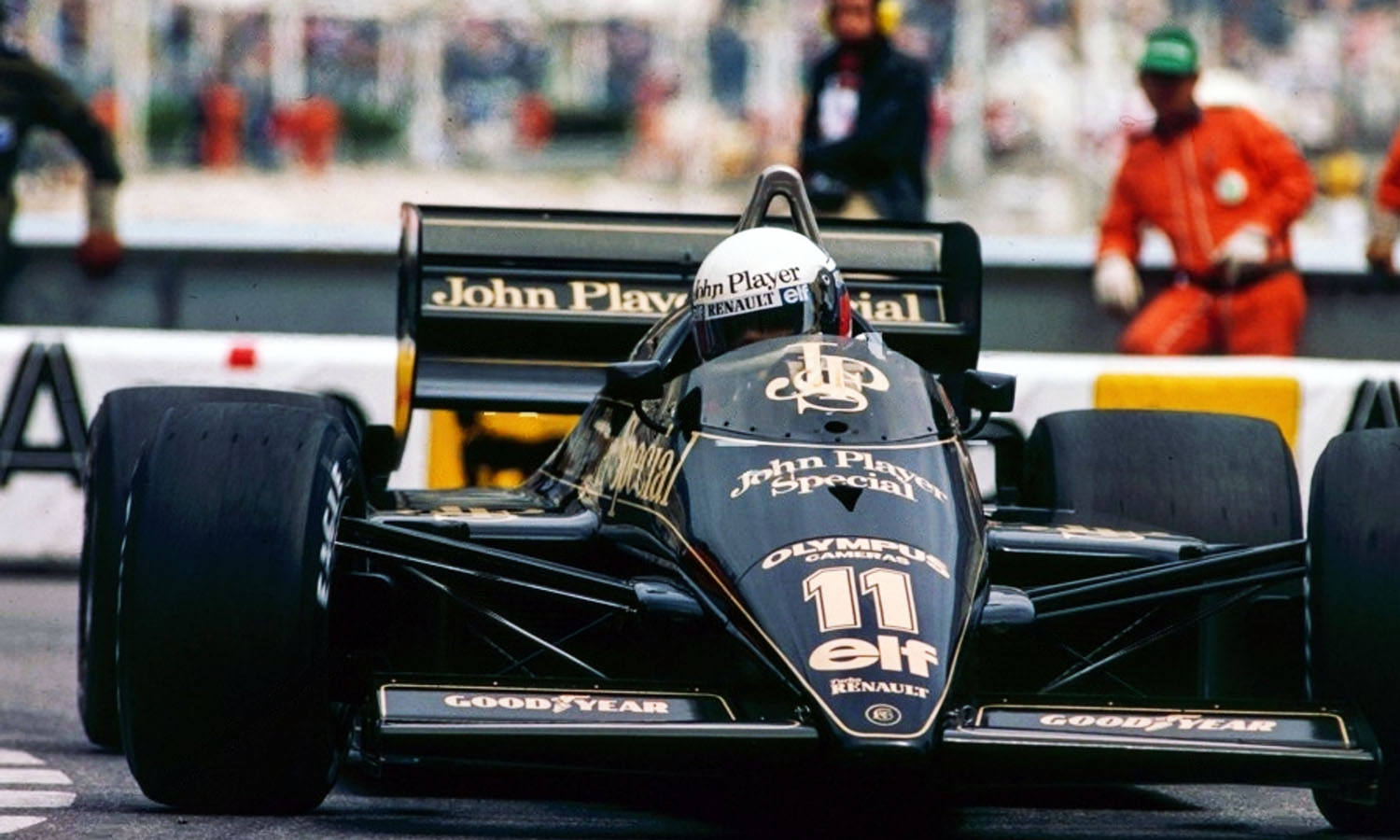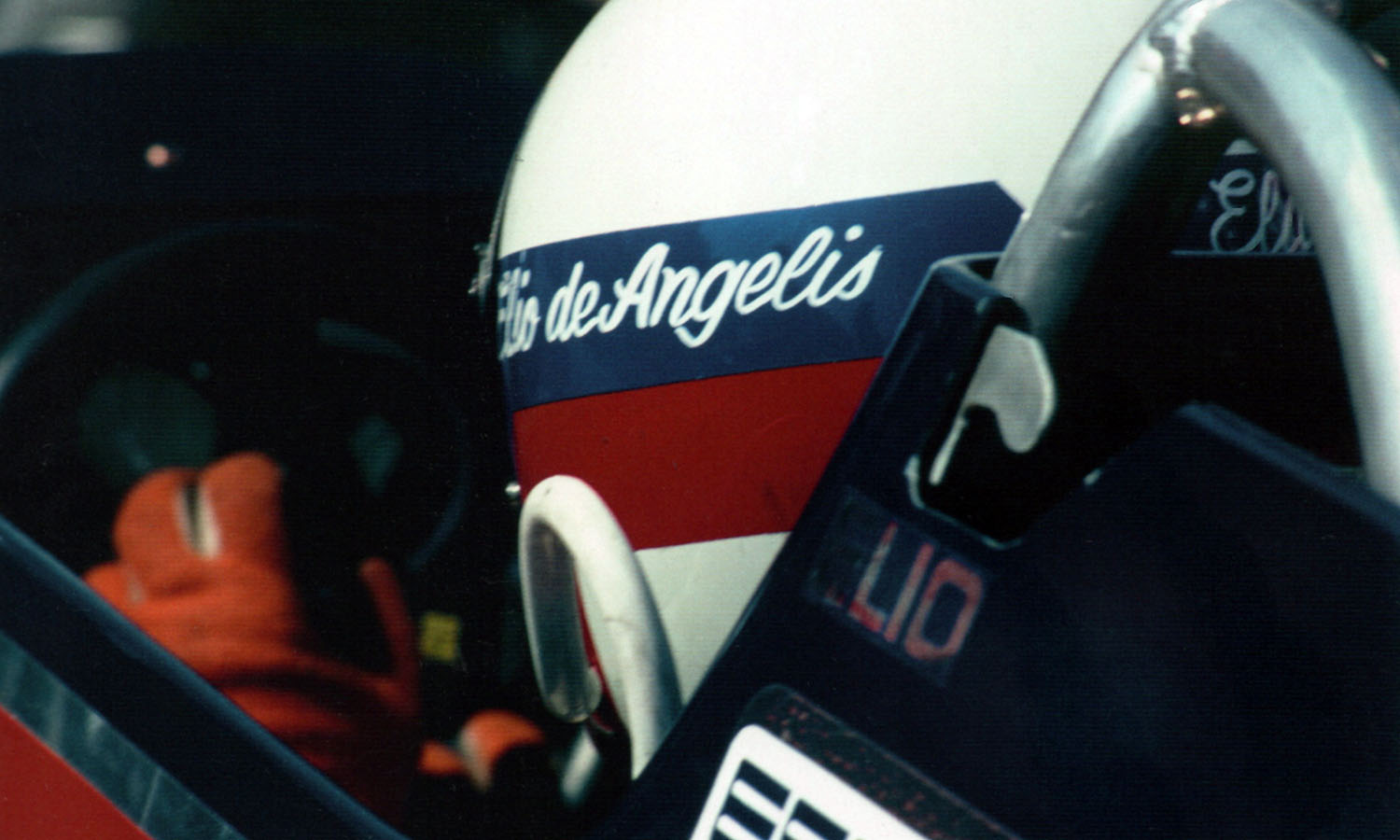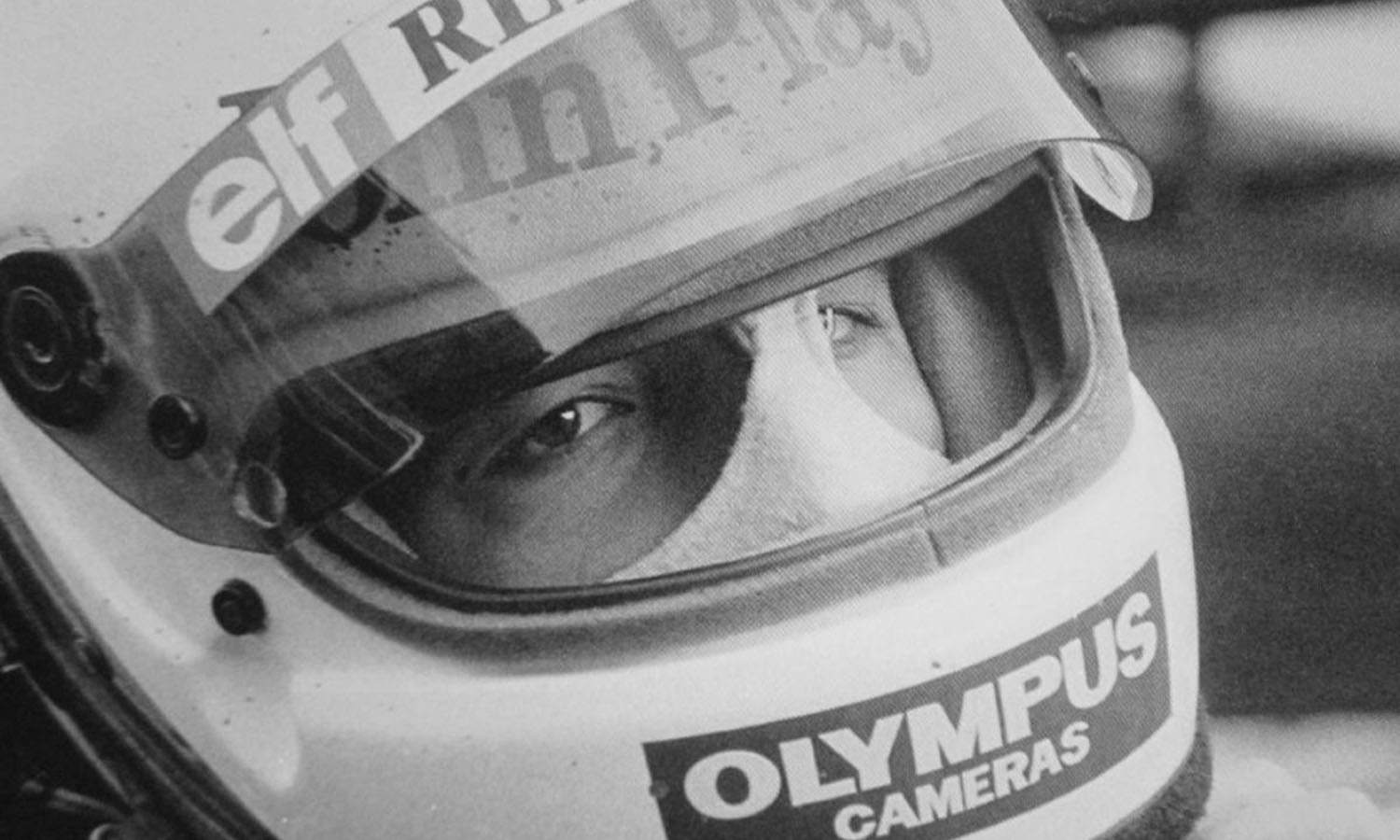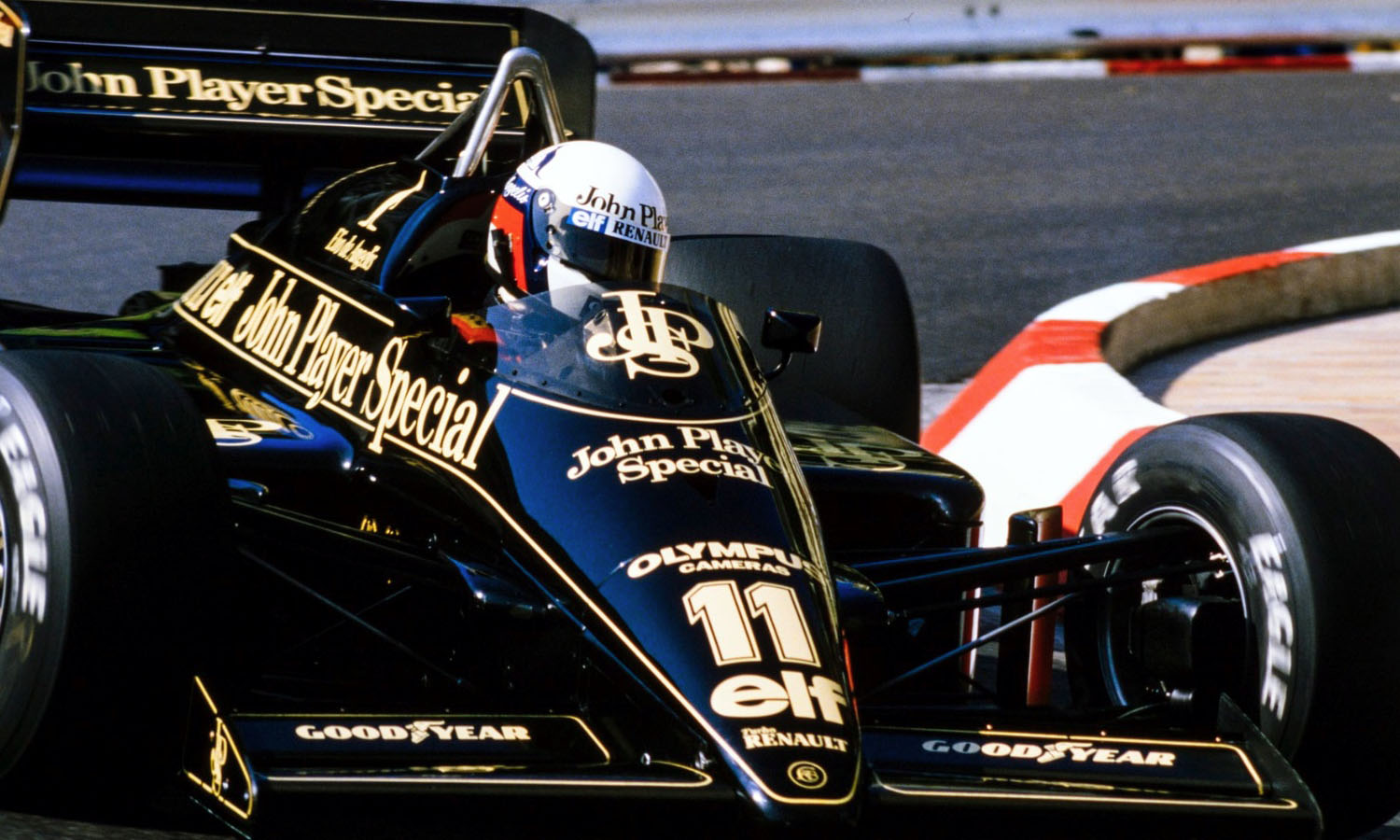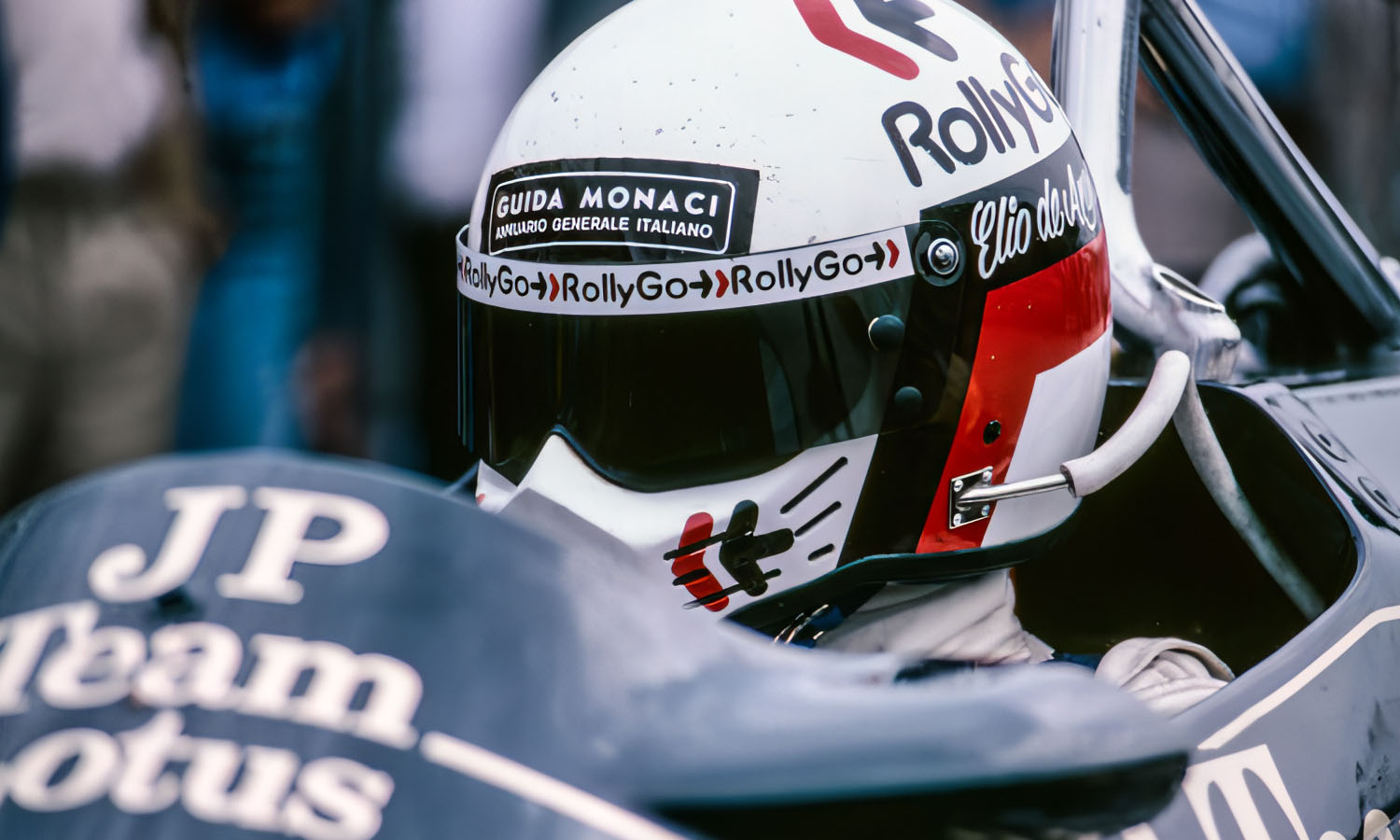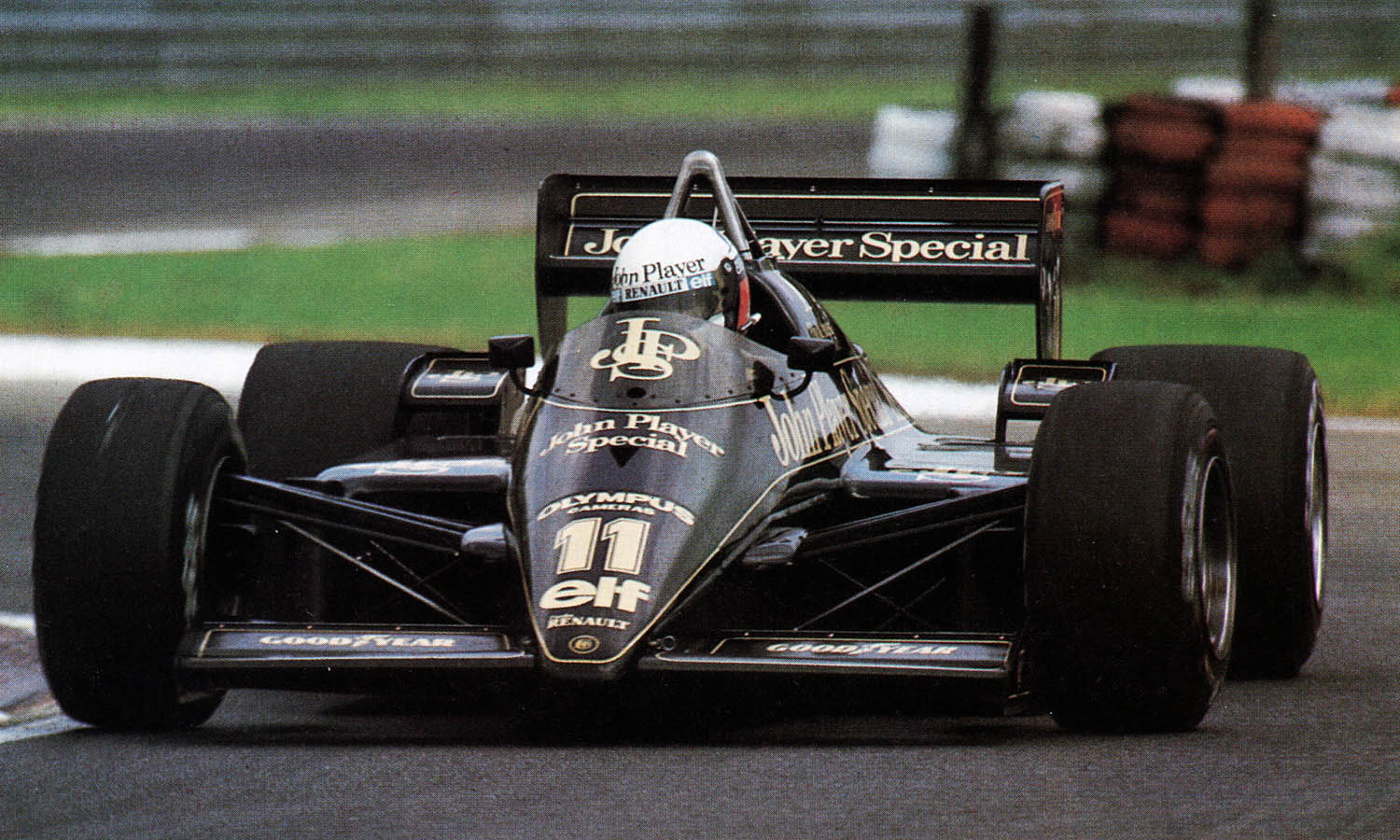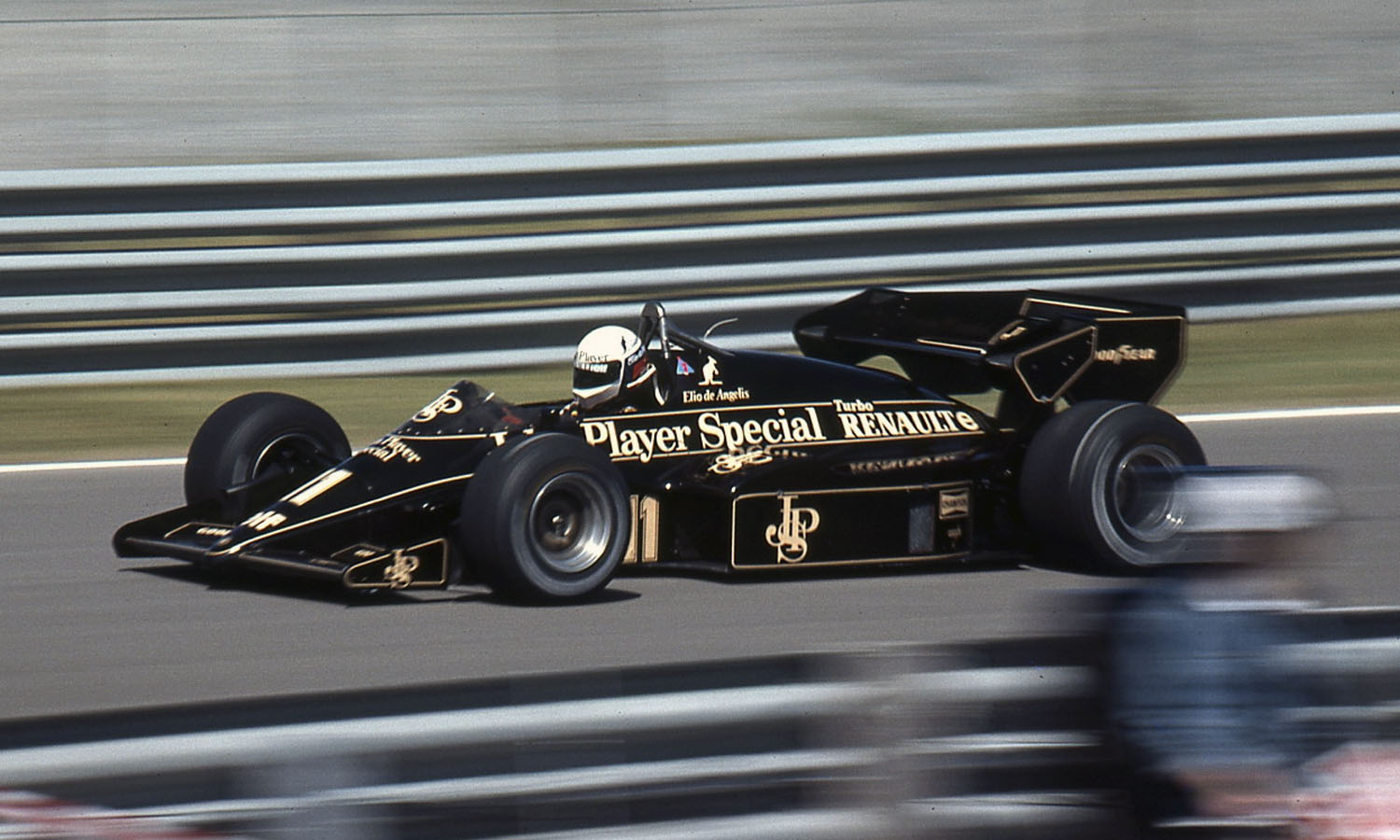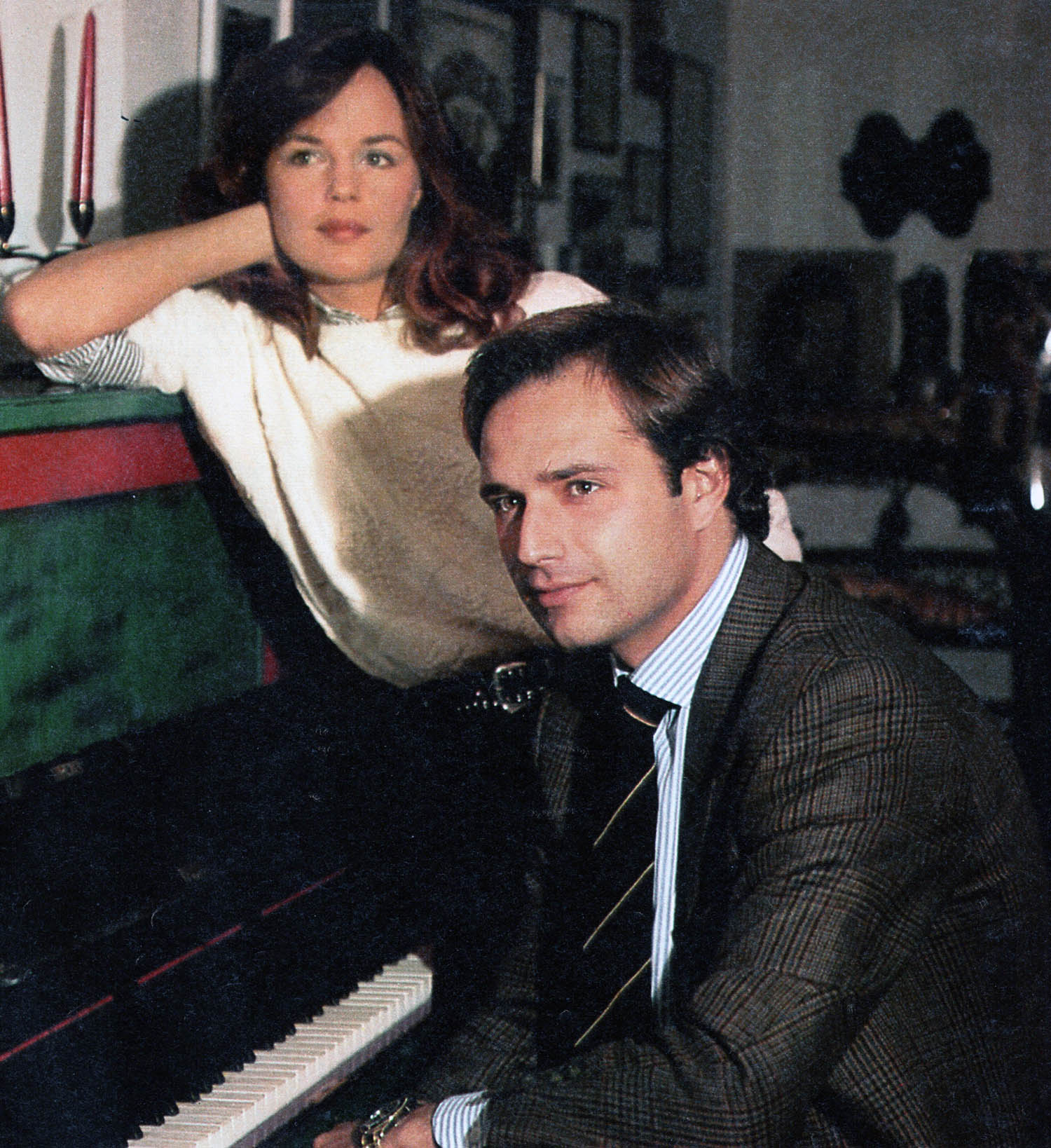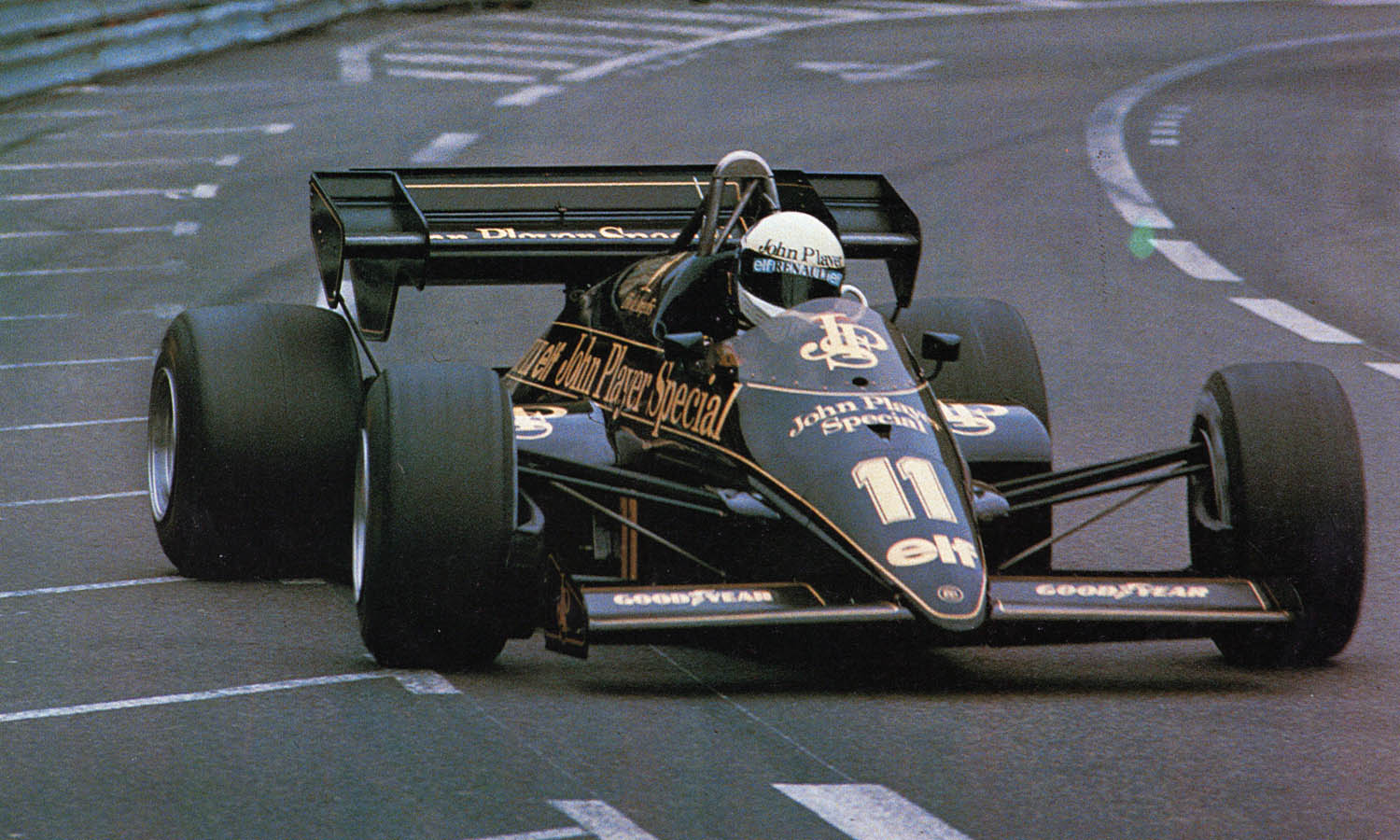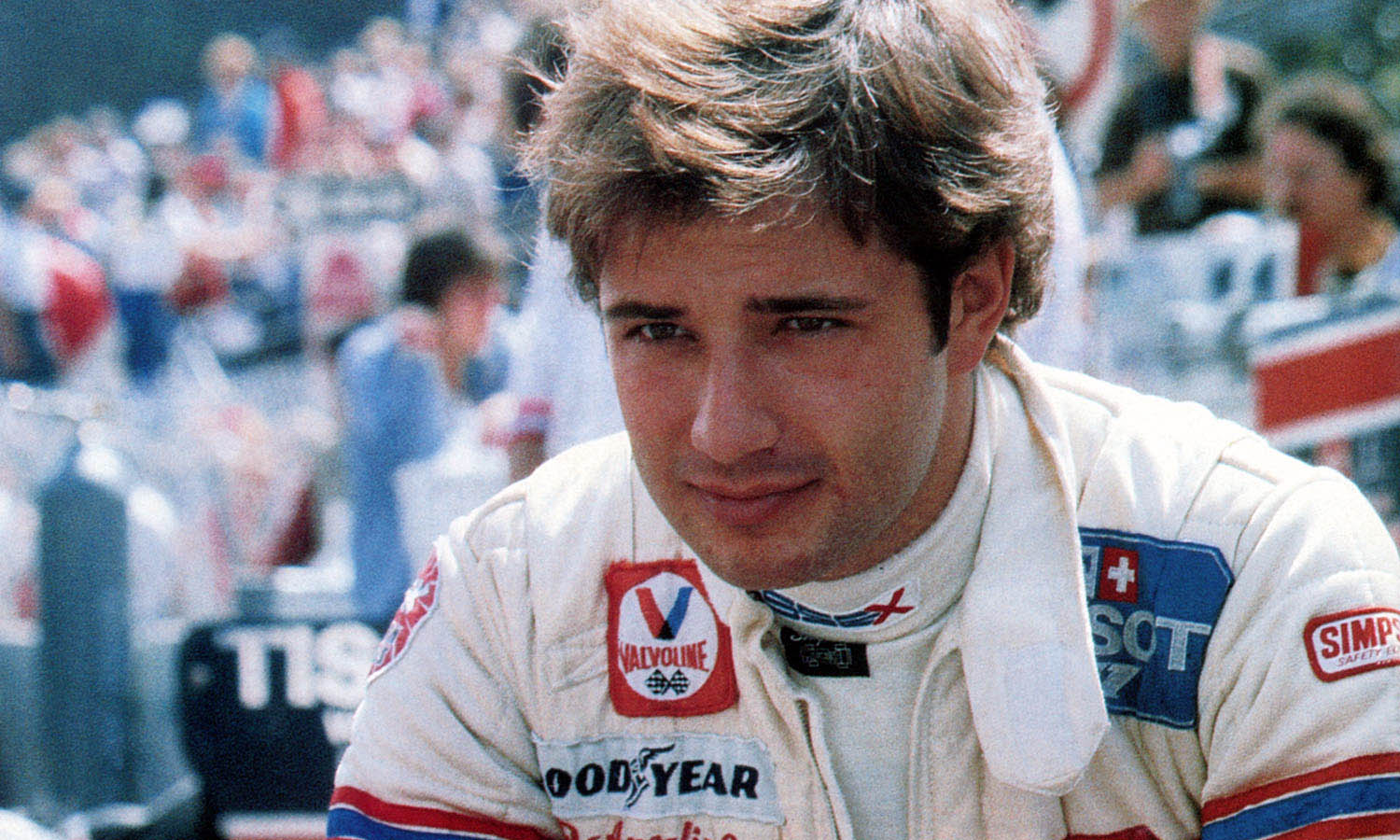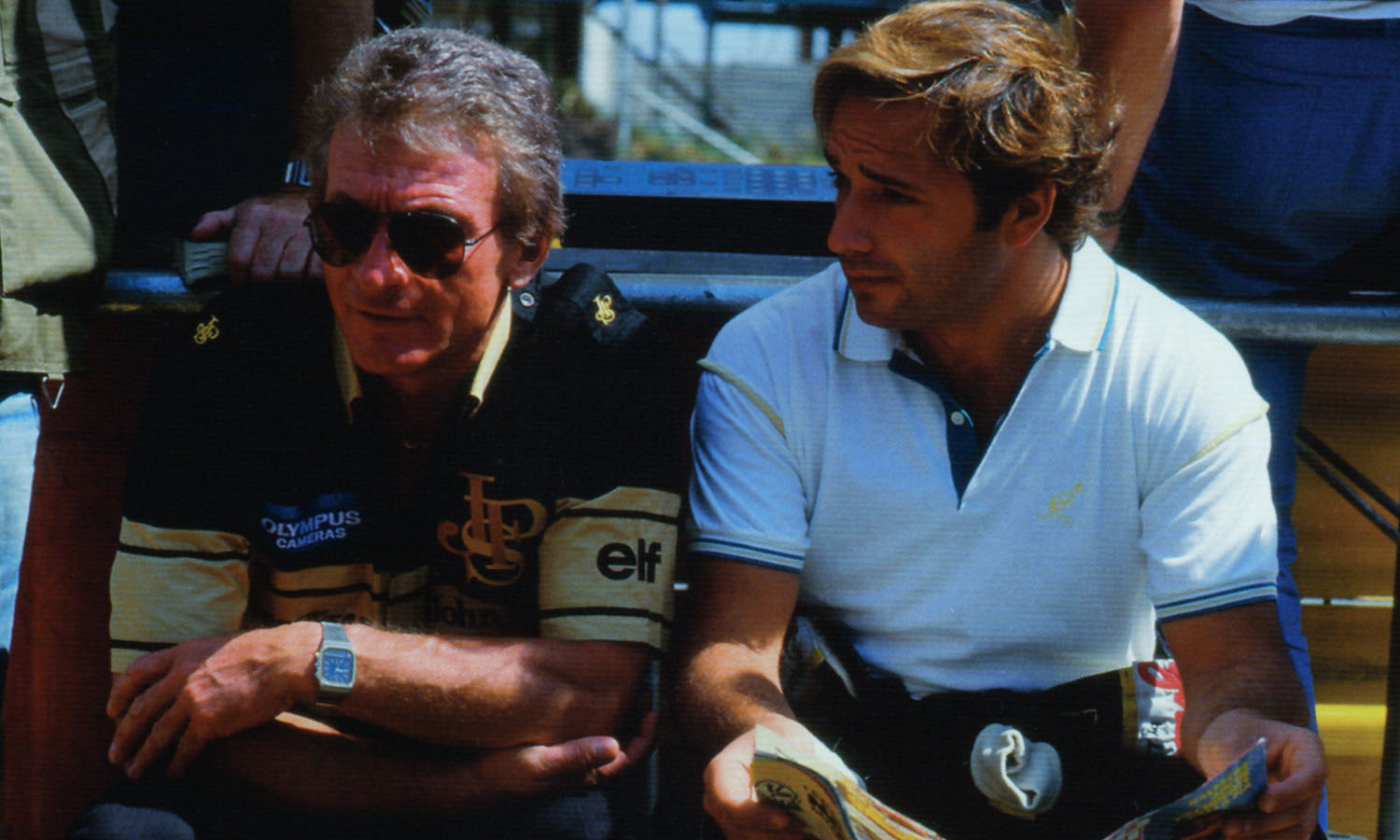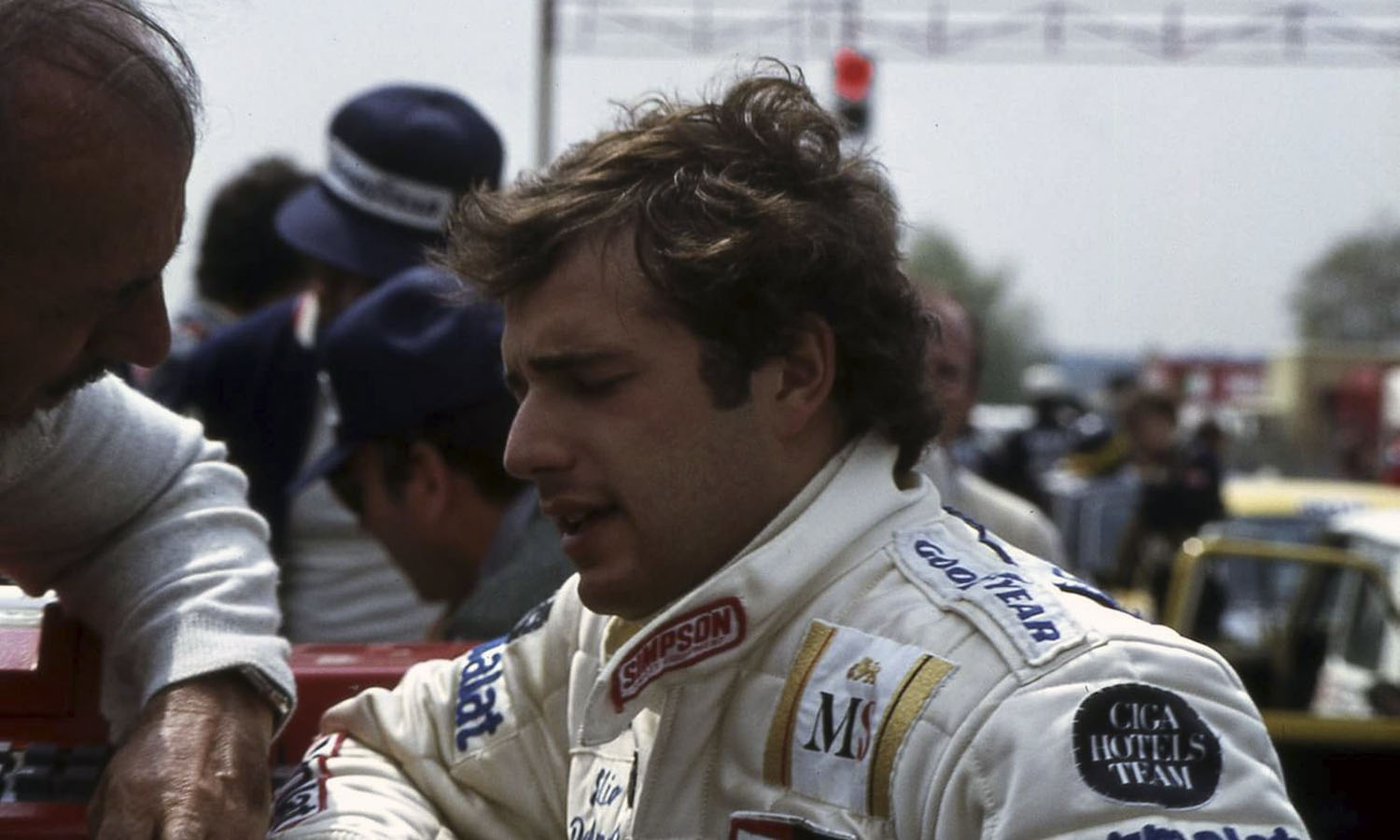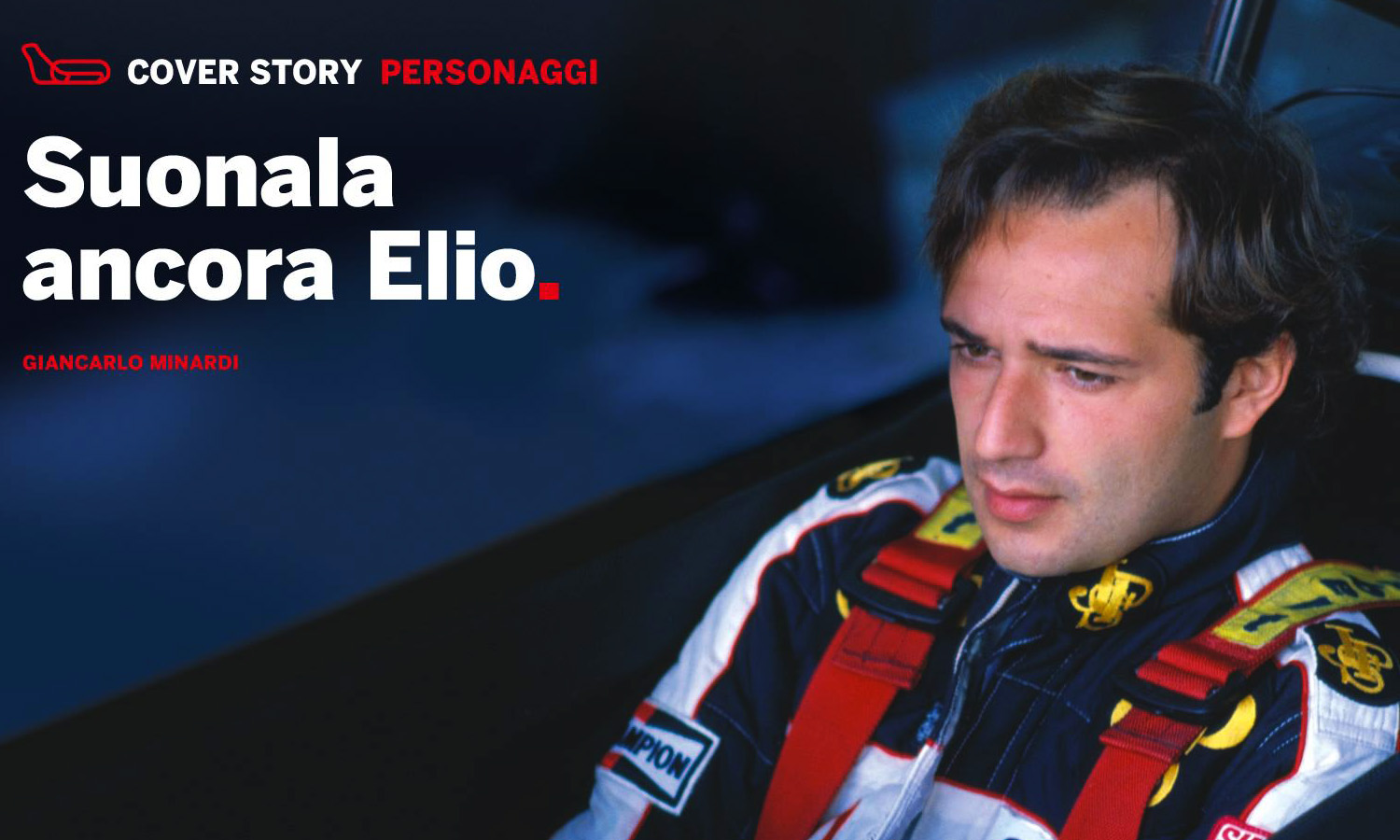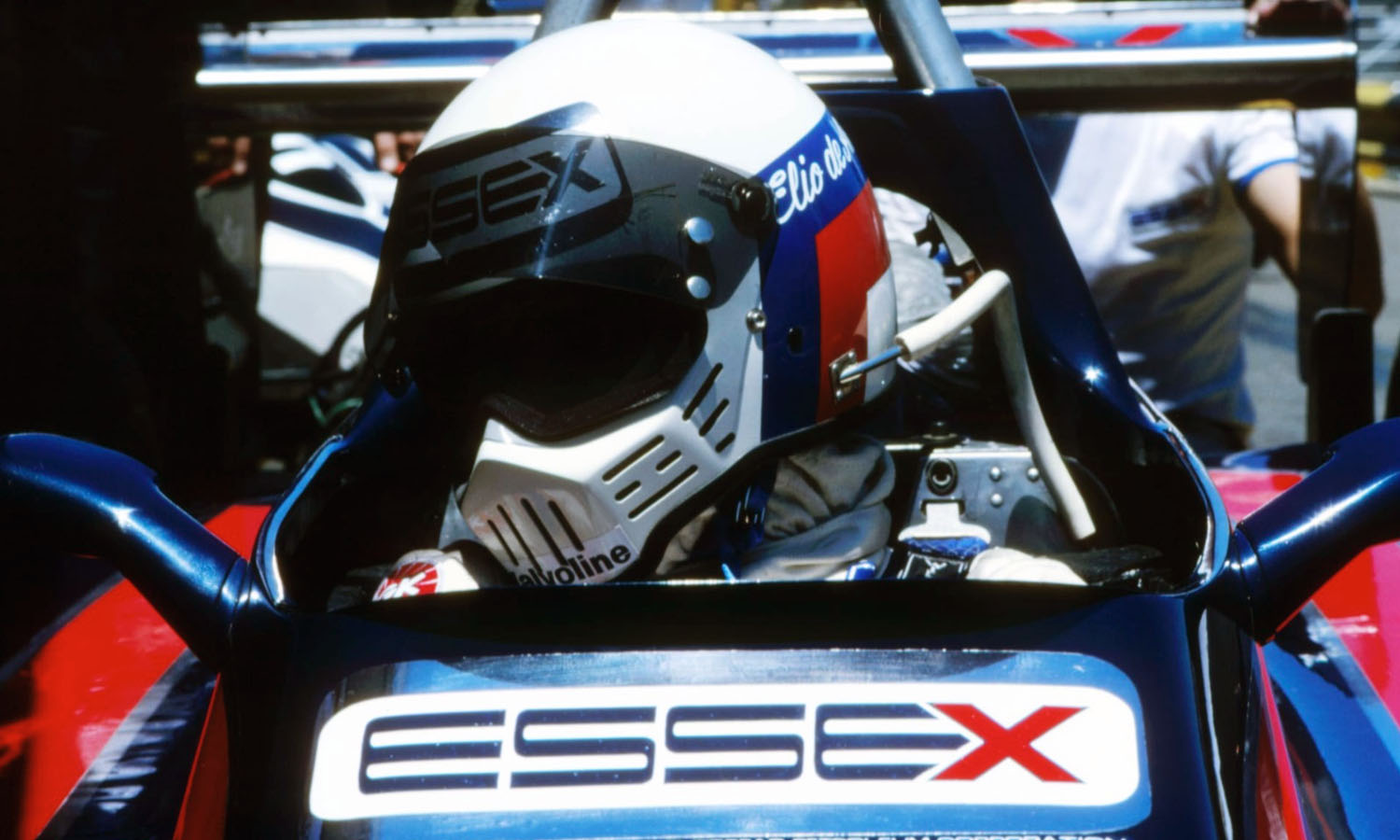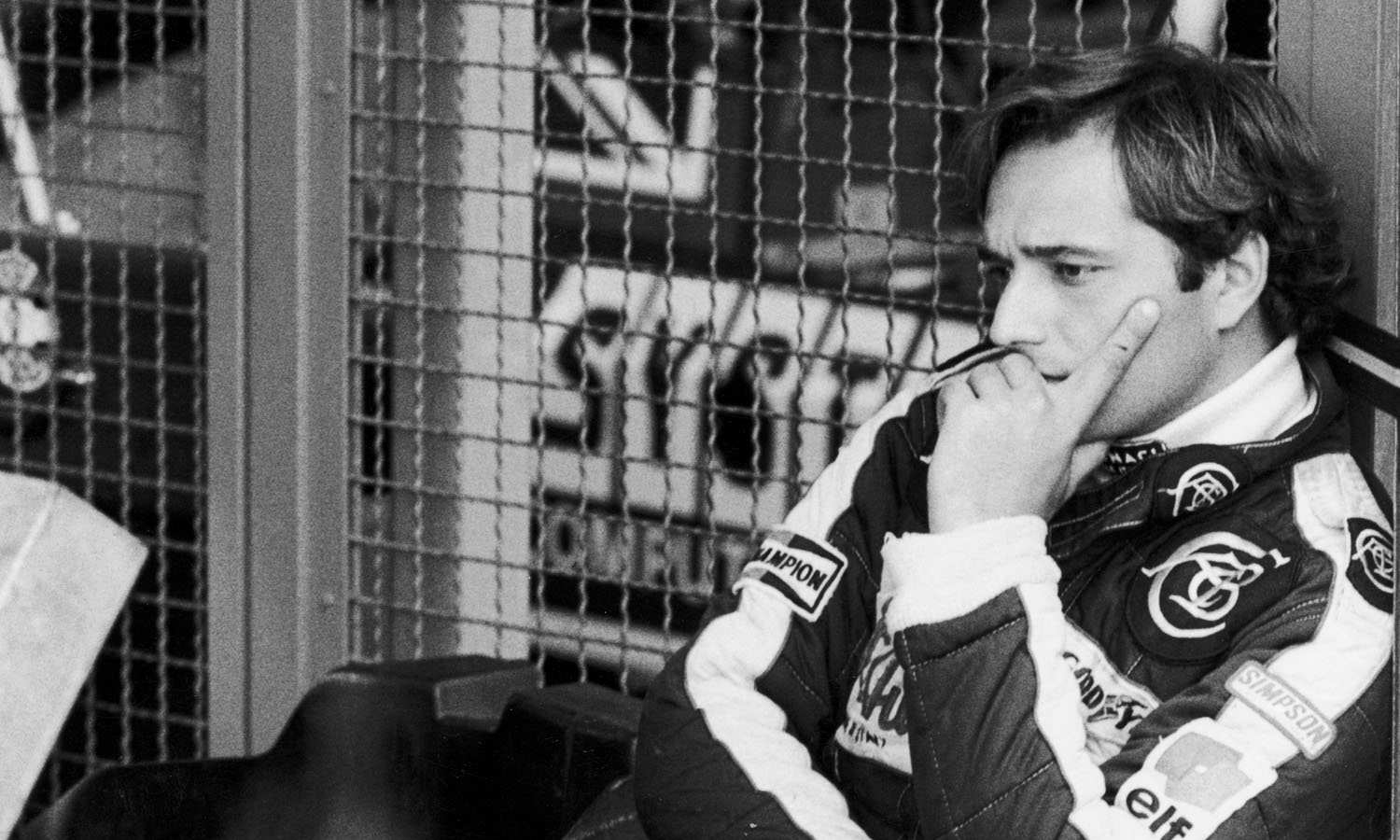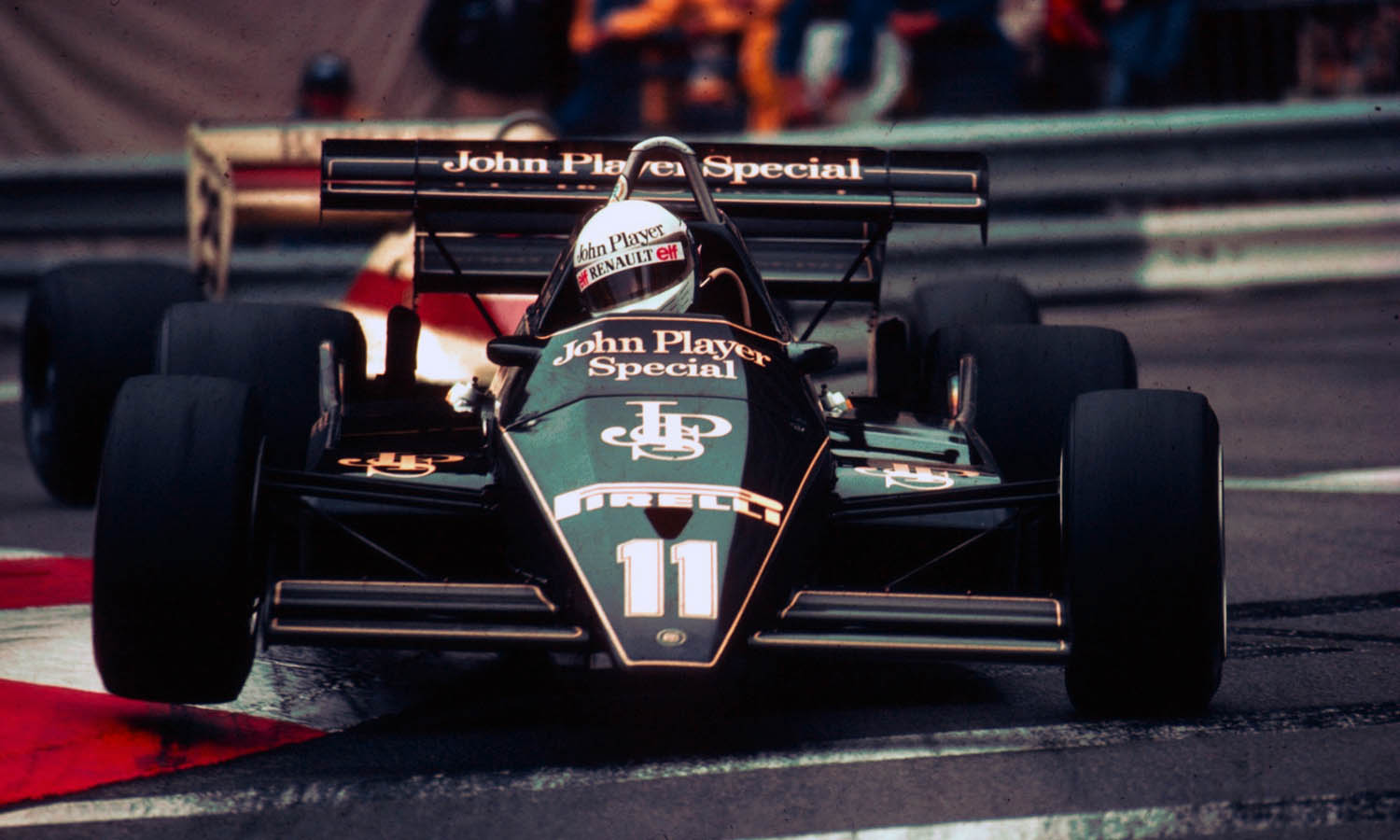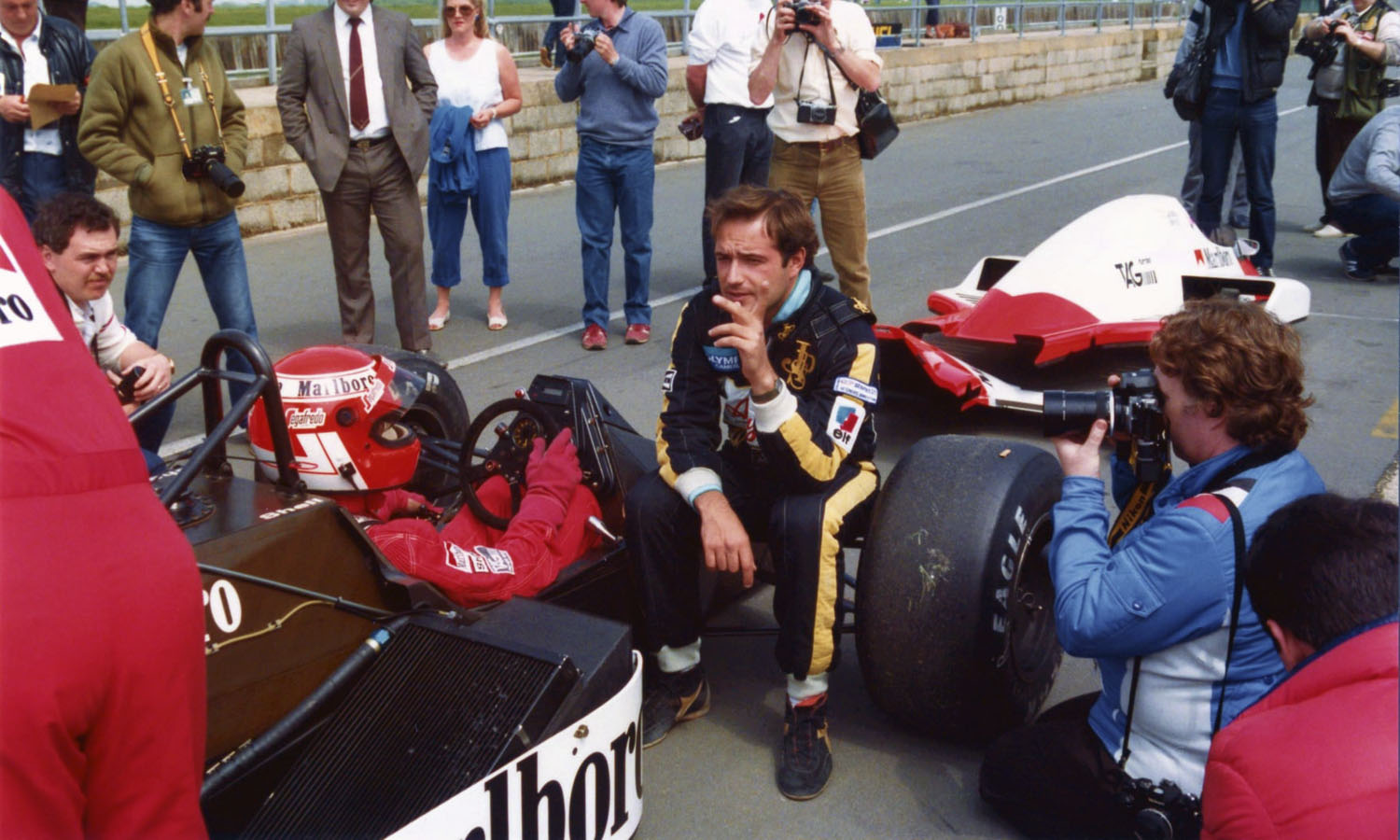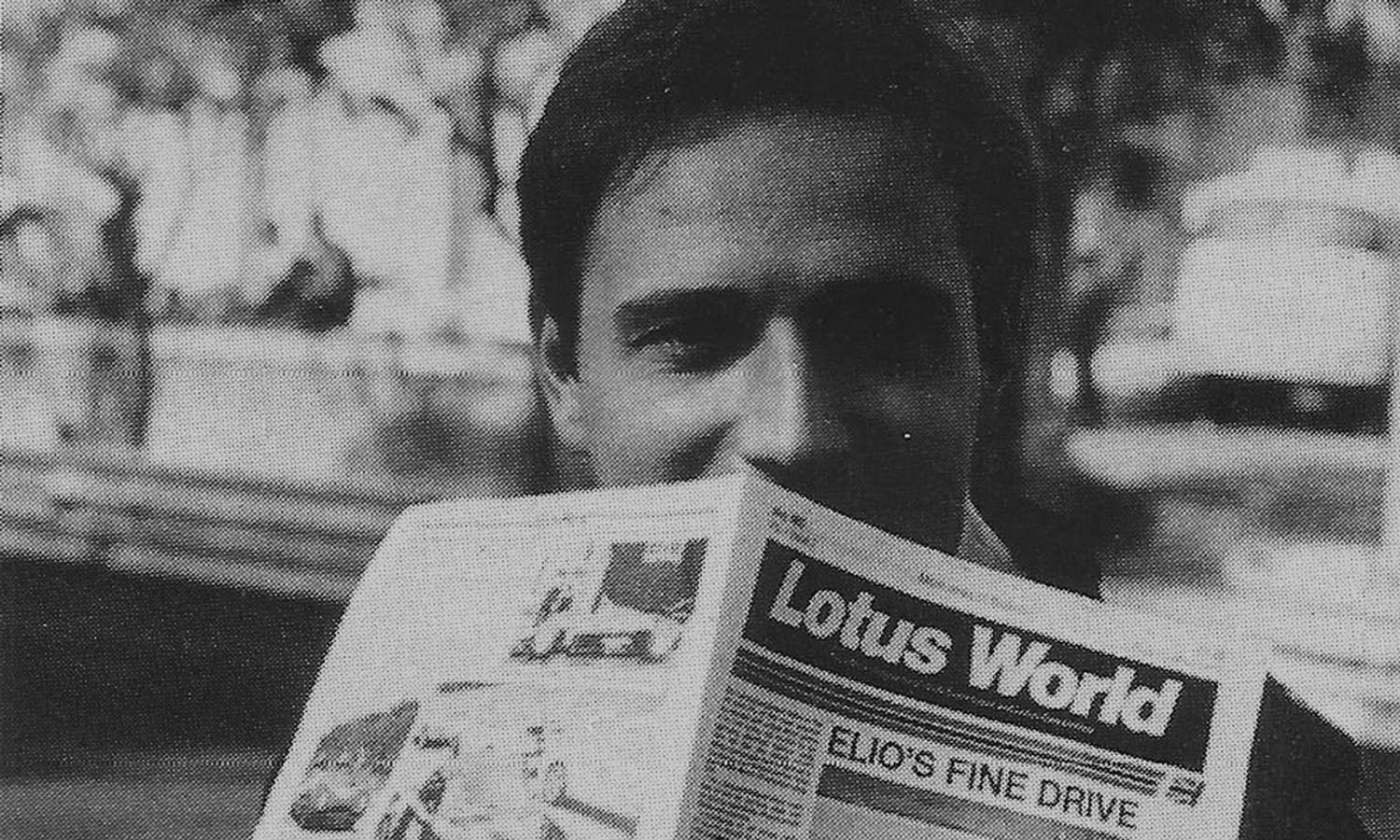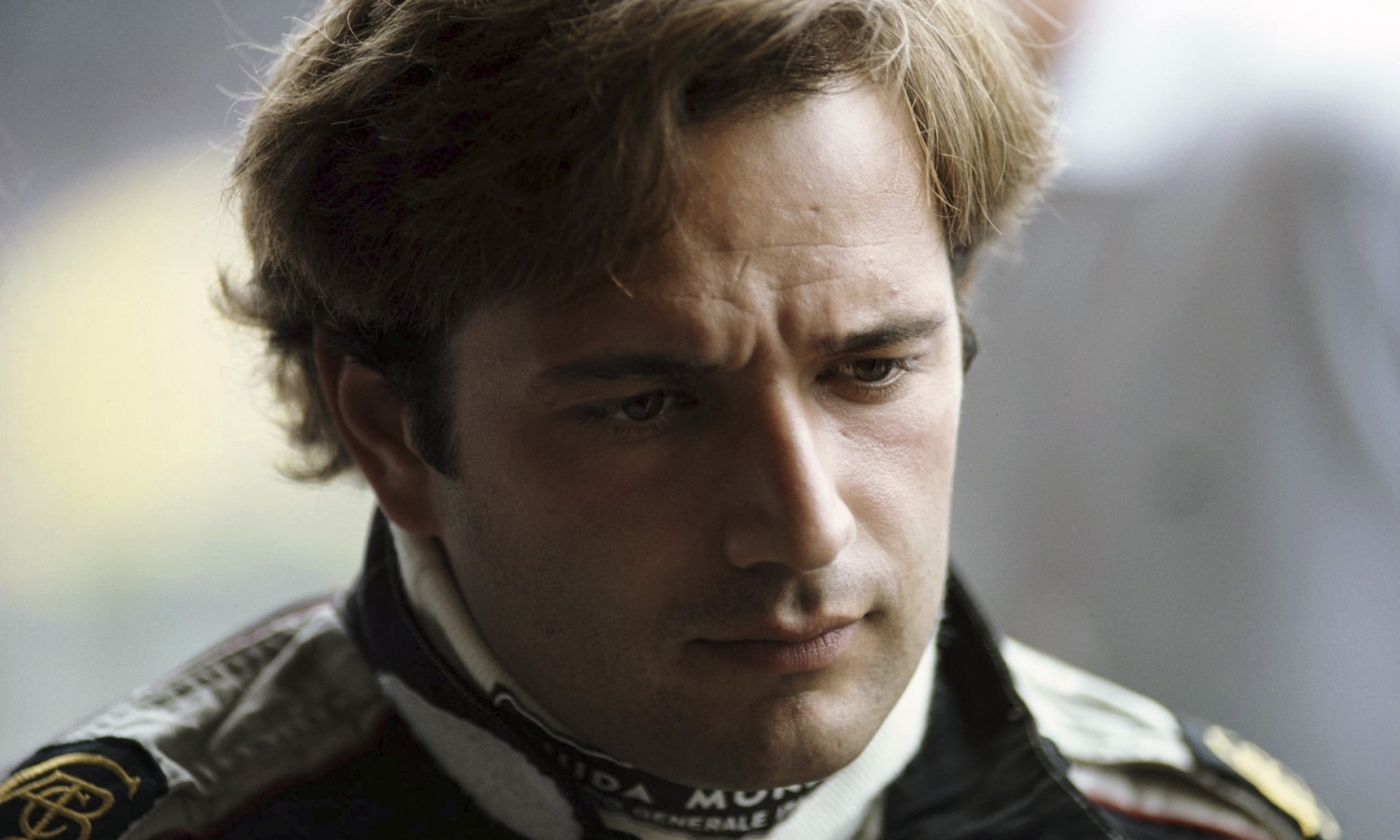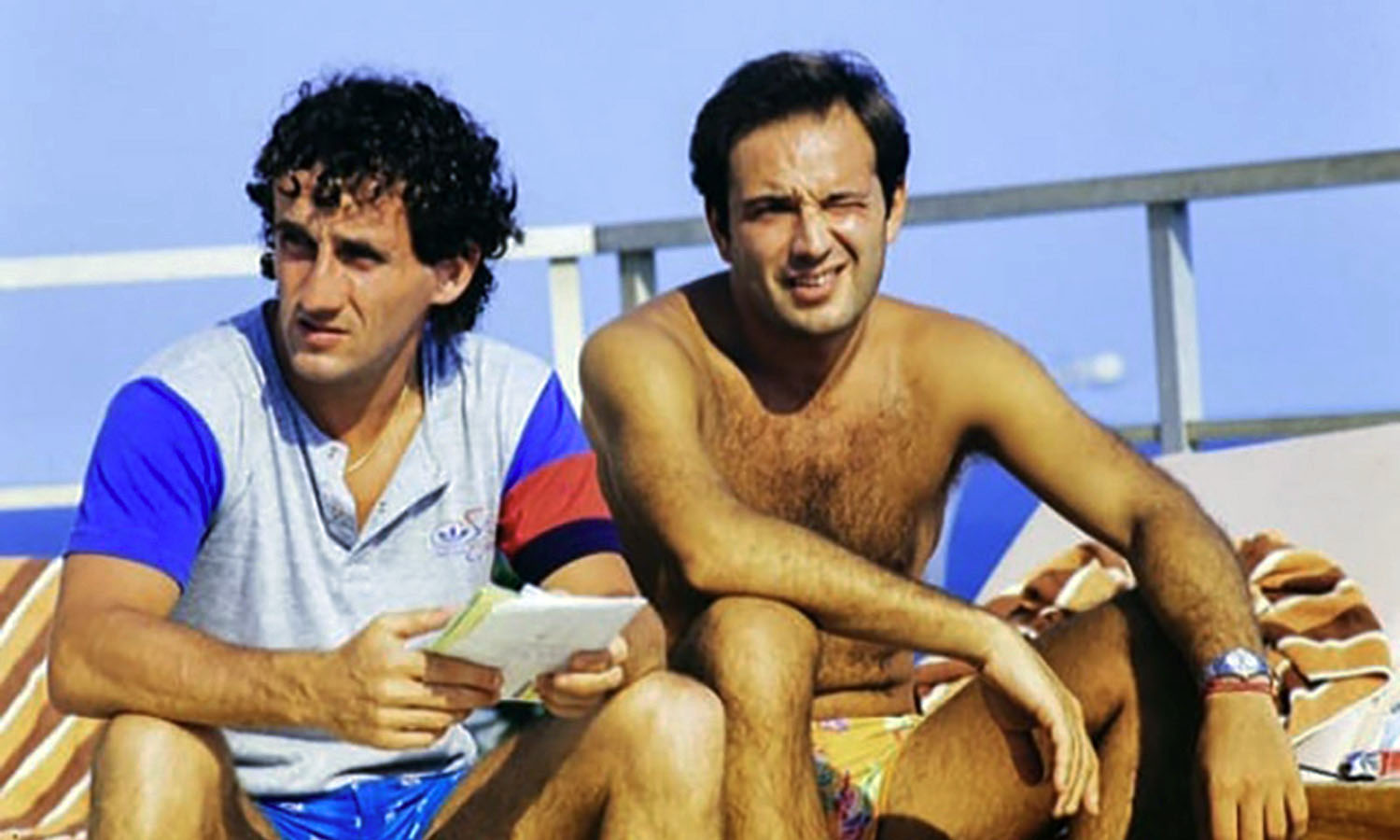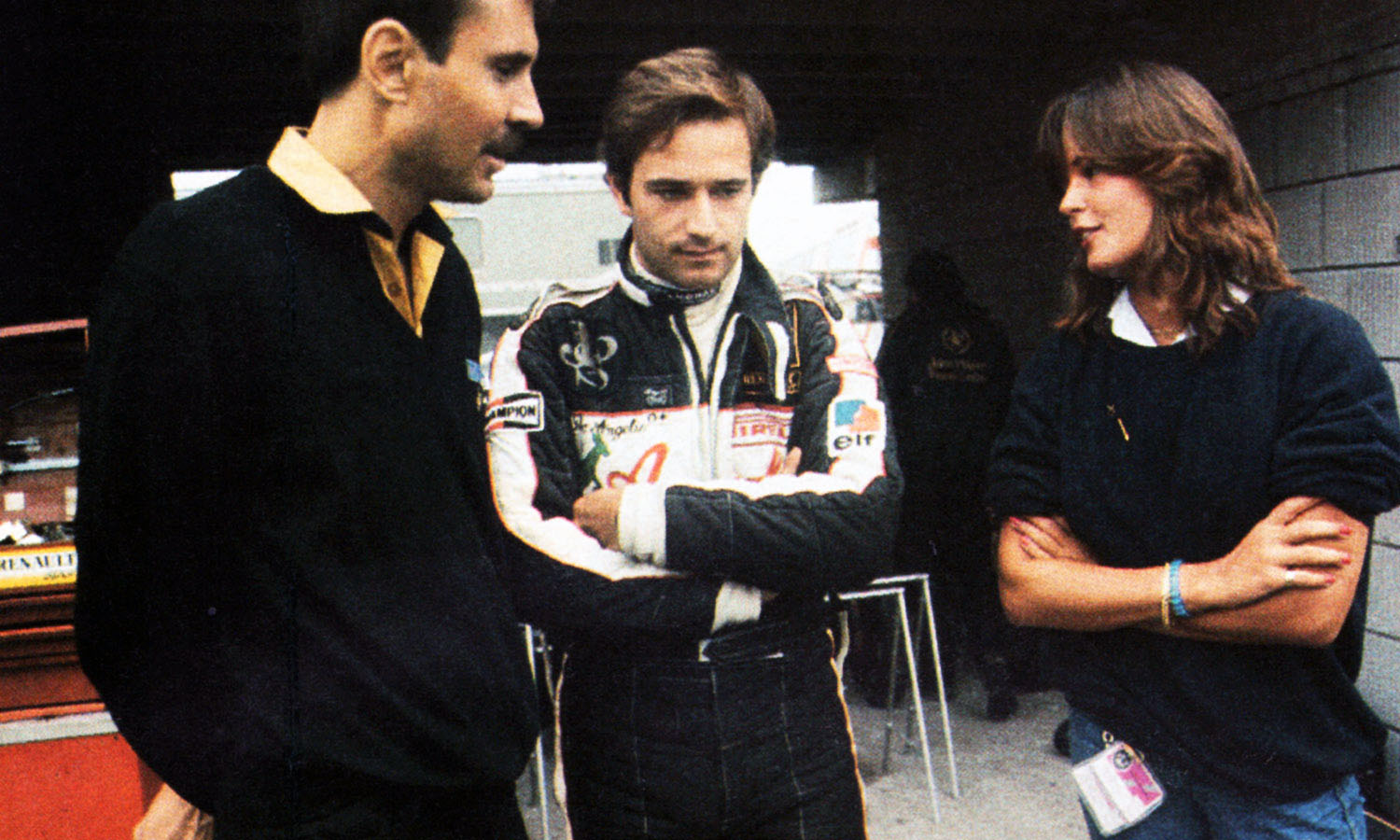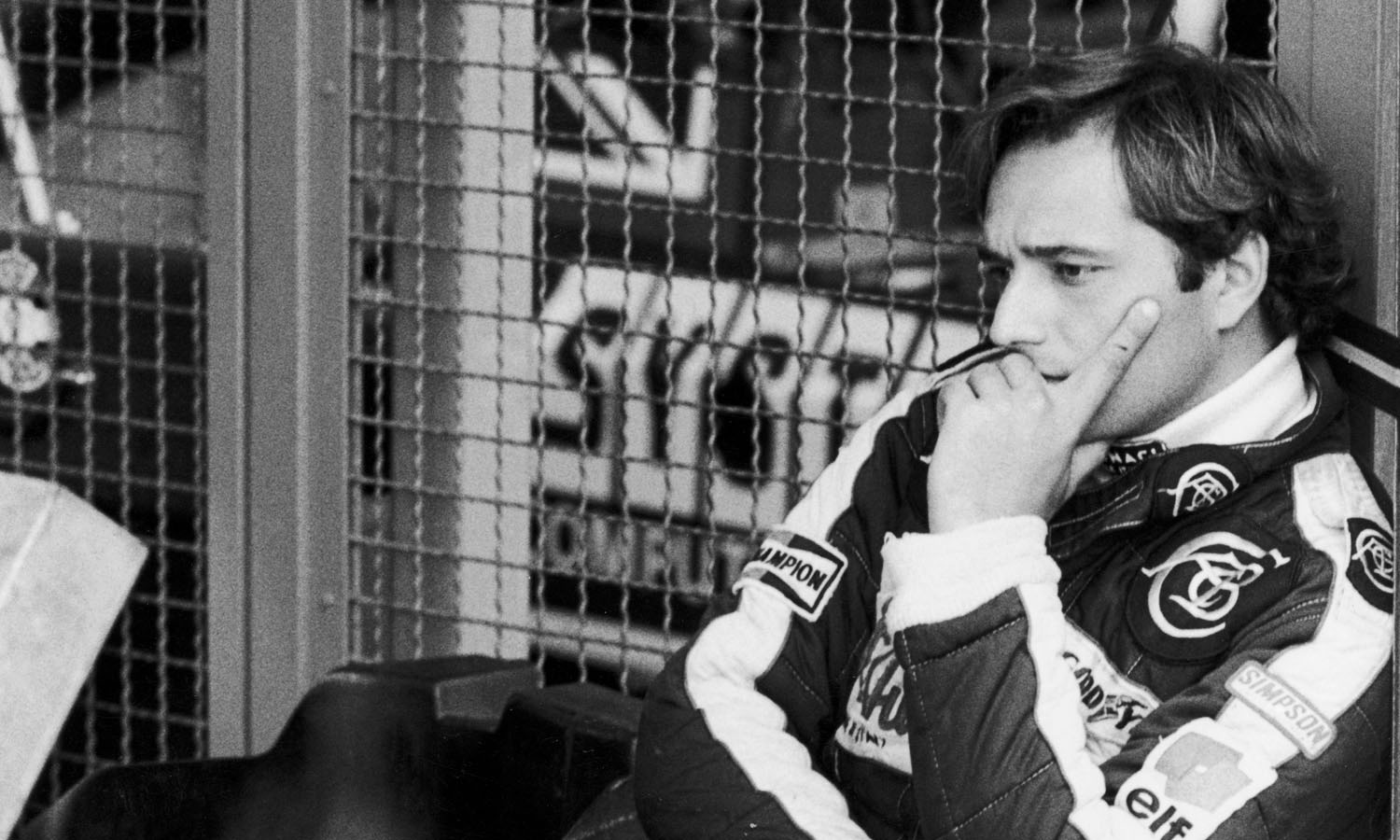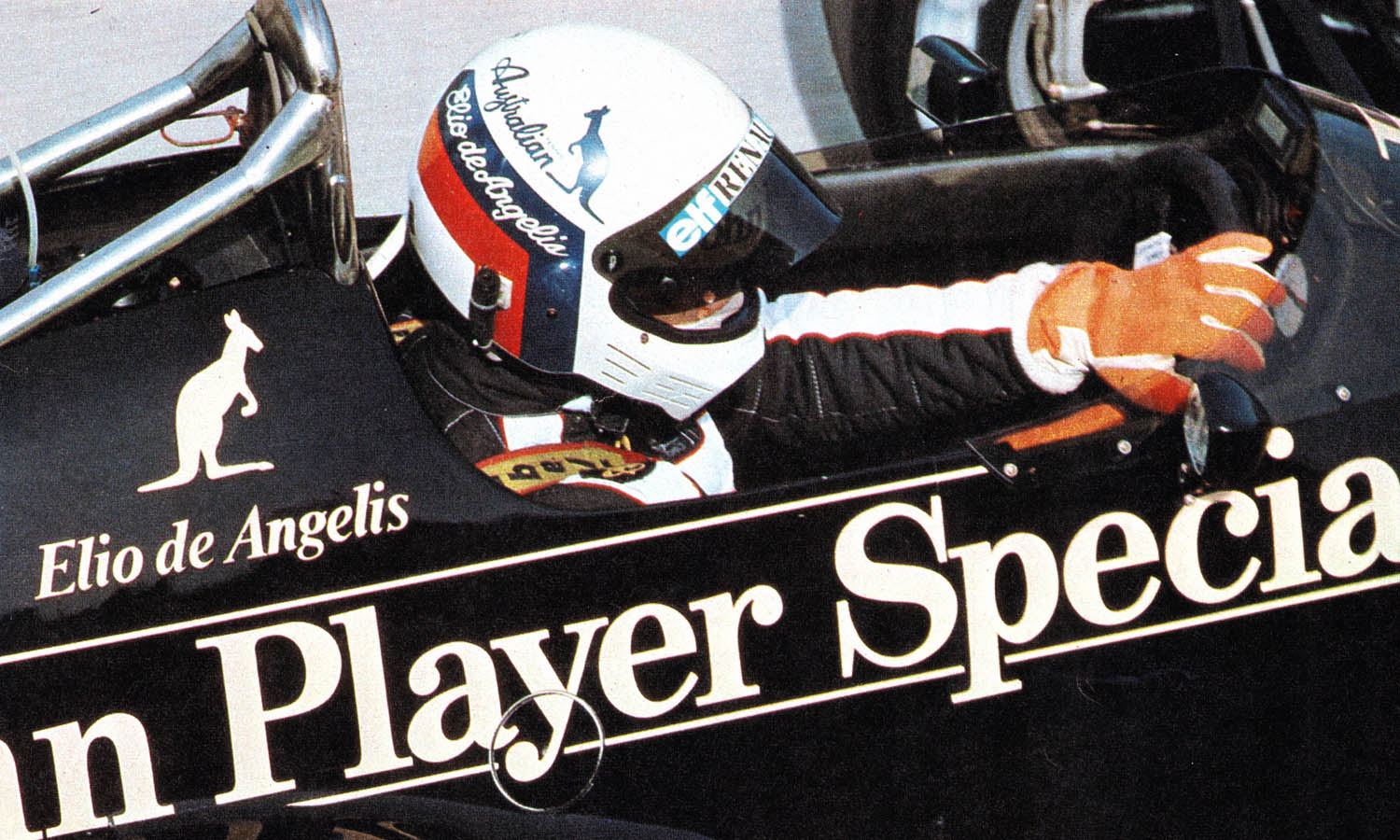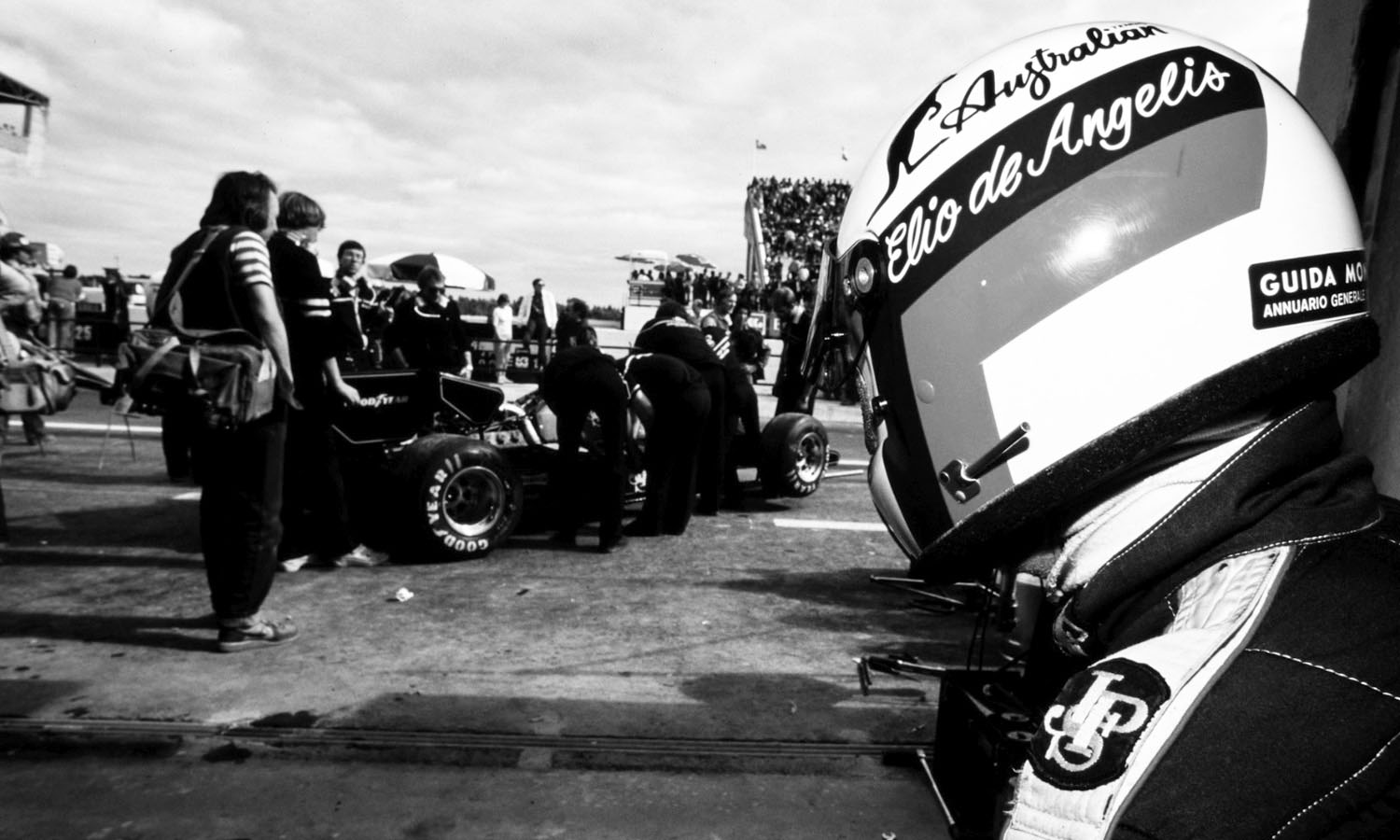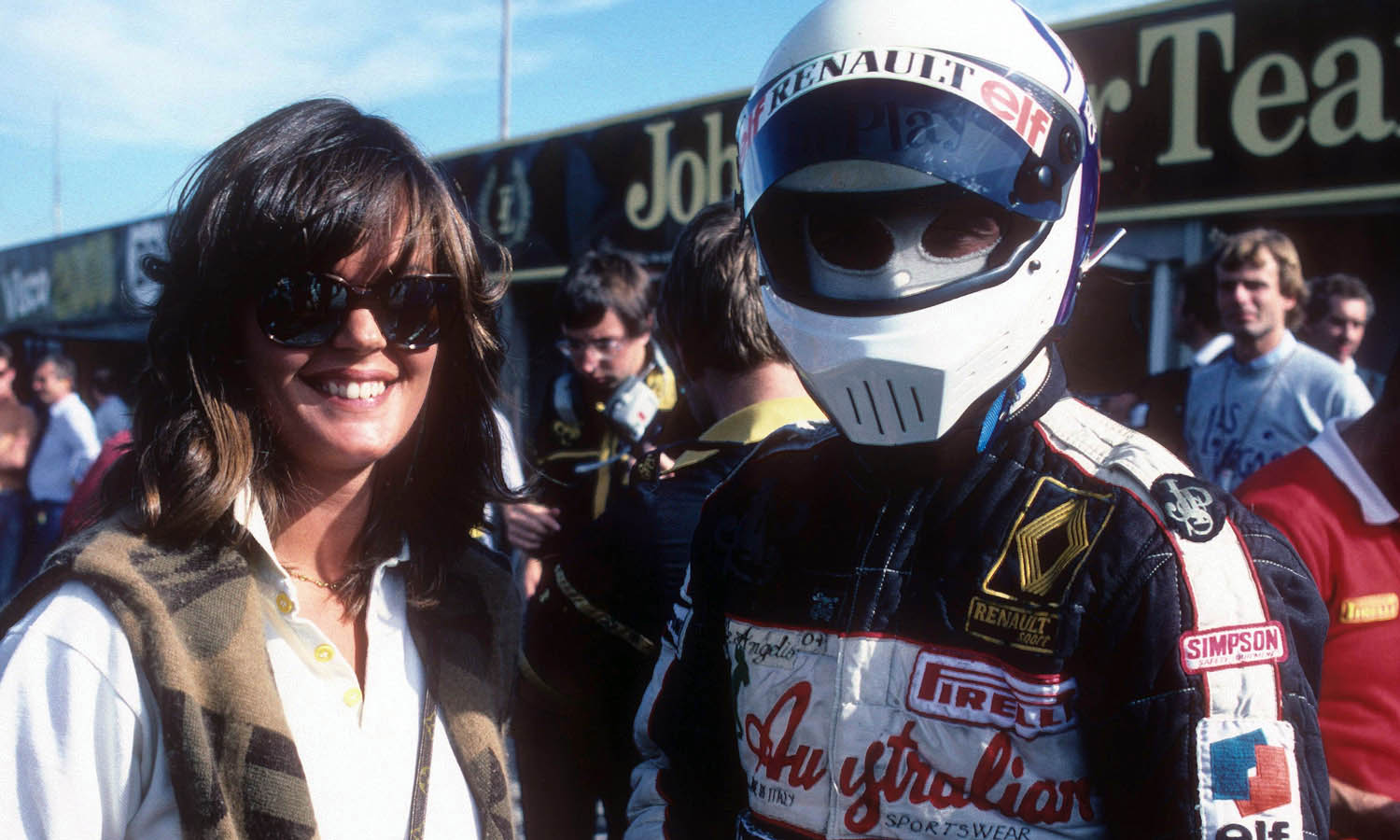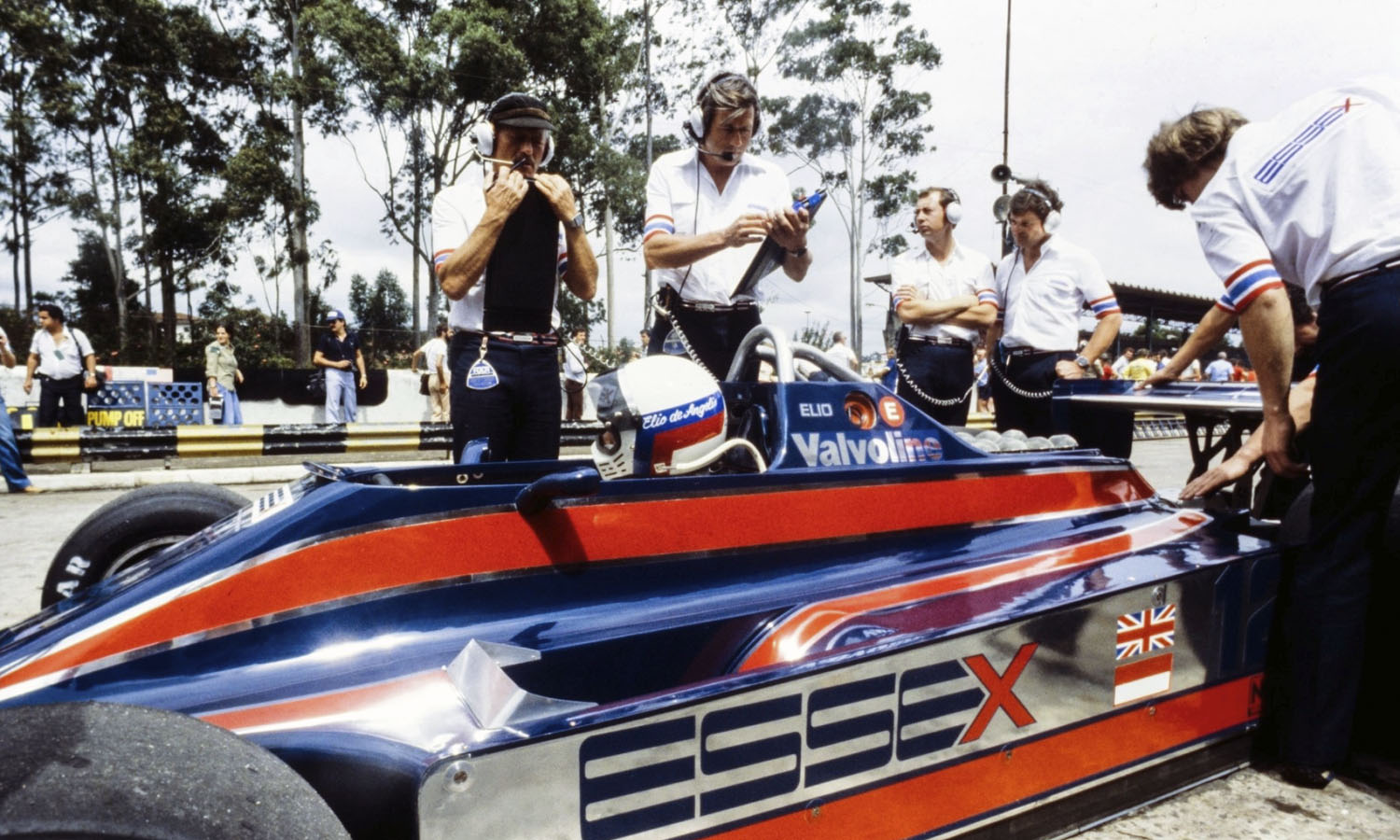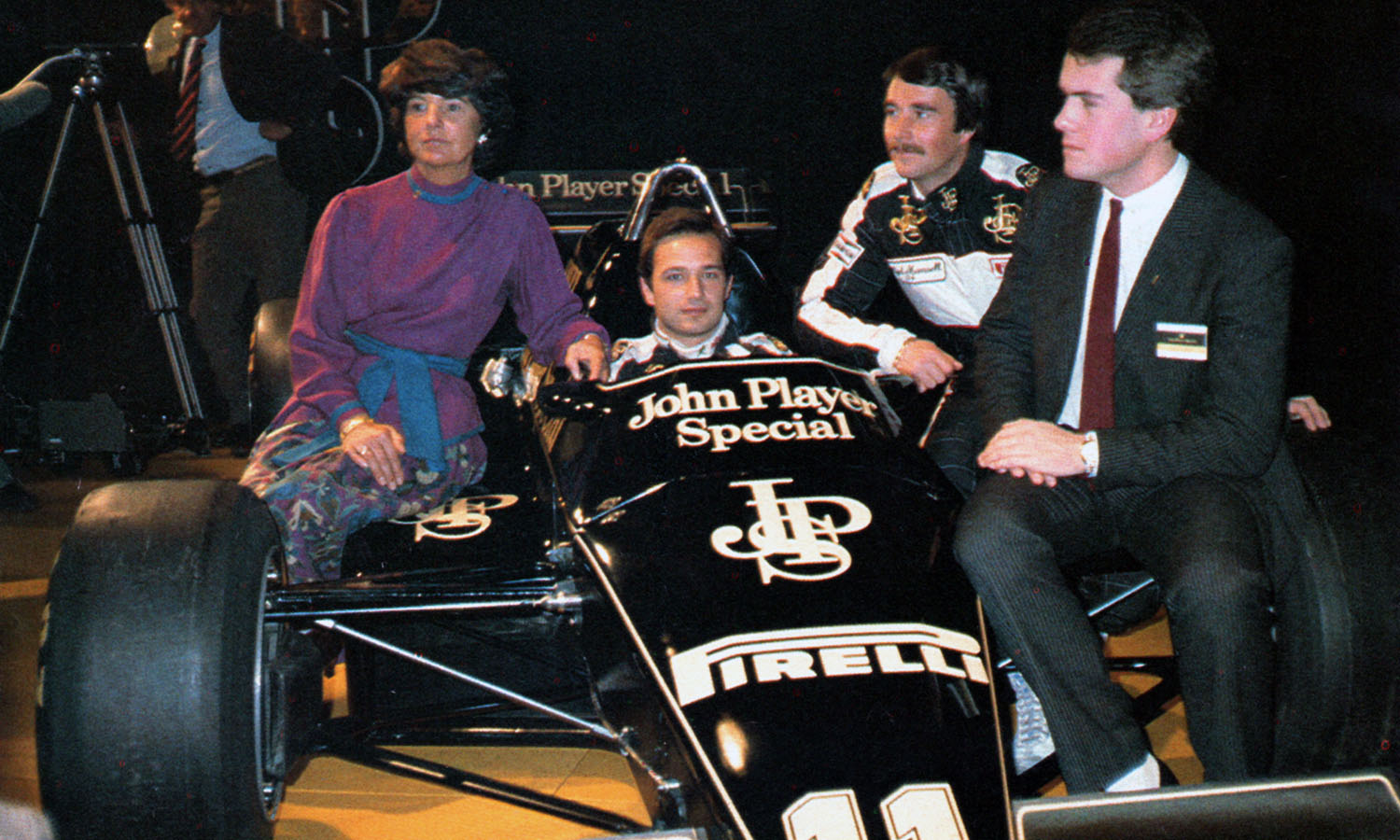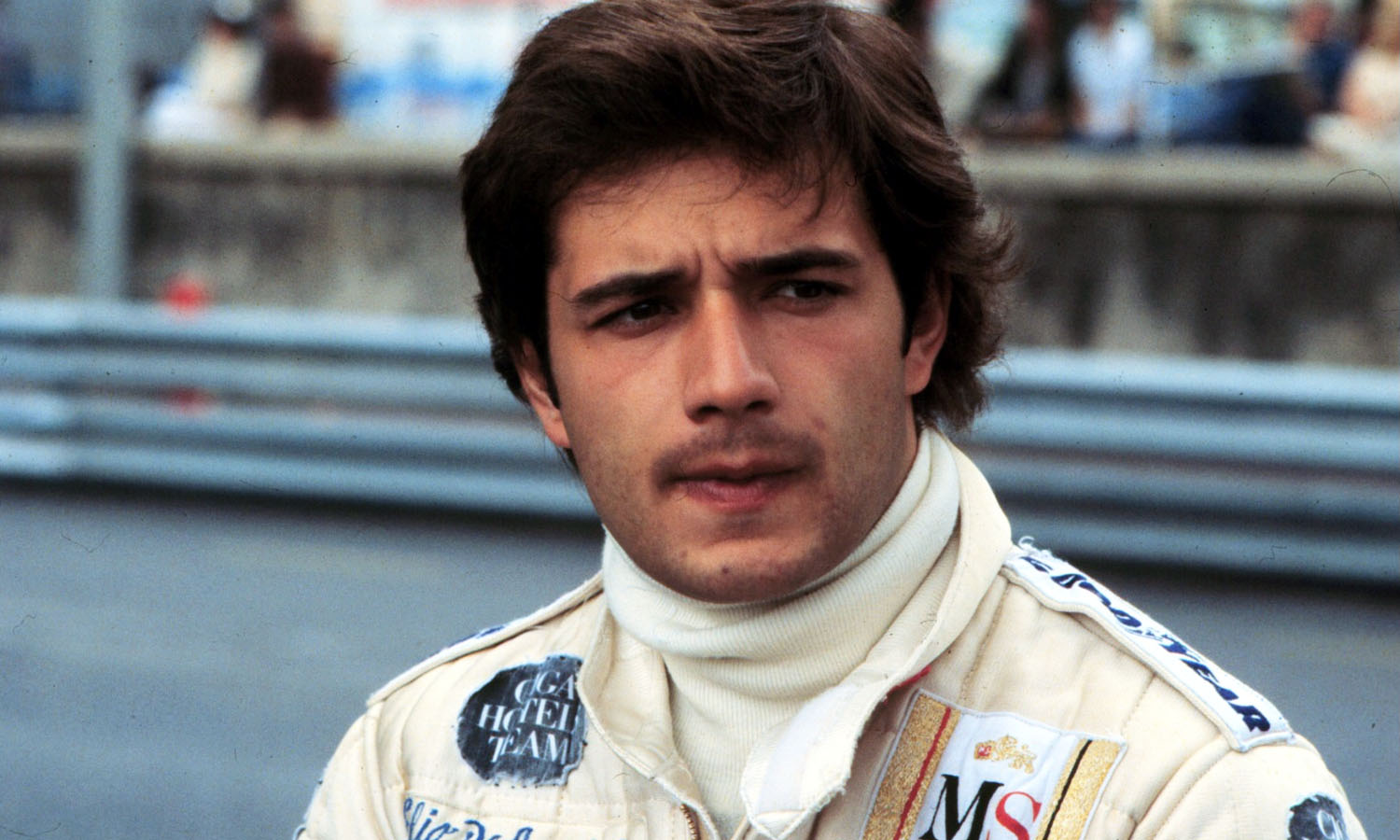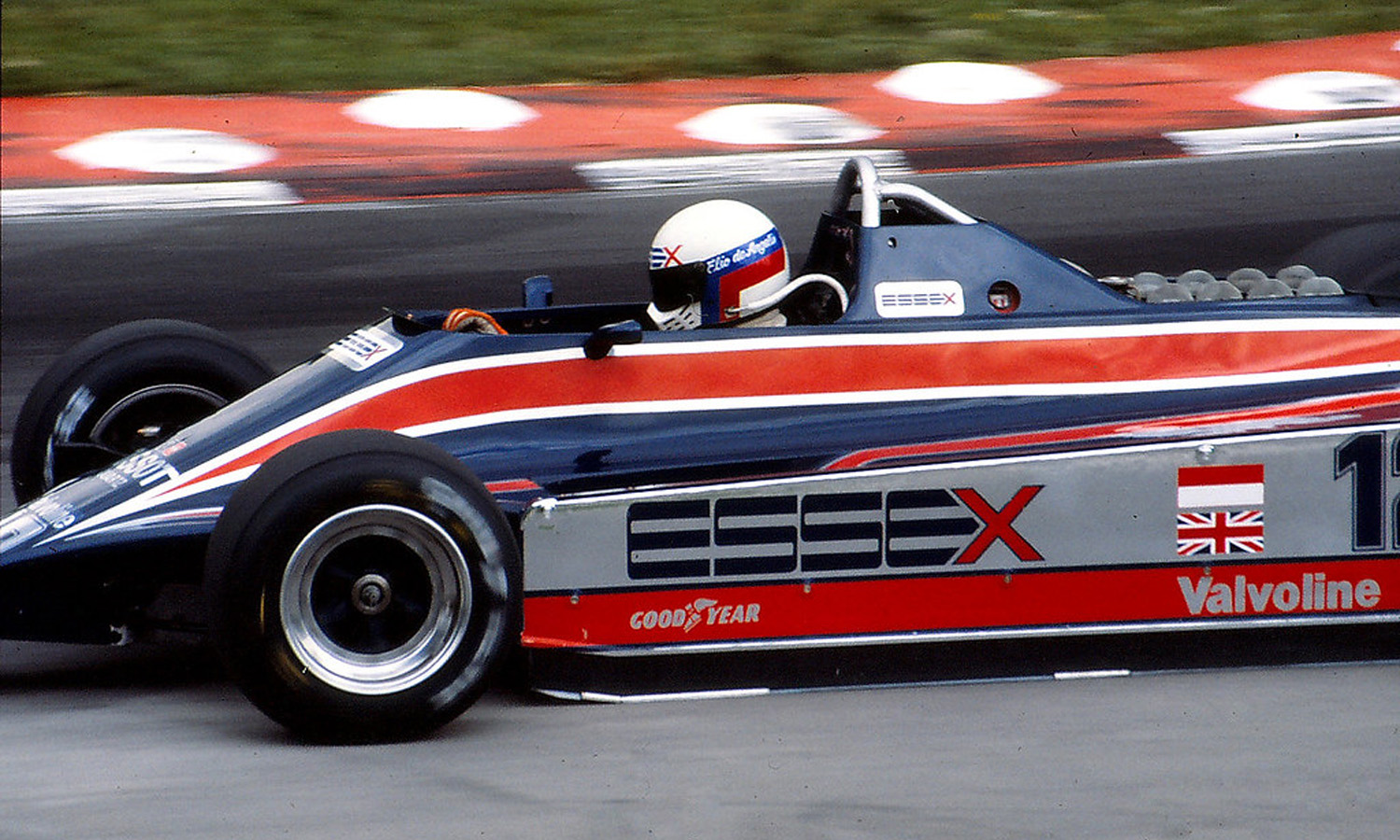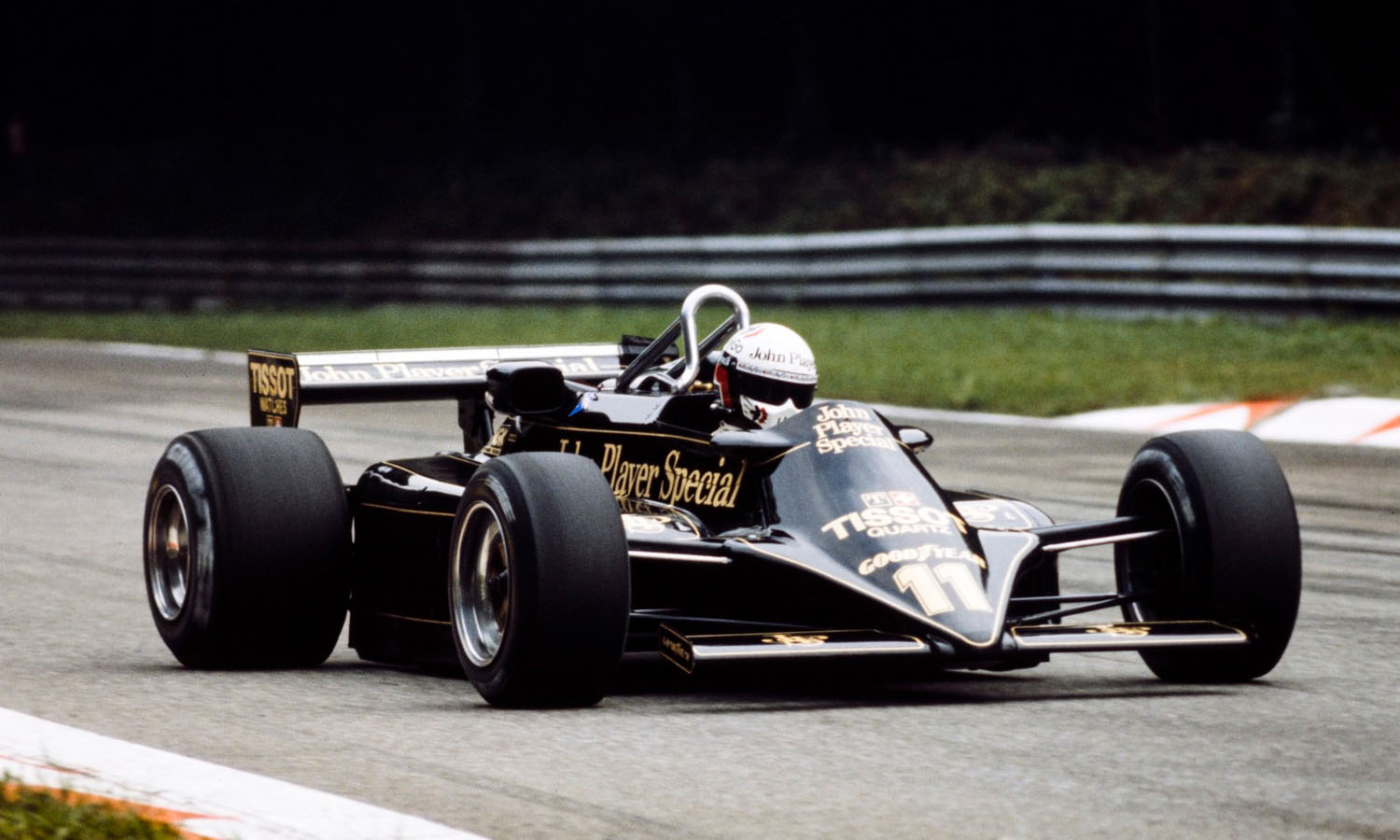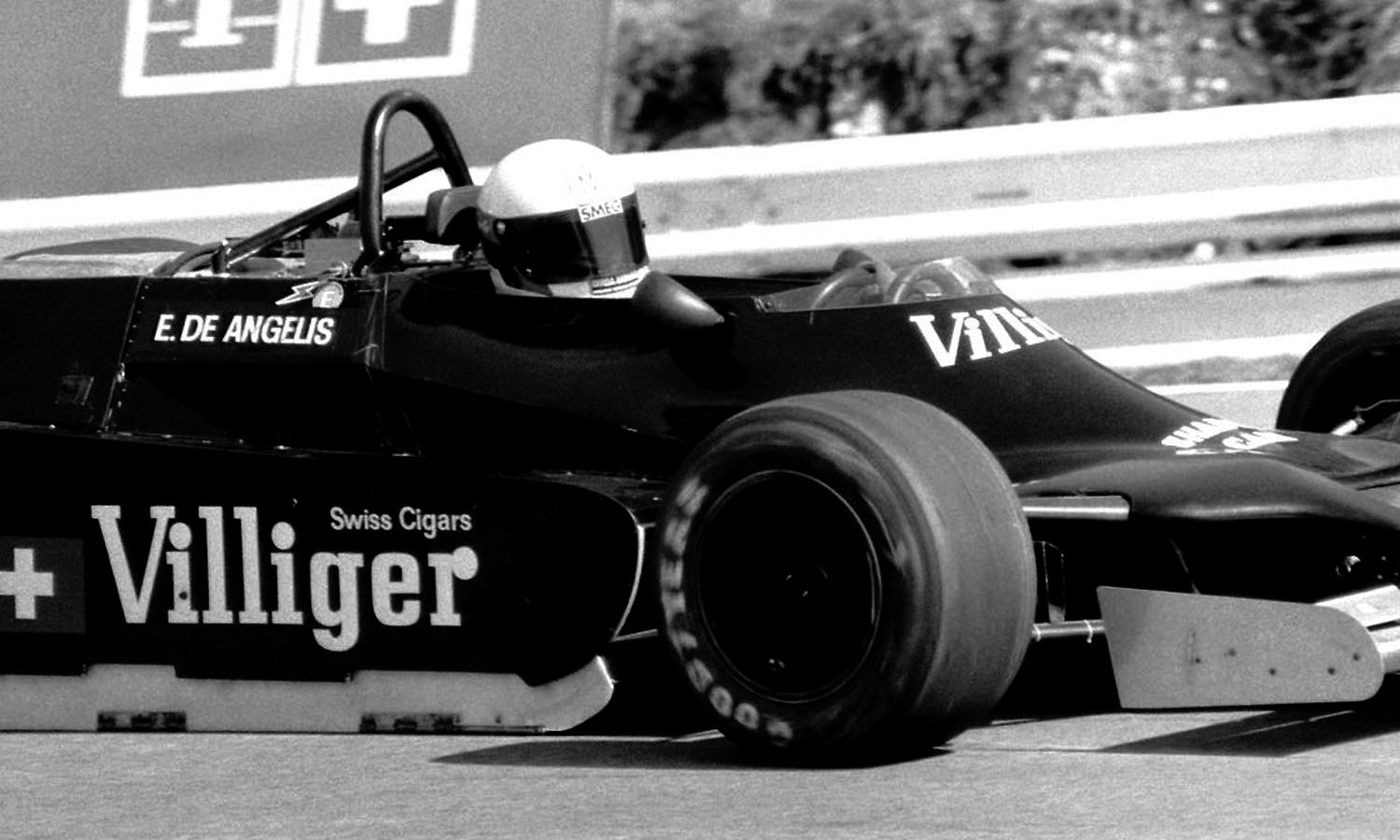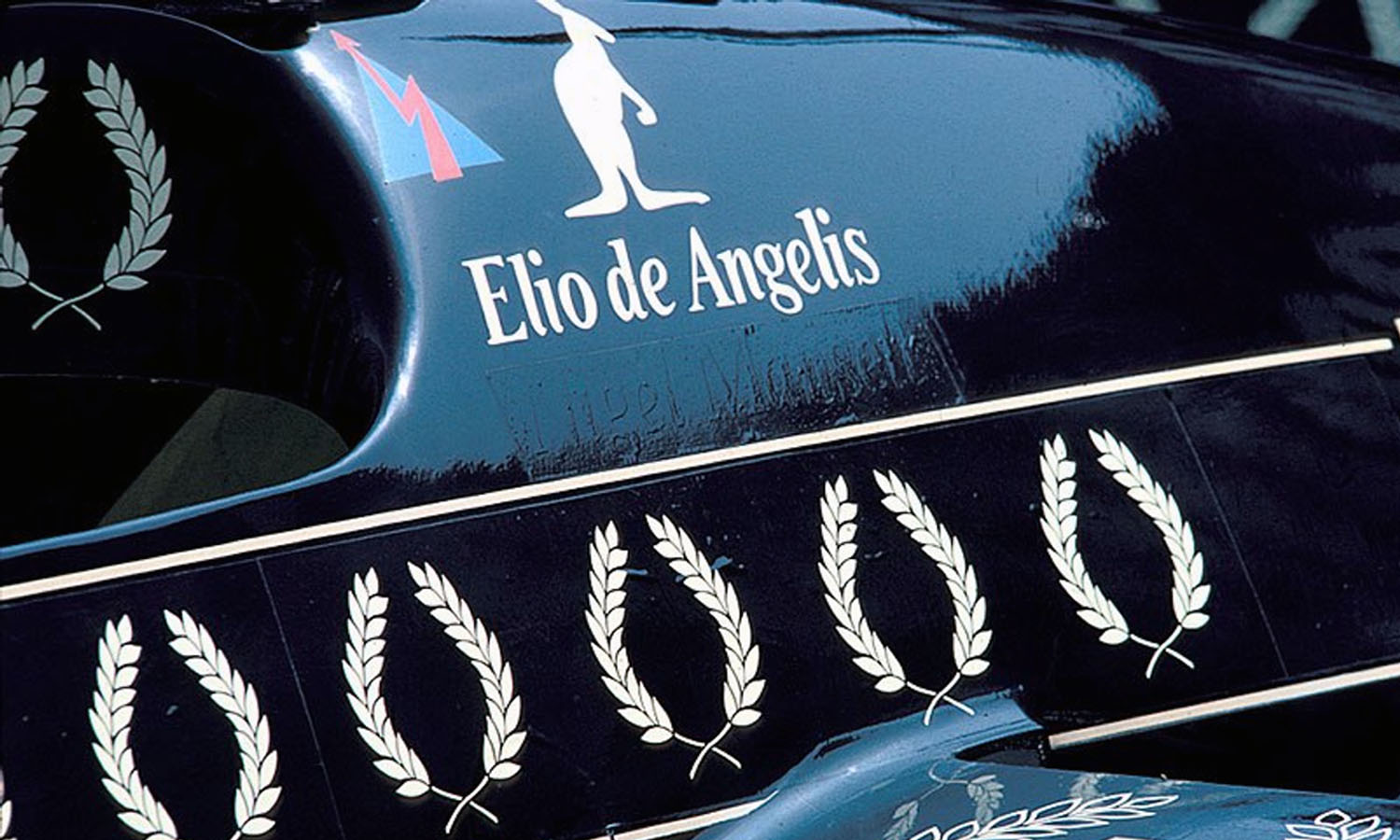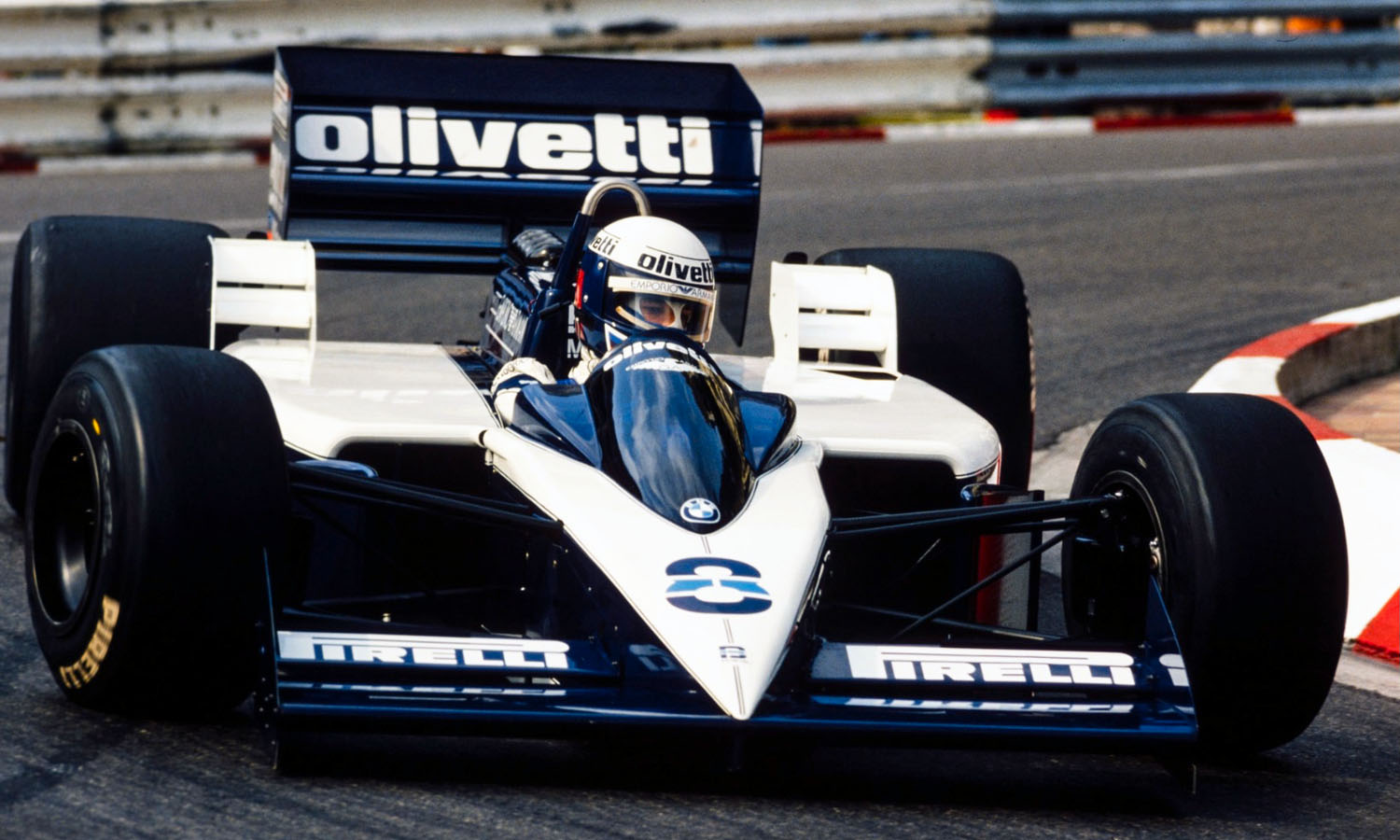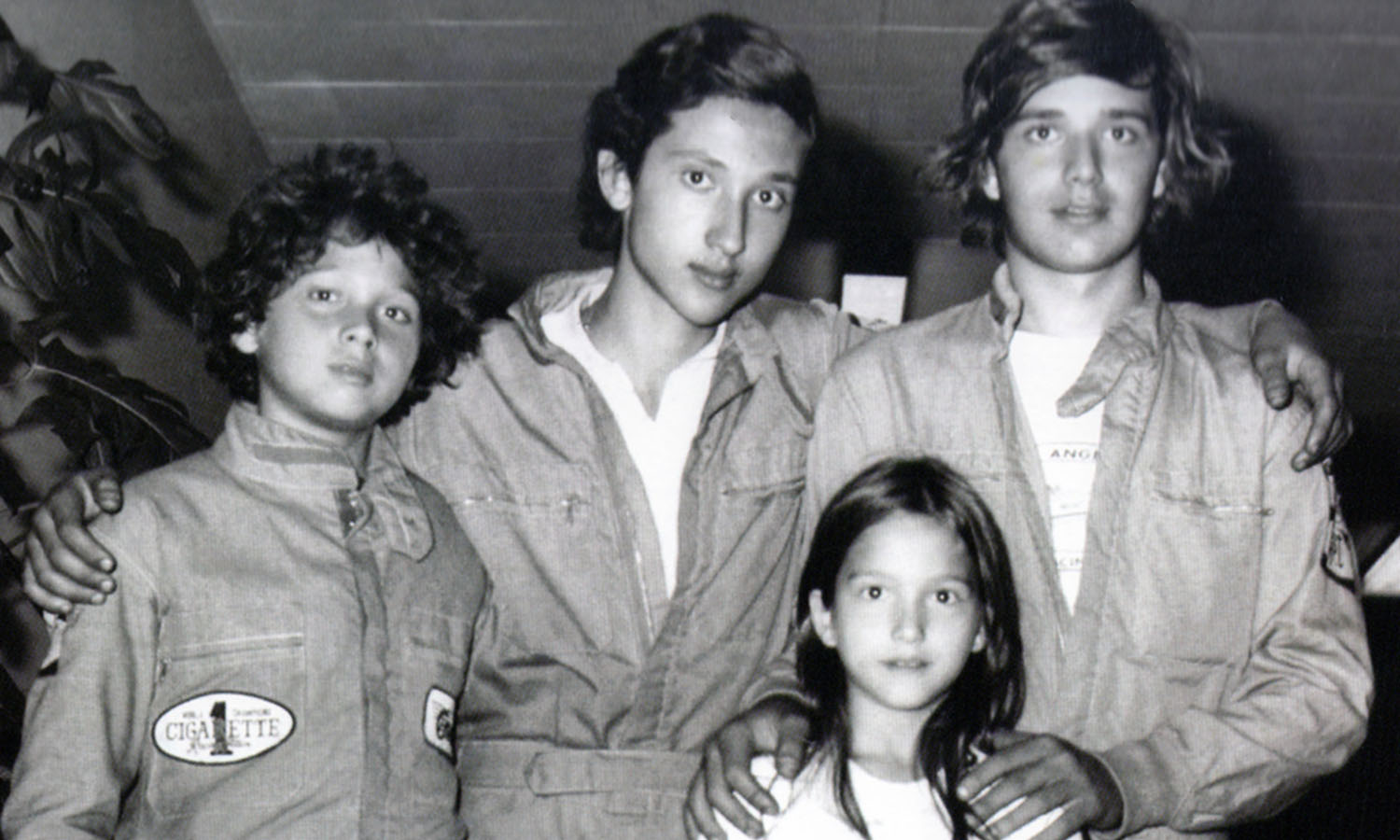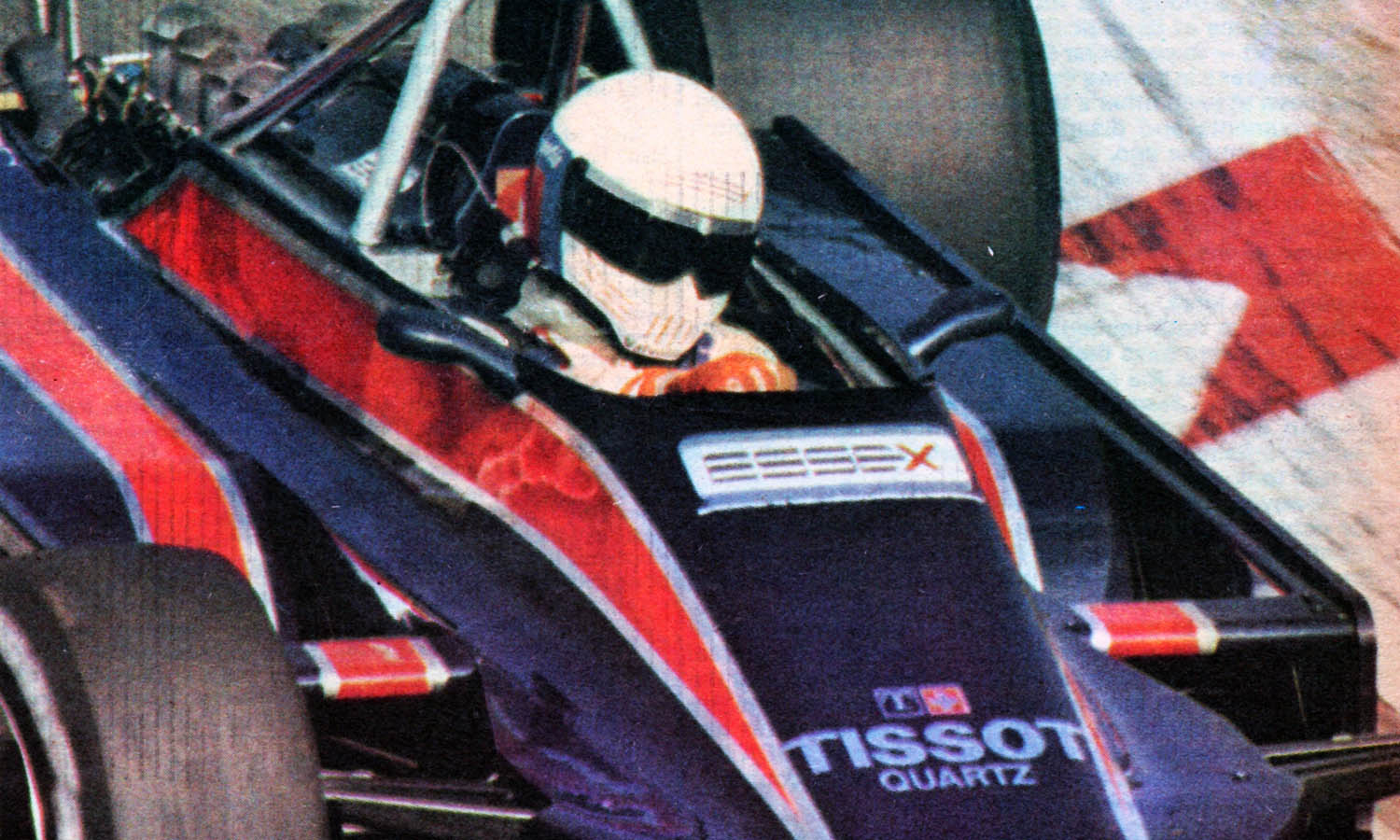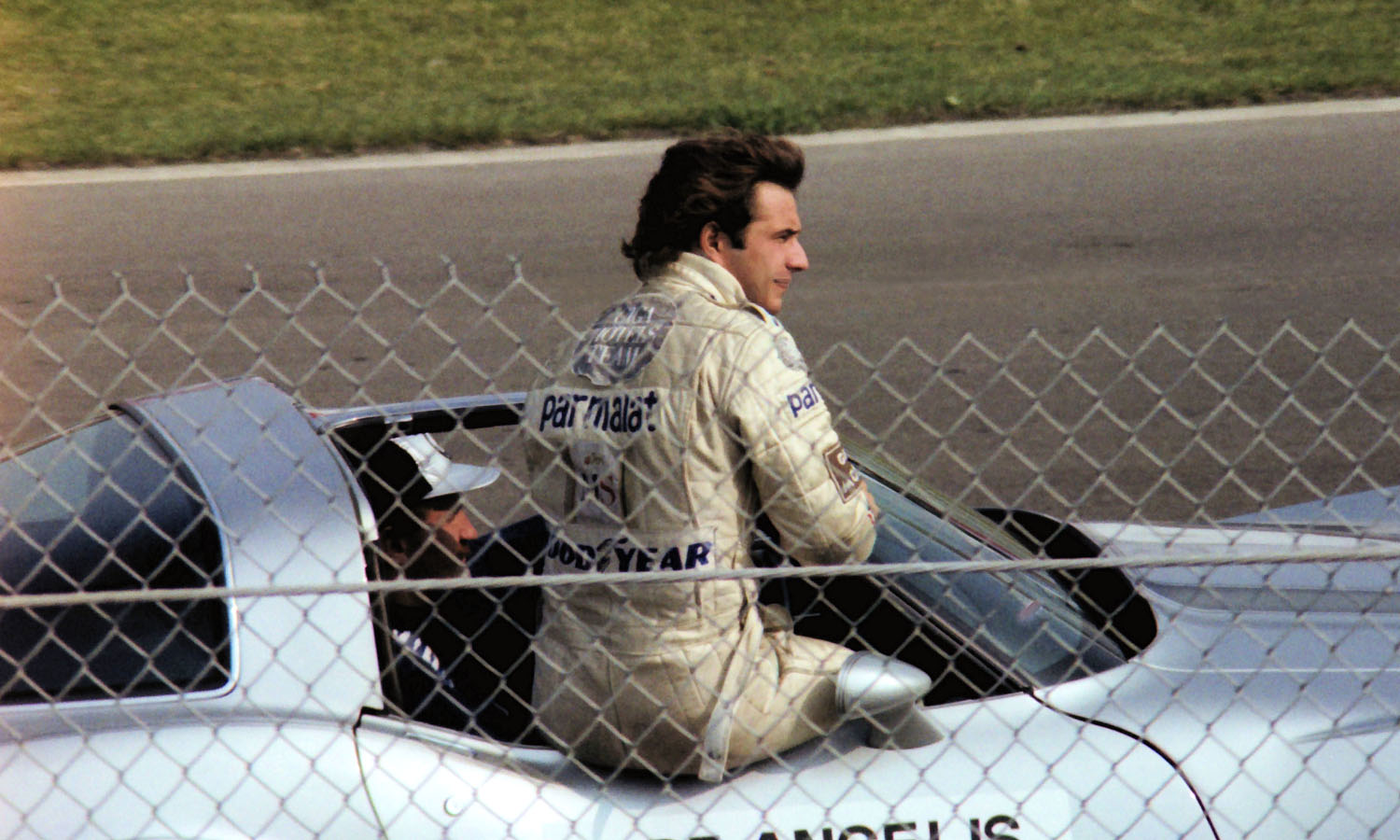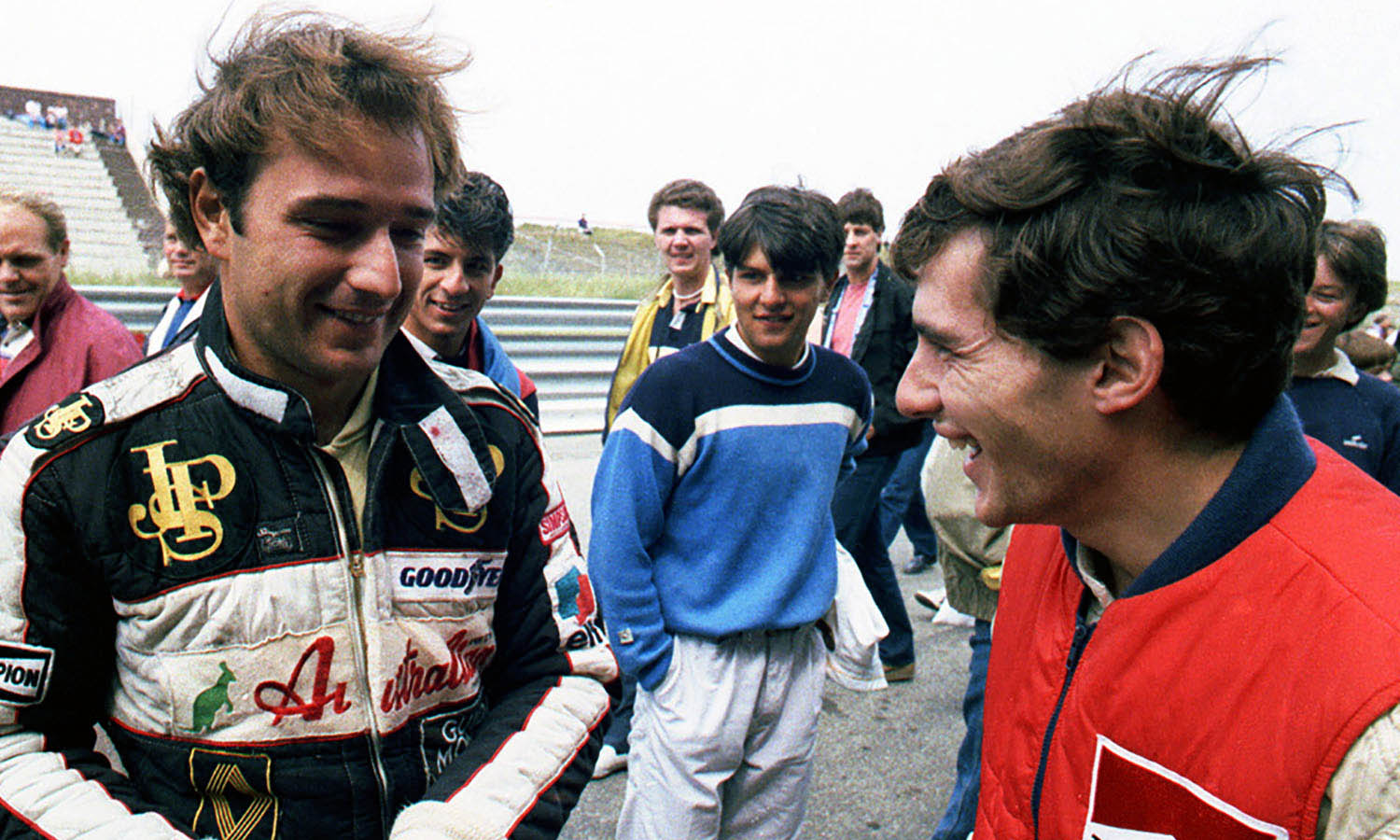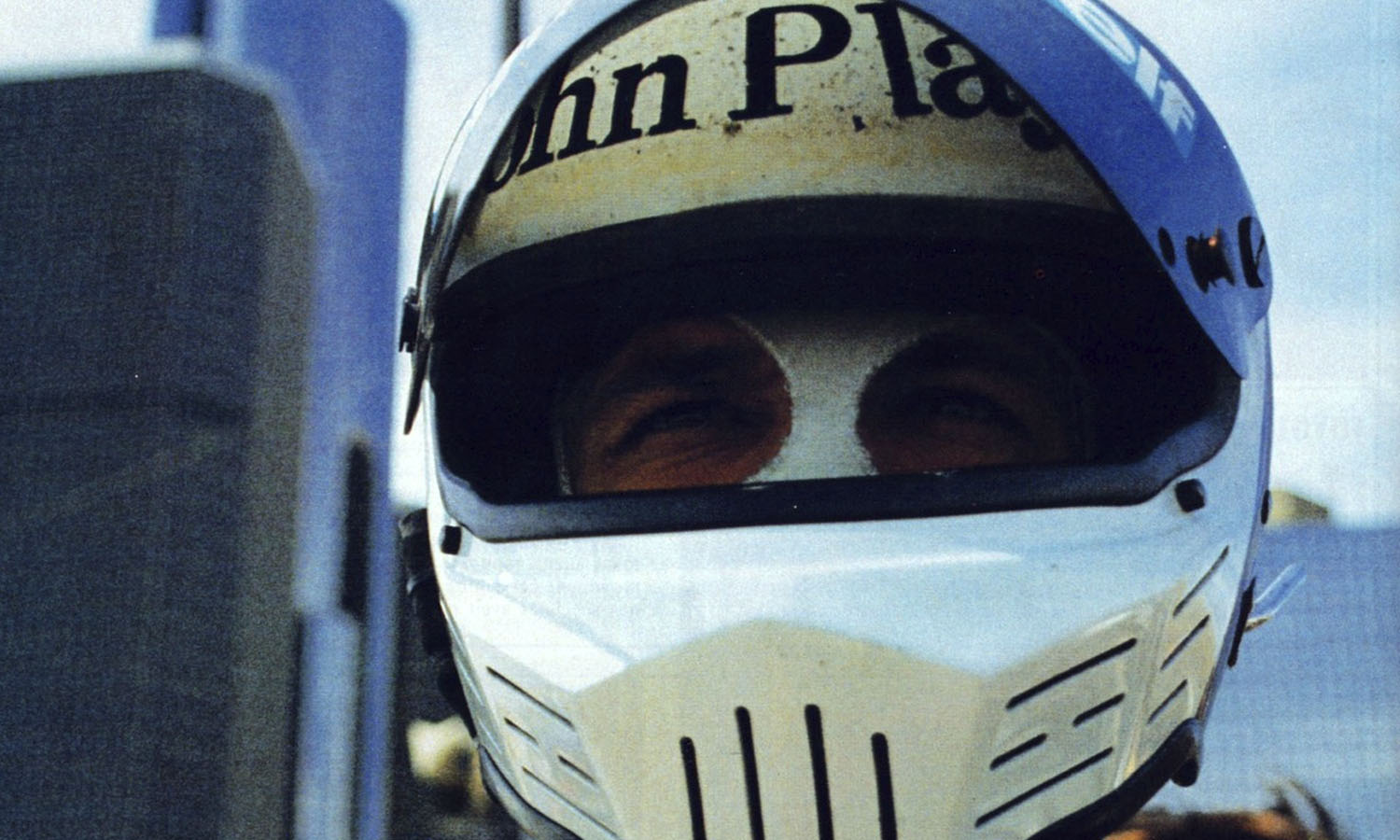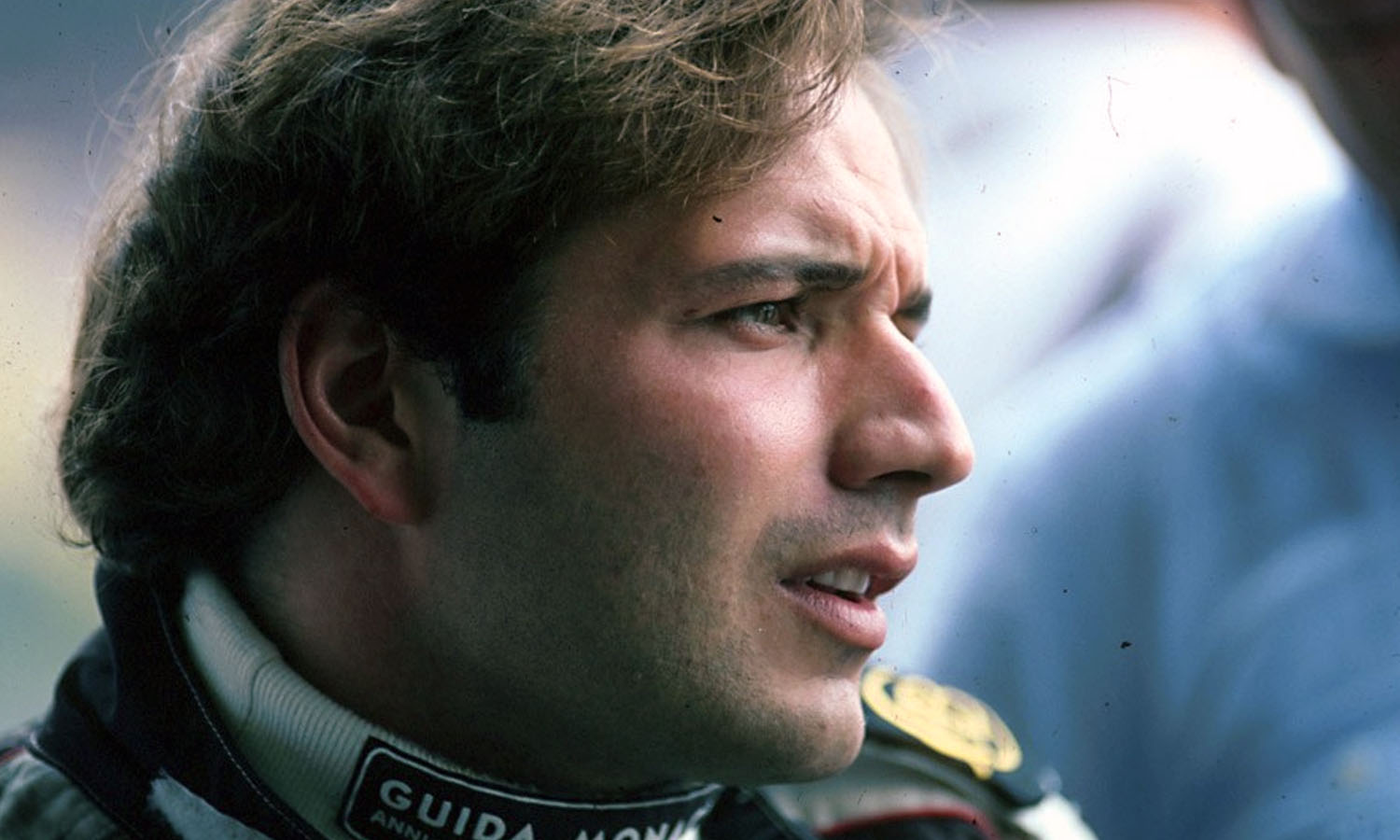Often referred to as the 'last gentleman player', de Angelis had plenty of talent to supplement his class.
There will never be a definitive answer to the ongoing question of who is the greatest Formula 1 driver of all time, but a significant percentage of people would go for the iconic Ayrton Senna, and with good reason too. Without thinking, many would refer to Alain Prost as the only team mate that could keep up with him. Drivers like Johnny Dumfries and Michael Andretti were beaten before it even started and even highly respected drivers such as Mika Hakkinen and Gerhard Berger were comfortably second-best. There was one F1 teammate besides Prost who did compete with the Brazilian though, that man being Elio de Angelis.
de Angelis was born in 1958 to a wealthy Italian family and whilst his father’s racing pedigree came on the water rather than on land, it’s no surprise that de Angelis went down a similar path and raced competitively for a living. The combination of talent and the money he brought meant his journey to Formula 1 was fast-tracked. After winning the Italian Formula 3 Championship in 1977, he spent 1978 in Formula 2 where his results were relatively underwhelming, despite this he still secured himself a seat in F1 for the 1979 season as Shadow decided to take a chance on him.
de Angelis lined up for his first Grand Prix in Argentina at just 20 years old. Whilst that would seem perfectly normal nowadays, this was a different era where even drivers that turned out to be superstars were forced to wait. Senna, Prost, Piquet and Mansell were amongst the best of that era, yet they did not start their first Grand Prix until they were 23, 24, 25 and 26 respectively.
Being thrust into the limelight at such a young age had an expected reaction. There were glimpses of brilliance as well as plenty of shortcomings, some of which were down to inexperience, some of which were down to the car. He did have one standout race, a fourth place at a wet Watkins Glen, the final race of the year. That performance, as well as a few others, were enough for Colin Chapman of Lotus to offer him a drive for 1980. The team were just two years removed from a championship and acted as a massive upgrade for the Italian. Unsurprisingly, he accepted and joined former world champion Mario Andretti.
In just his second race for Lotus, he achieved his first career podium at the Brazilian Grand Prix and at the same time became the youngest driver ever to achieve the feat. This has since been beaten by eight drivers, but it assured Chapman that he had made a wise decision. A few more points followed later in the year and he ended up beating Andretti 13-1. A fine achievement against a talented and experienced teammate.
Following Andretti’s departure, de Angelis went from a previous world champion teammate to a future world champion teammate, that man being Nigel Mansell. Across the next two years, de Angelis maintained an advantage over Mansell. De Angelis scored on eight occasions in 1981 and then on seven occasions the following year.

His consistency helped to 8th and 9th place in the championship standings but his lack of big results held him back.
There was one exception, in 1982 de Angelis had his best moment in motorsport yet as he claimed victory at the Austrian Grand Prix. Following Alain Prost’s retirement in the race, it left de Angelis and Keke Rosberg to scrap it out for the win, neither having won a race at this point. At the line, de Angelis held his nerve and won by just 0.5 seconds.
1983 was essentially a write-off for Lotus. With all teams making the transition from naturally aspirated engines to turbocharges ones, there were a lot of reliability issues to deal with. Using Renault engines, the car was quick enough but constantly let them down in the race as de Angelis found out on 12 of 14 occasions, however the team turned themselves around in 1984 which allowed the Italian to have his best points-scoring year.
Despite not taking a win all year, the consistency of de Angelis served him well as he finished third behind the two McLaren drivers of Lauda and Prost. Considering the dominance they displayed throughout the year, this was by no means a failure for de Angelis. He achieved four podiums and only failed to score in one race he finished. At the end of the year, Mansell would move on from Lotus. Over four seasons together, de Angelis gained 73 points to Mansell’s 38. Up next for de Angelis was another future world champion in Ayrton Senna.
With two competitive drivers and a reasonable car to work with, 1985 was a good season for the Lotus team.

It was de Angelis who held the advantage over Senna for the majority of the season. He was helped by an attritional win at the San Marino Grand Prix and he scored more consistently than Senna for much of the year. It is said that de Angelis felt the team favoured Senna over him and put more effort into his car’s development. Whether this is true or not is tough to say, but Senna ultimately did narrowly win the battle between the drivers after a late season flurry. In terms of points, it was Lotus’ best year since their championship winning 1978 season, but this wasn’t enough to keep de Angelis. He felt he was unfairly treated in comparison to Senna and moved to Brabham for the 1986 season. Unfortunately, his time with the team didn’t last that long.
After a tough start to the season that included three consecutive retirements, de Angelis was killed during testing at the Paul Ricard circuit in France. At high speed, the rear wing of the Brabham had detached and sent the car over a sidetrack barrier, as a consequence the car caught fire. de Angelis was not killed on impact, in fact his crash injuries were fairly limited, but he was unable to exit his car which caused a huge amount of smoke inhalation. This ultimately caused his death just over 24 hours later.
Opinion on de Angelis and whether he could have become a world championship contender is split. He had clear natural talent, but was also rather mild-tempered and that led to many questioning his ambition.

The Brabham team failed to improve, so it seems improbable that he would’ve found success there, but his time against quality teammates had shown that he at least belonged and did not deserve a ‘wealthy, pay driver’ tag. Did he have that extra bit of ambition needed to make that next step? Due to the tragedy of his death, it’s a question that might never be answered.
© 2018 Drive Tribe • By Ben Hocking • Published for entertainment and educational purposes, no copyright infringement is intended

